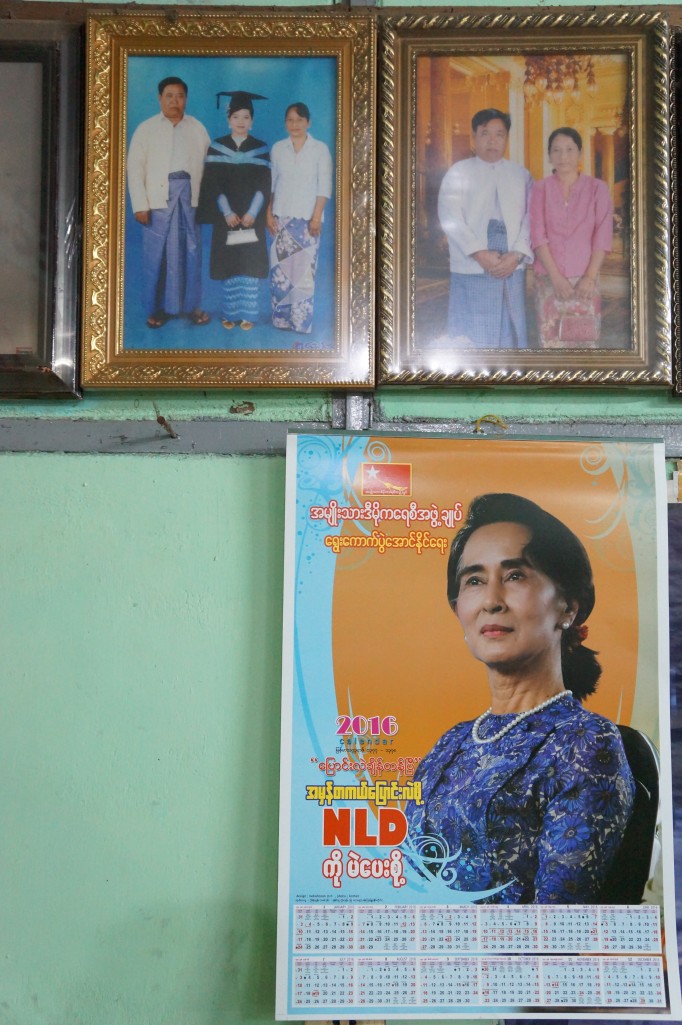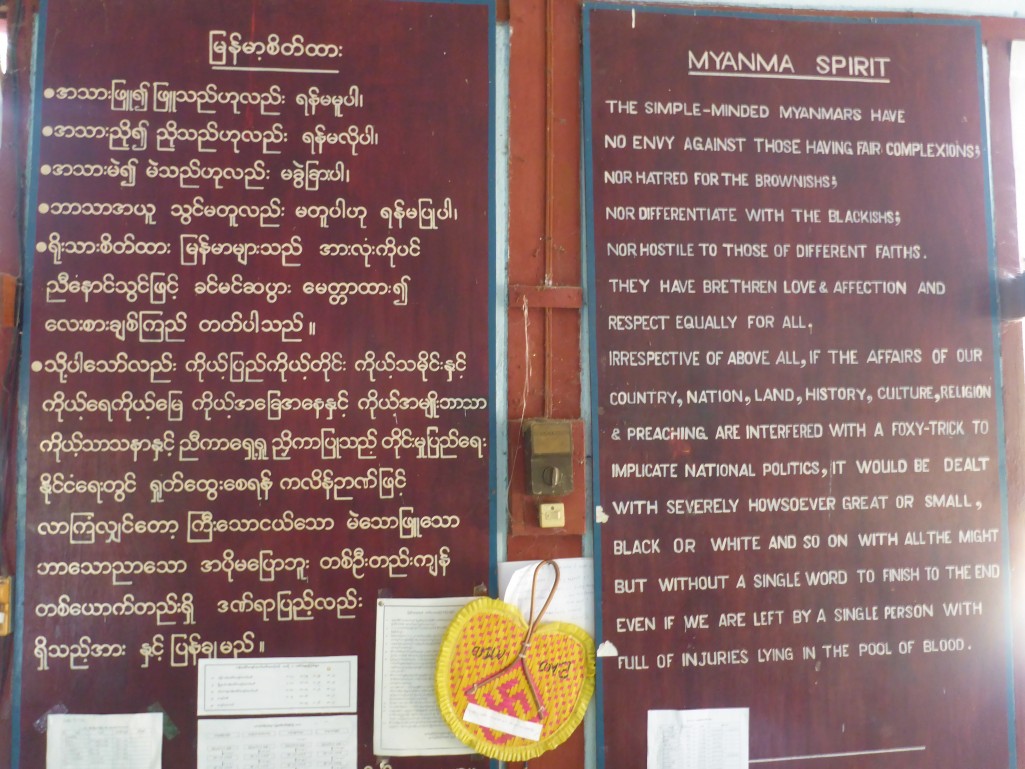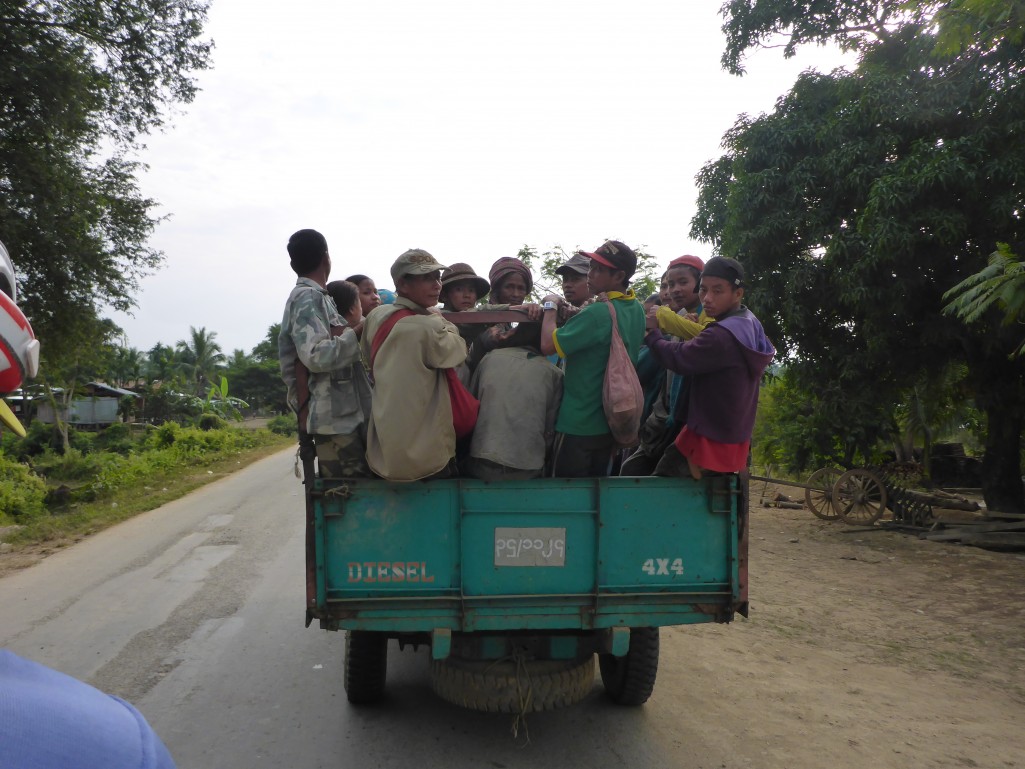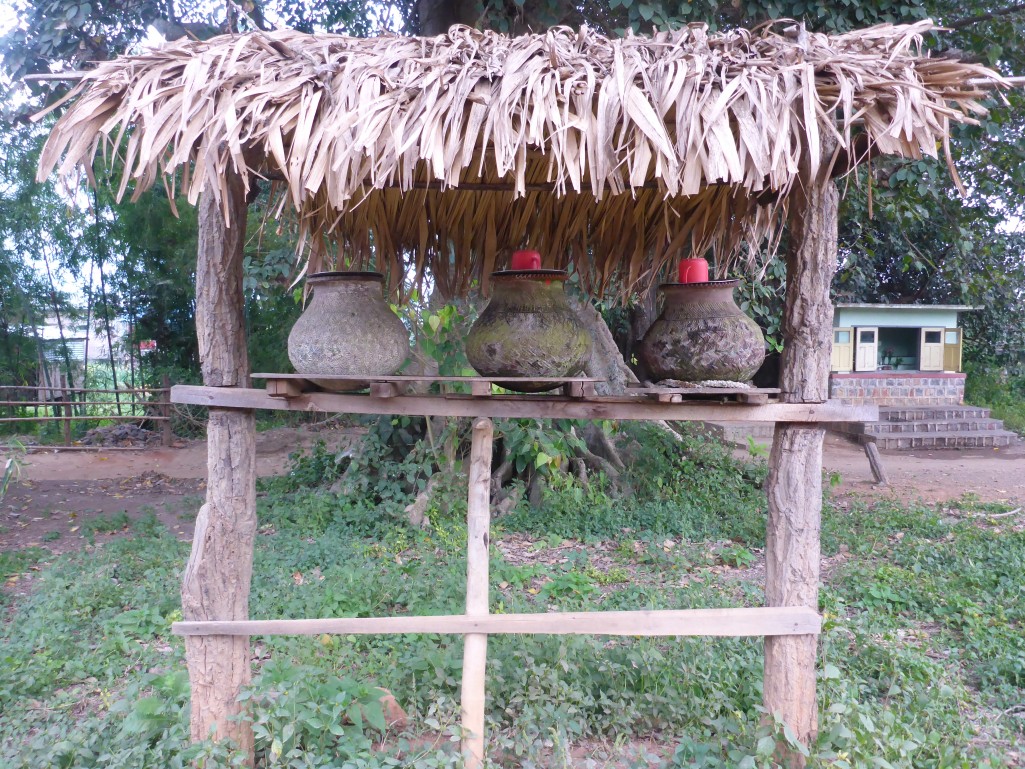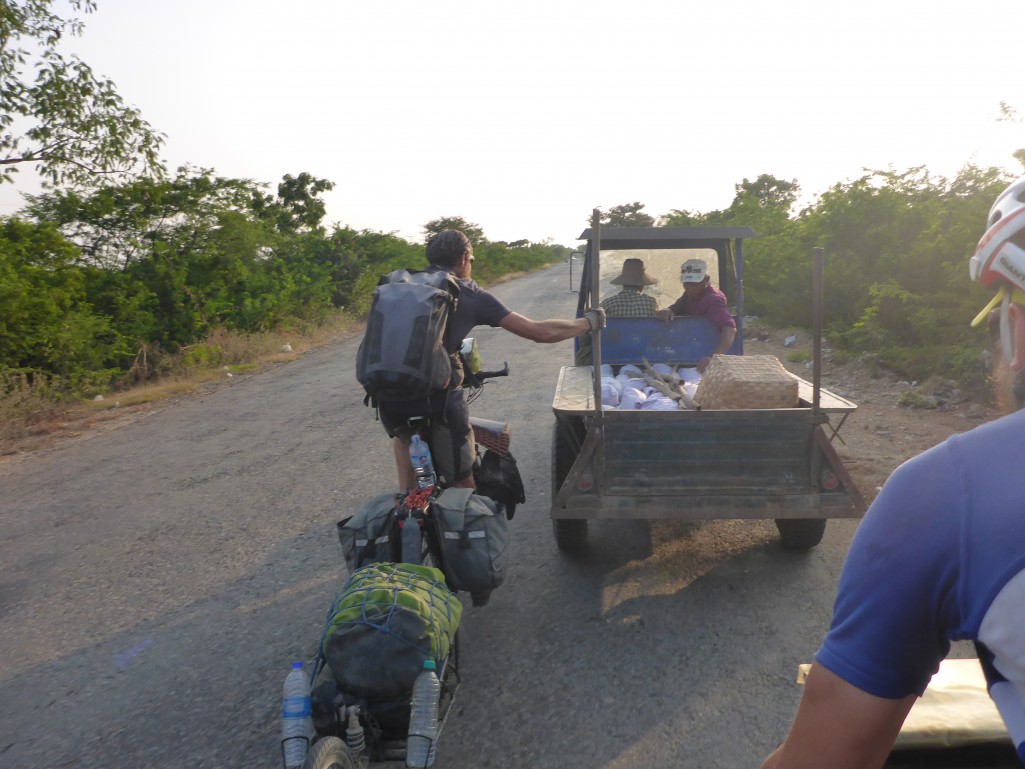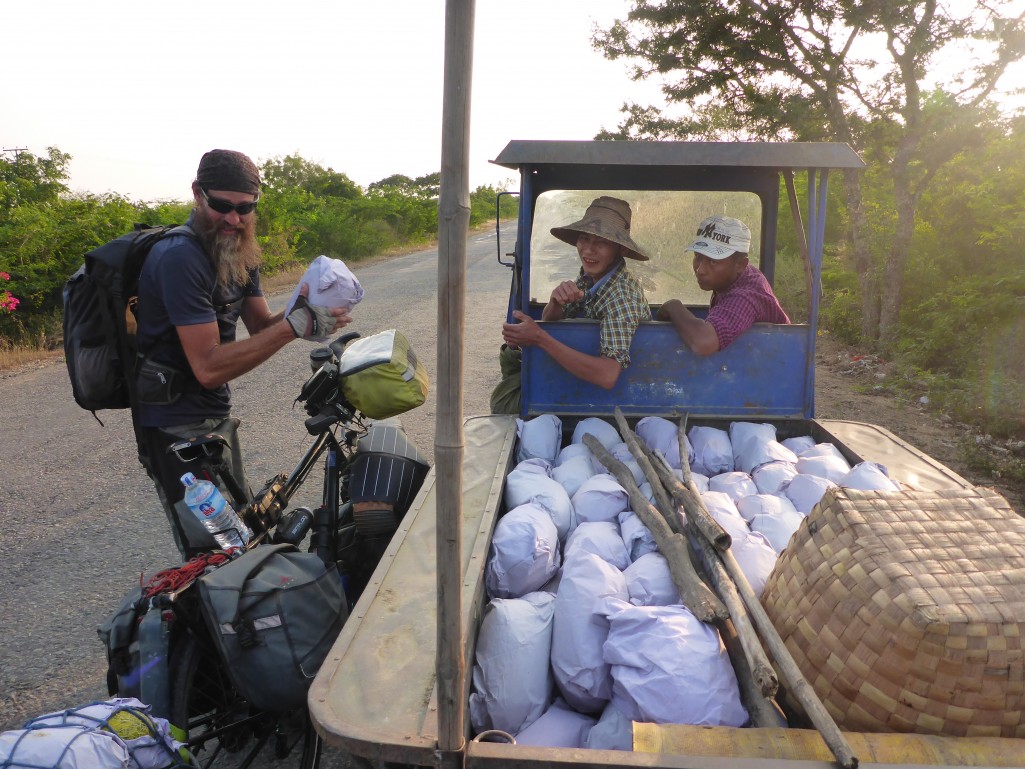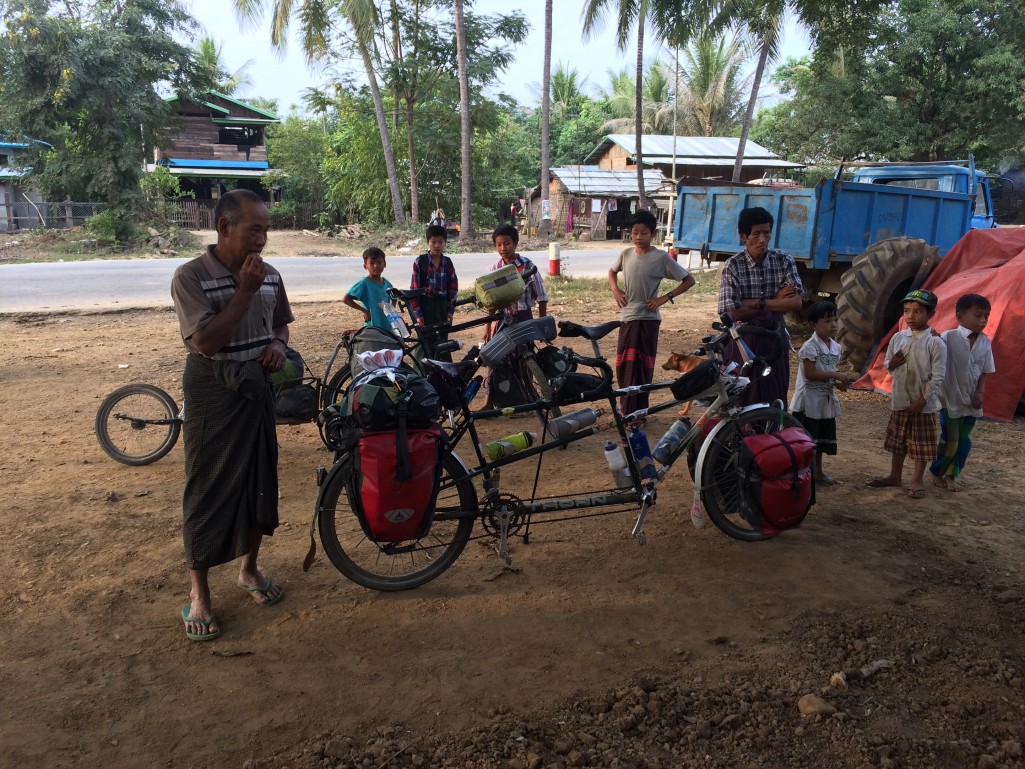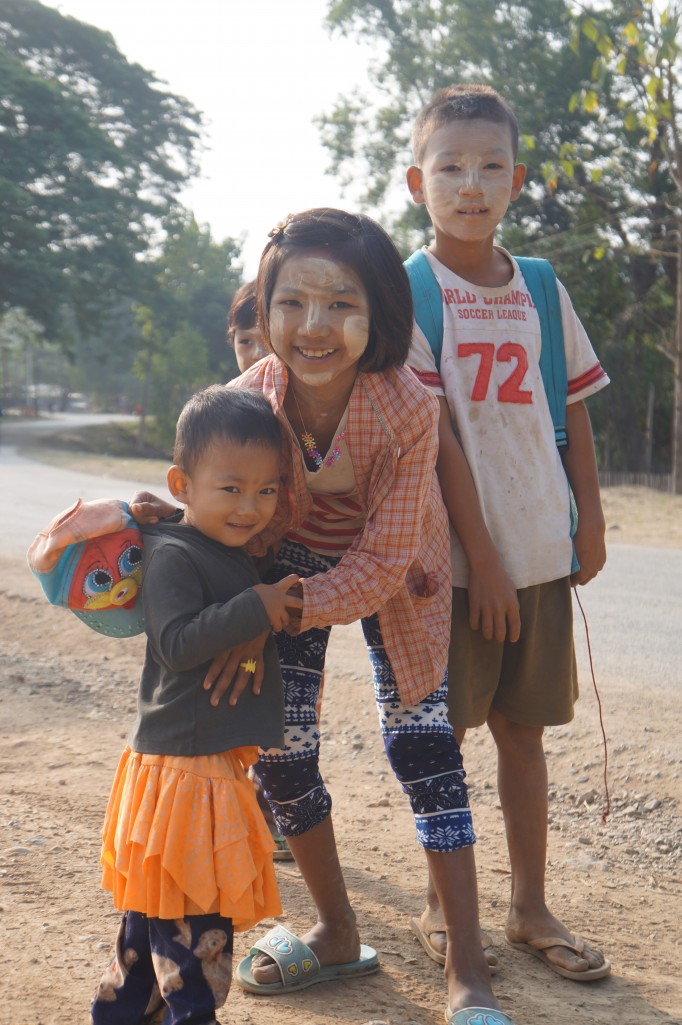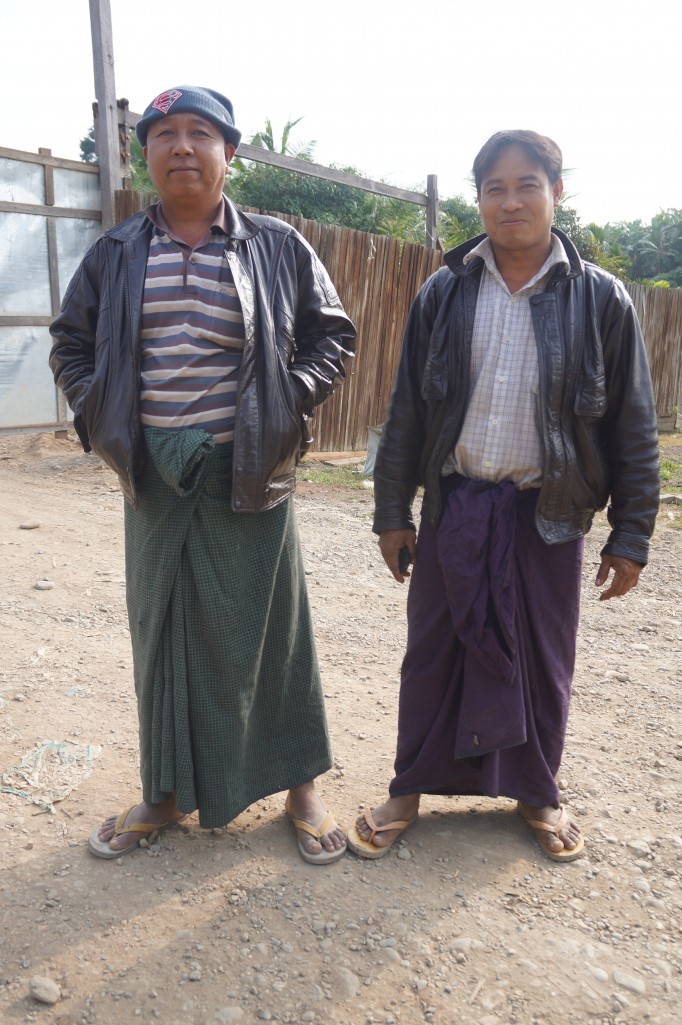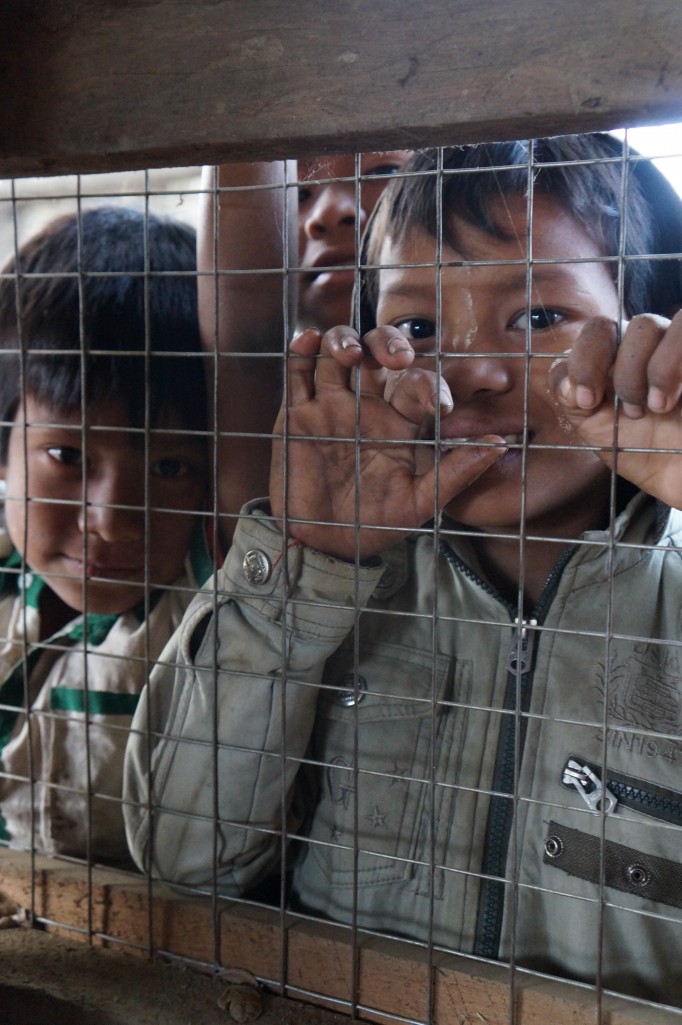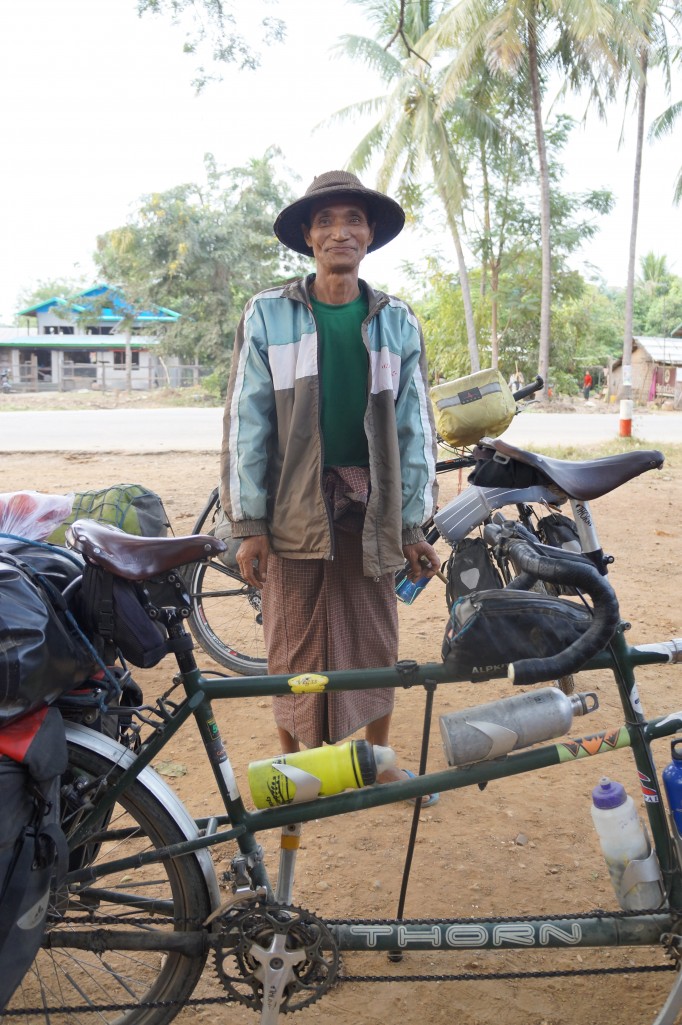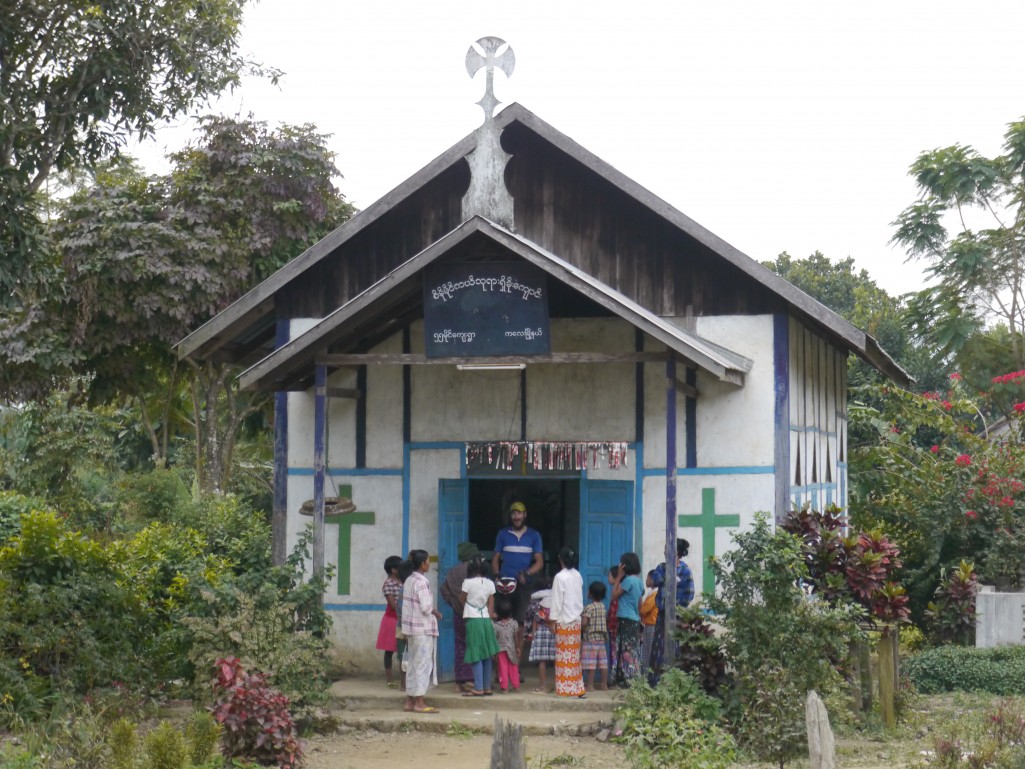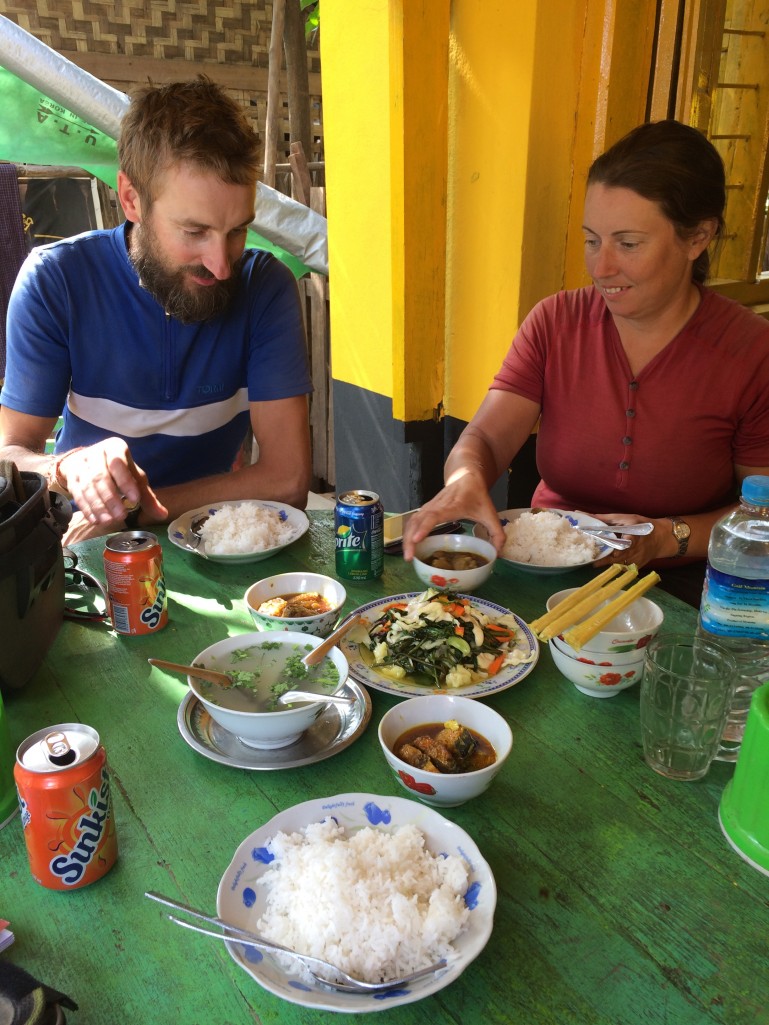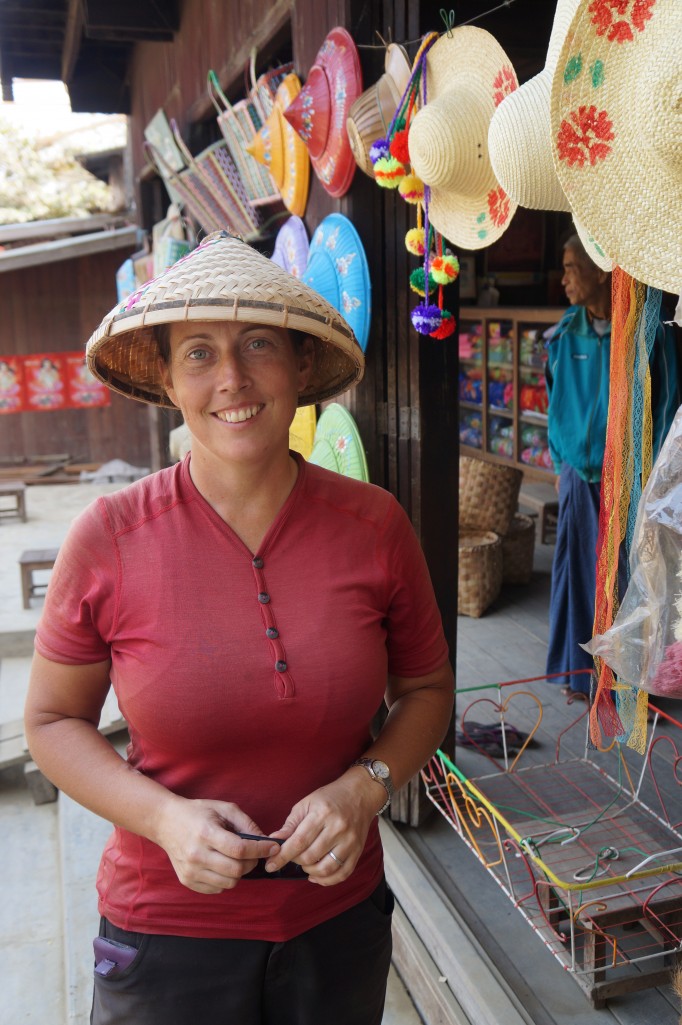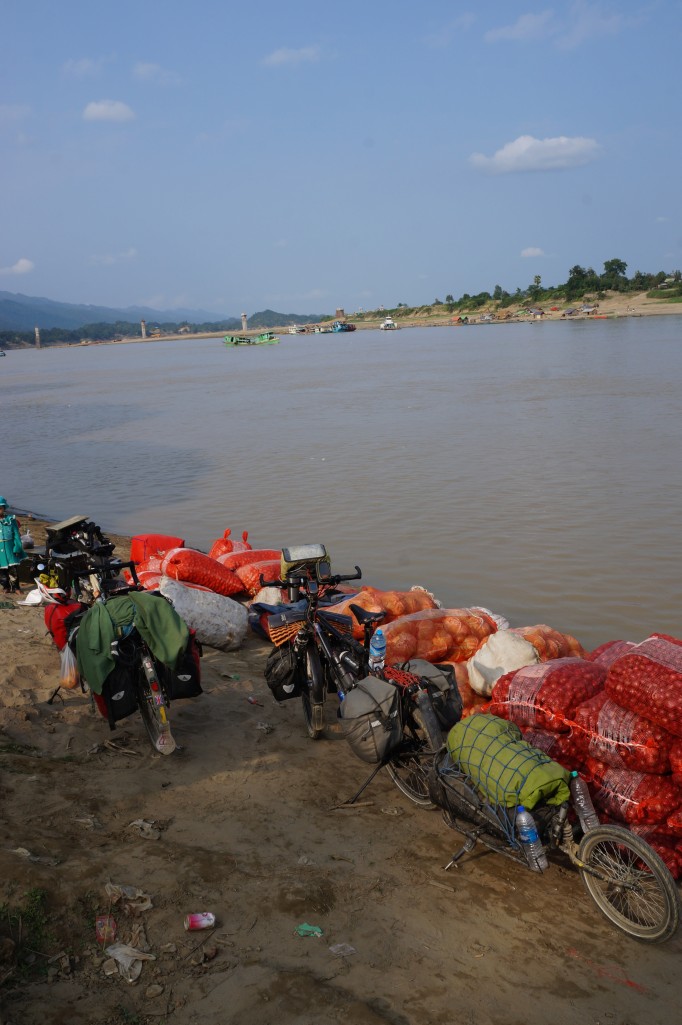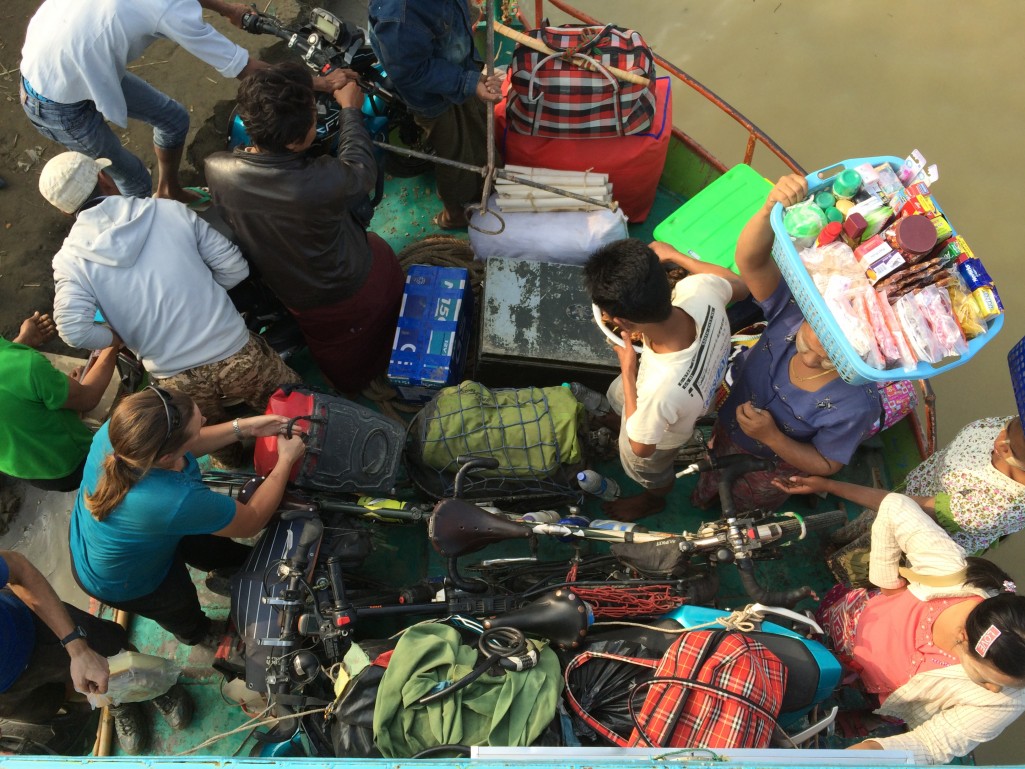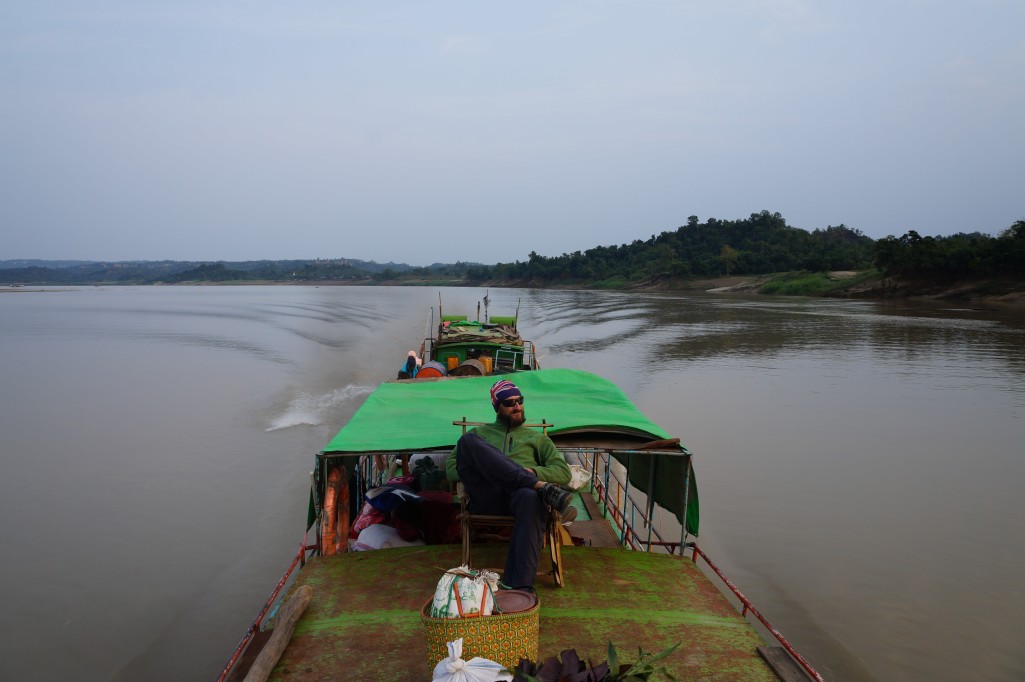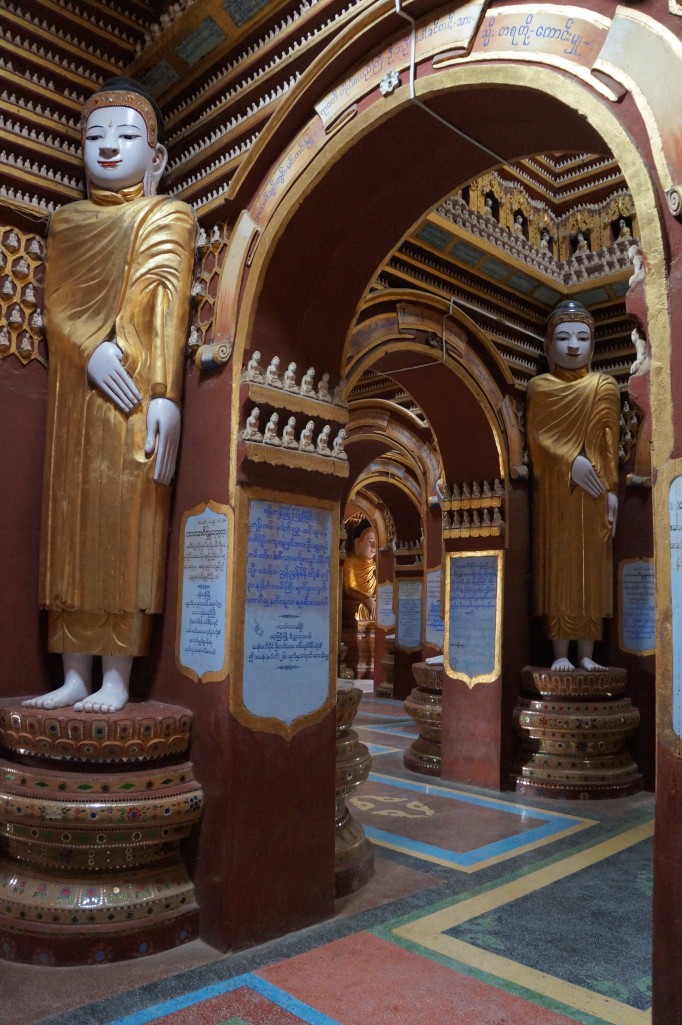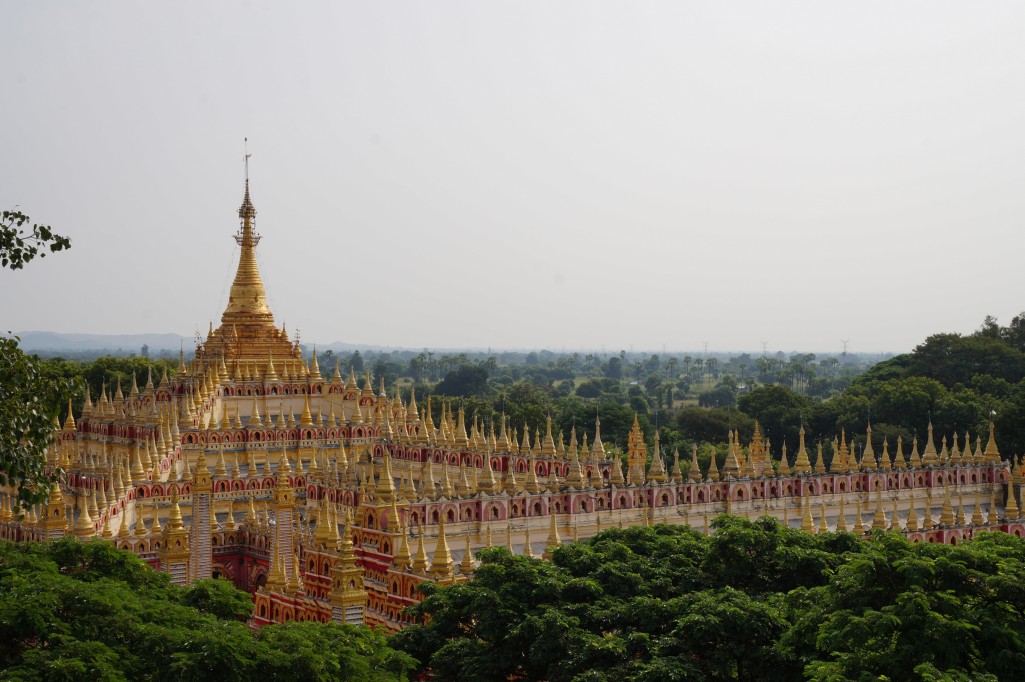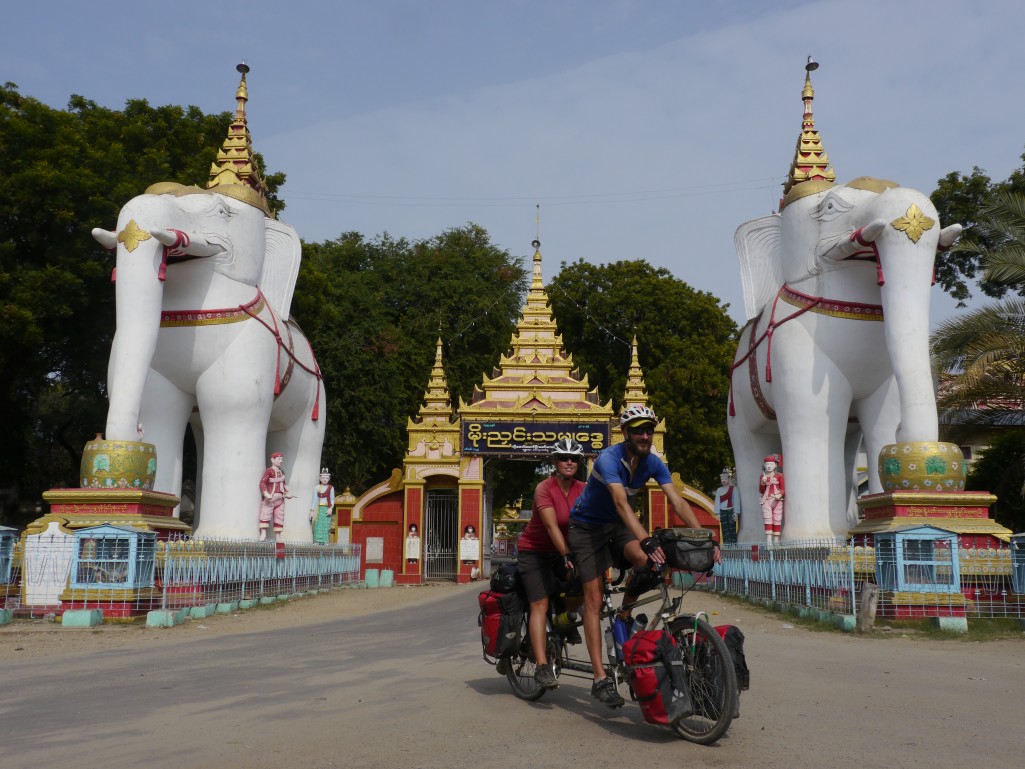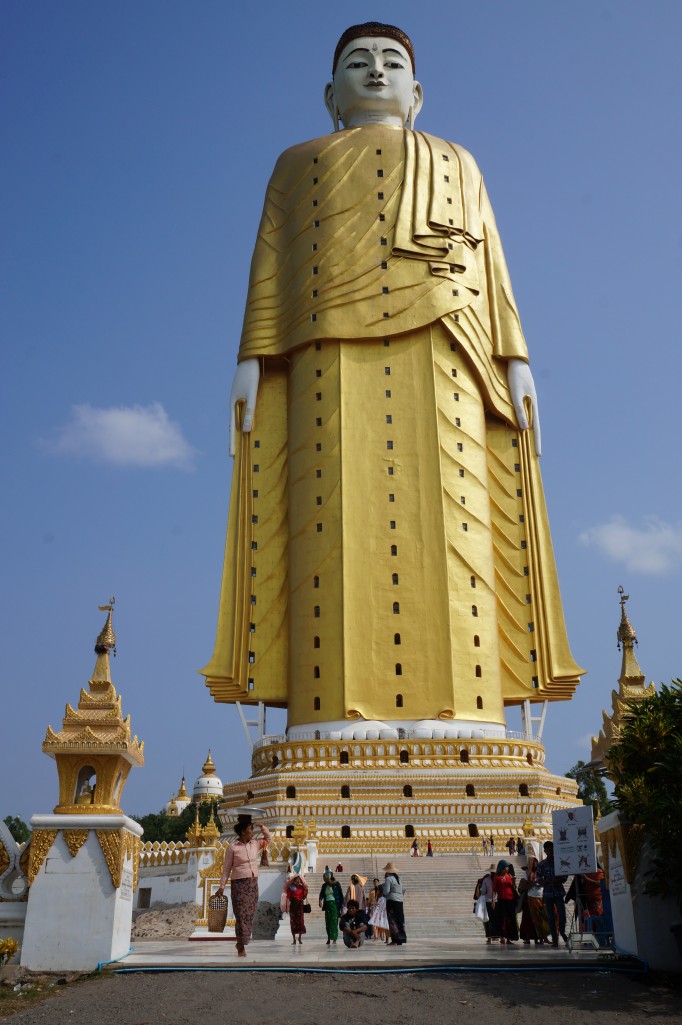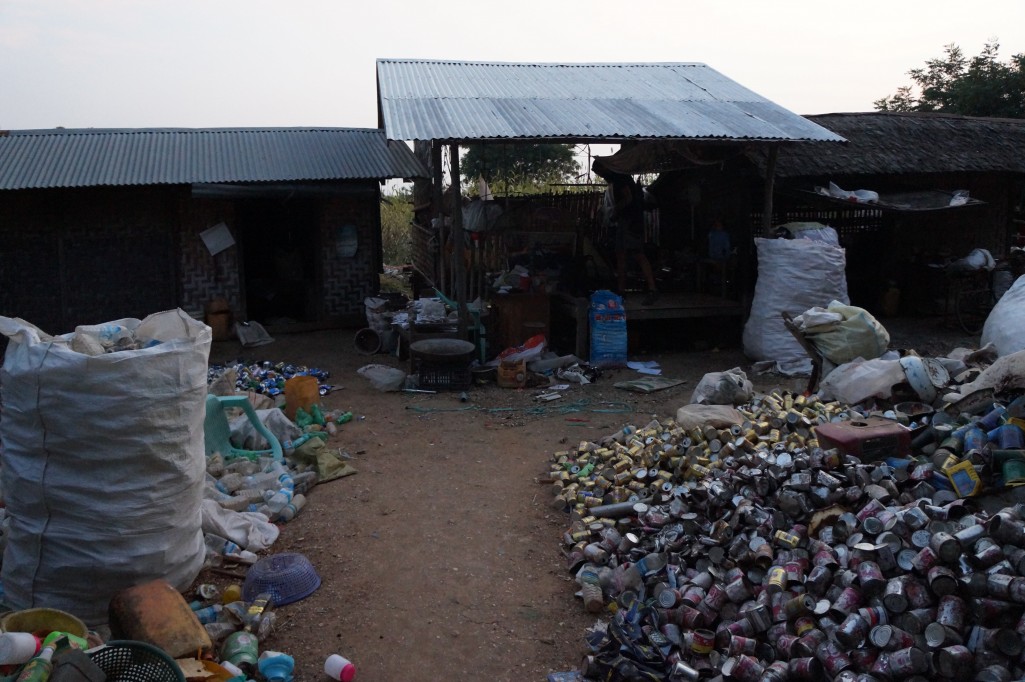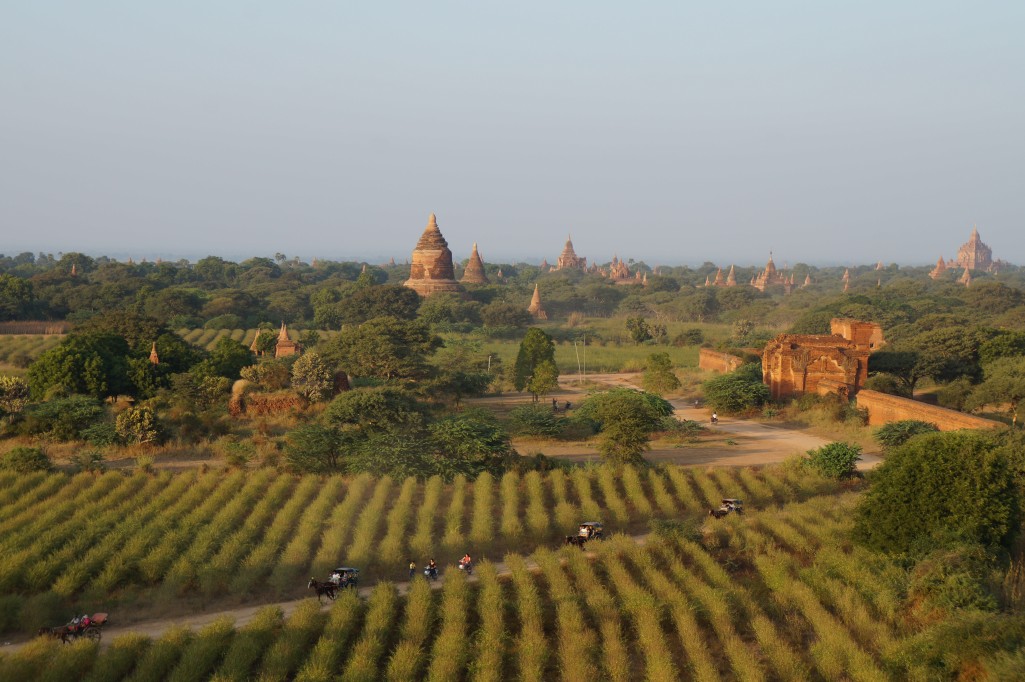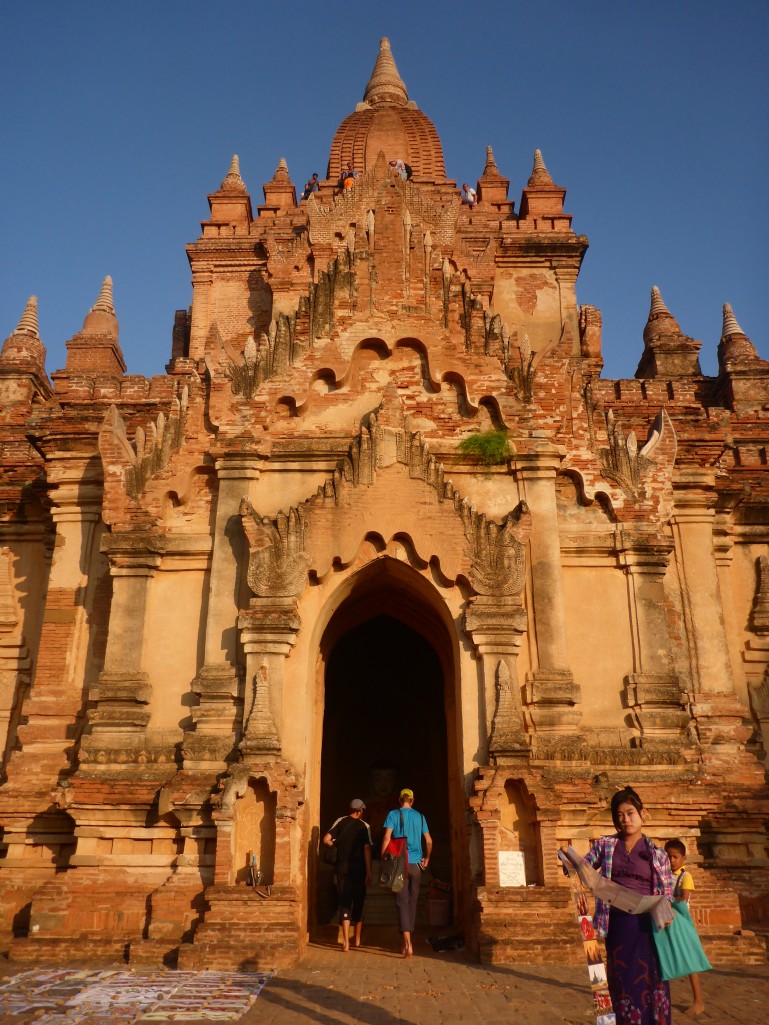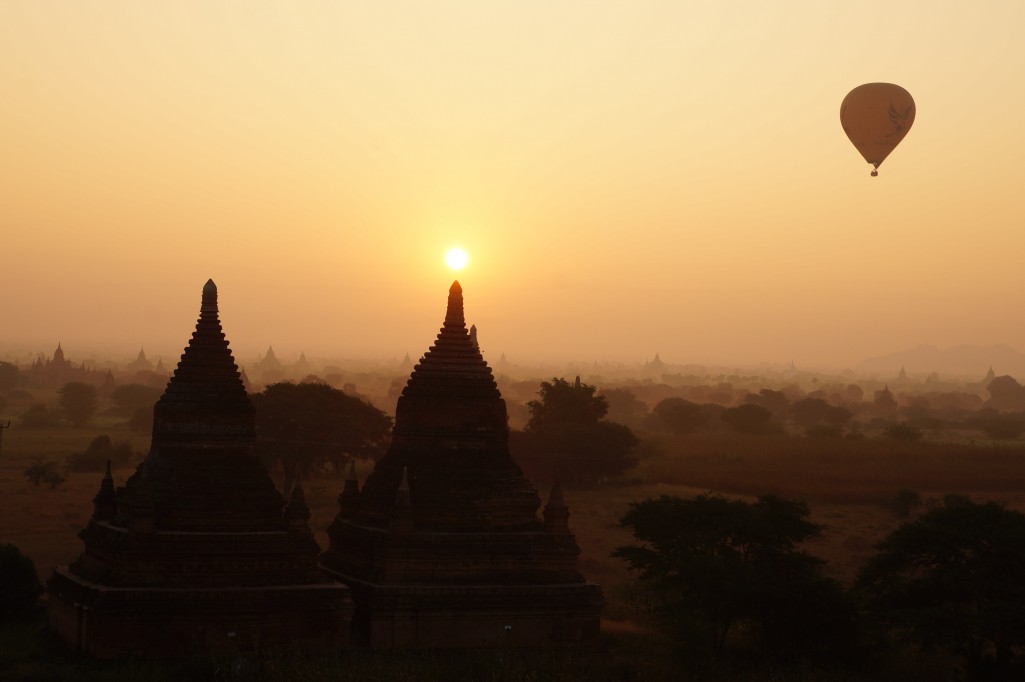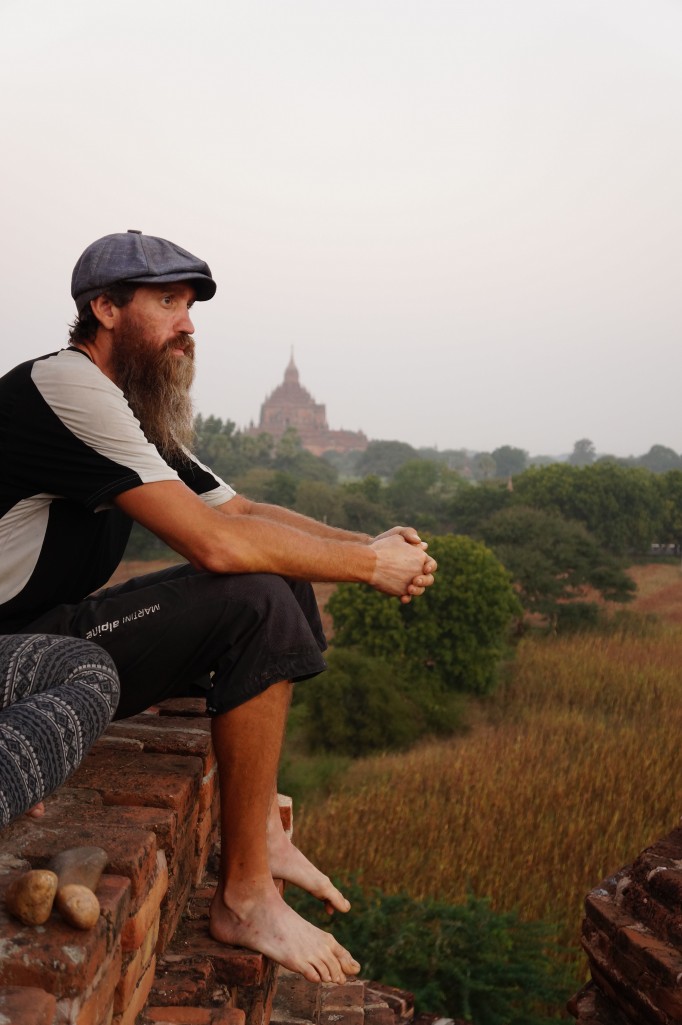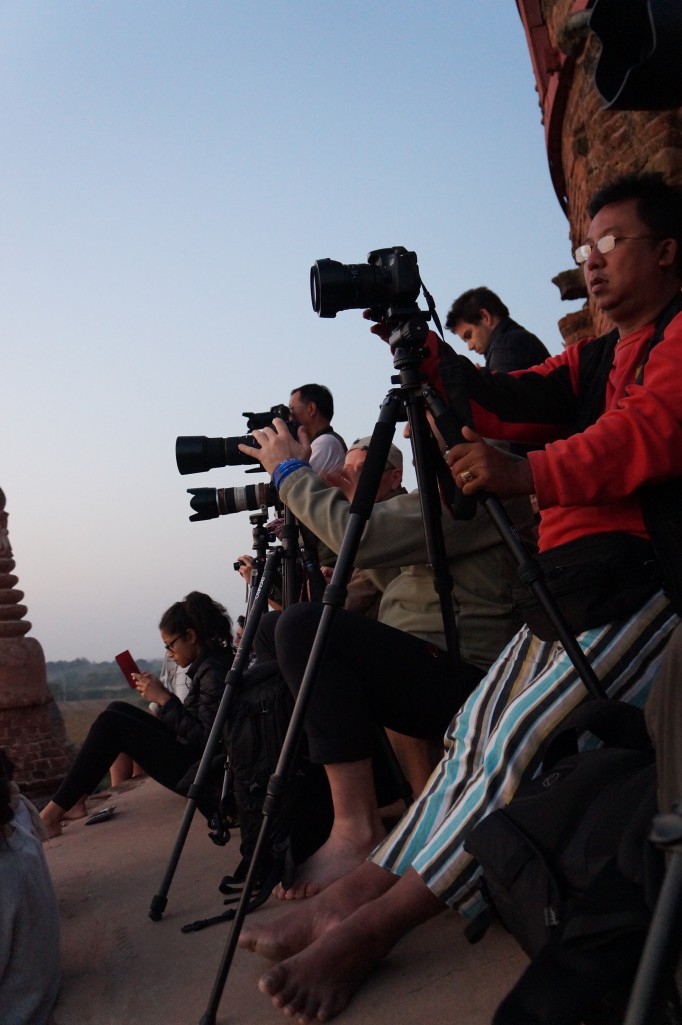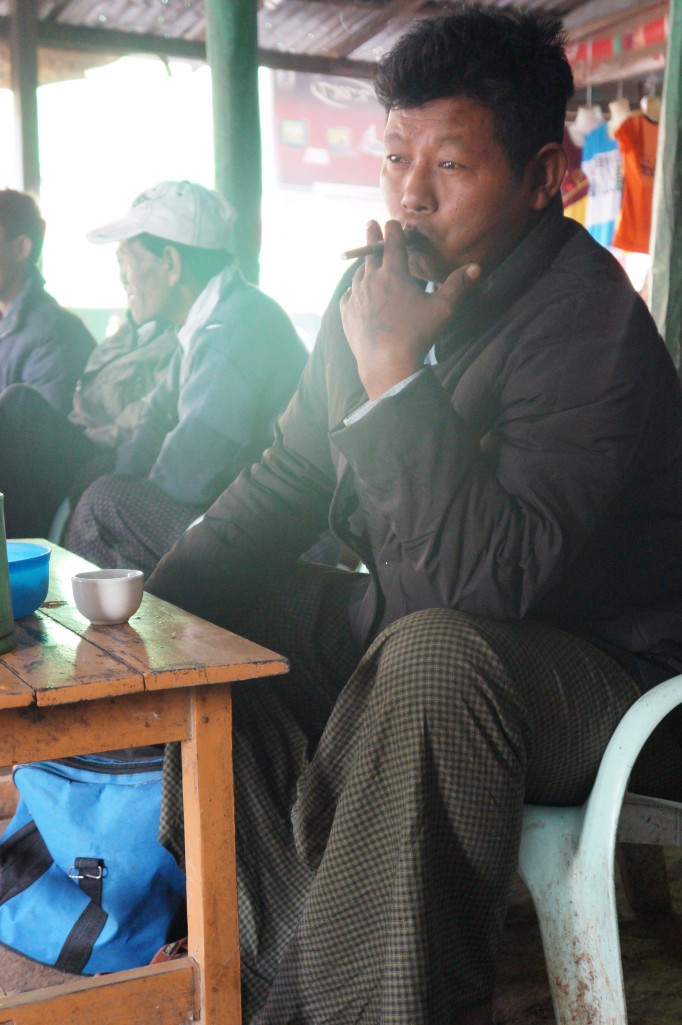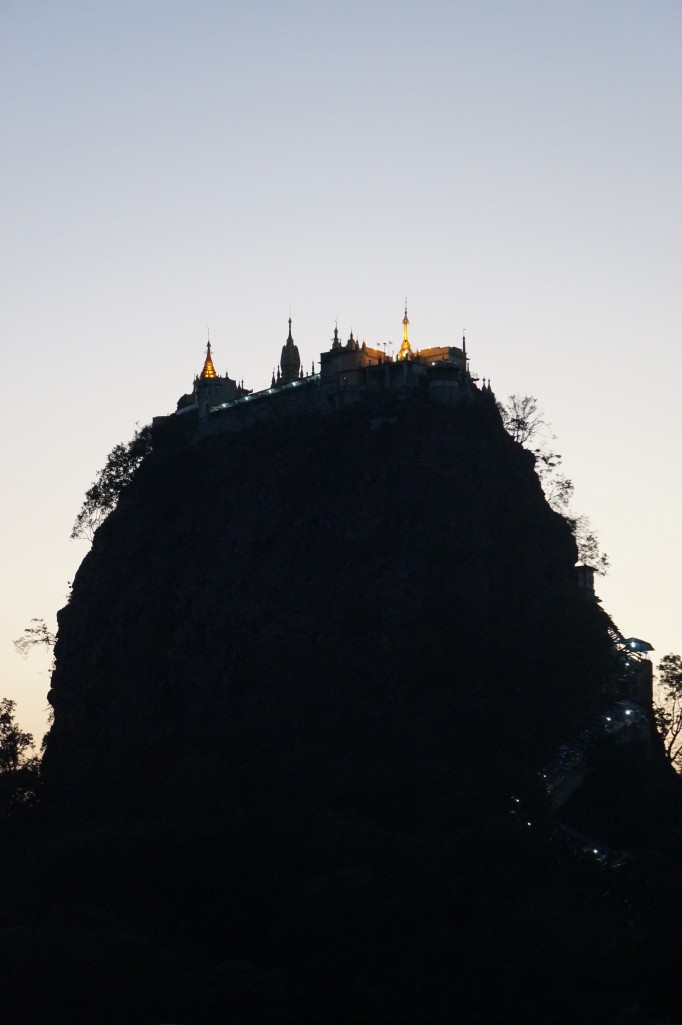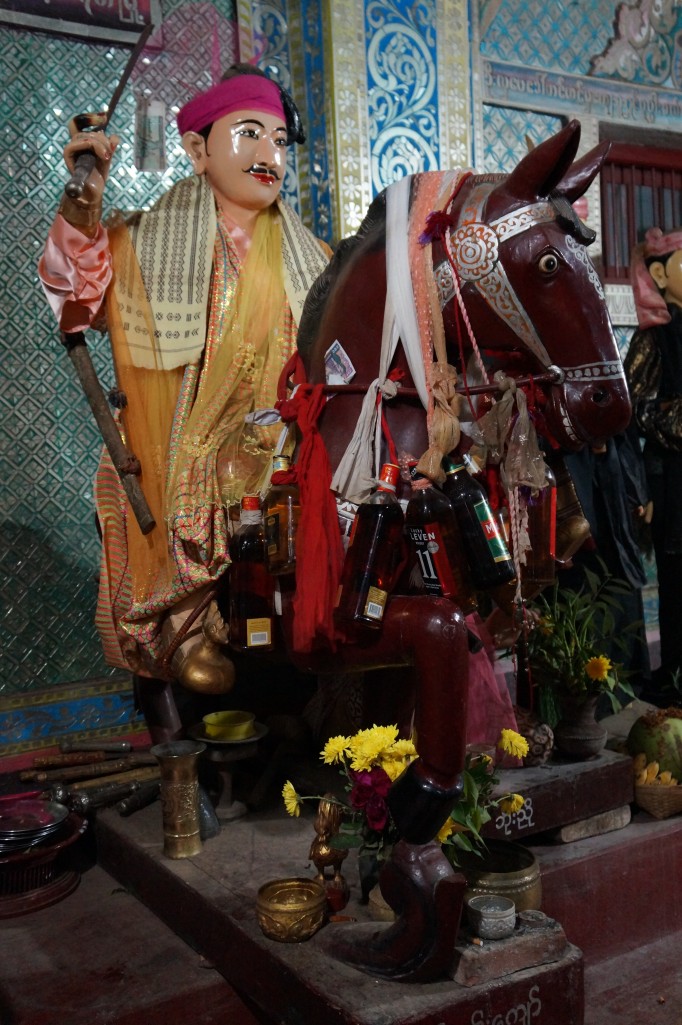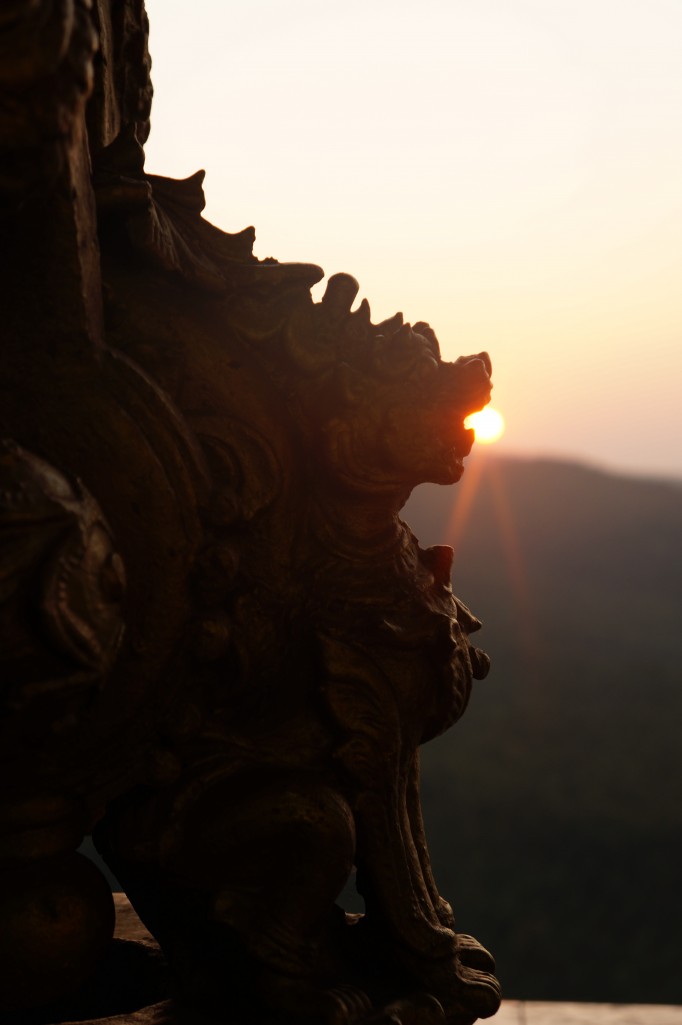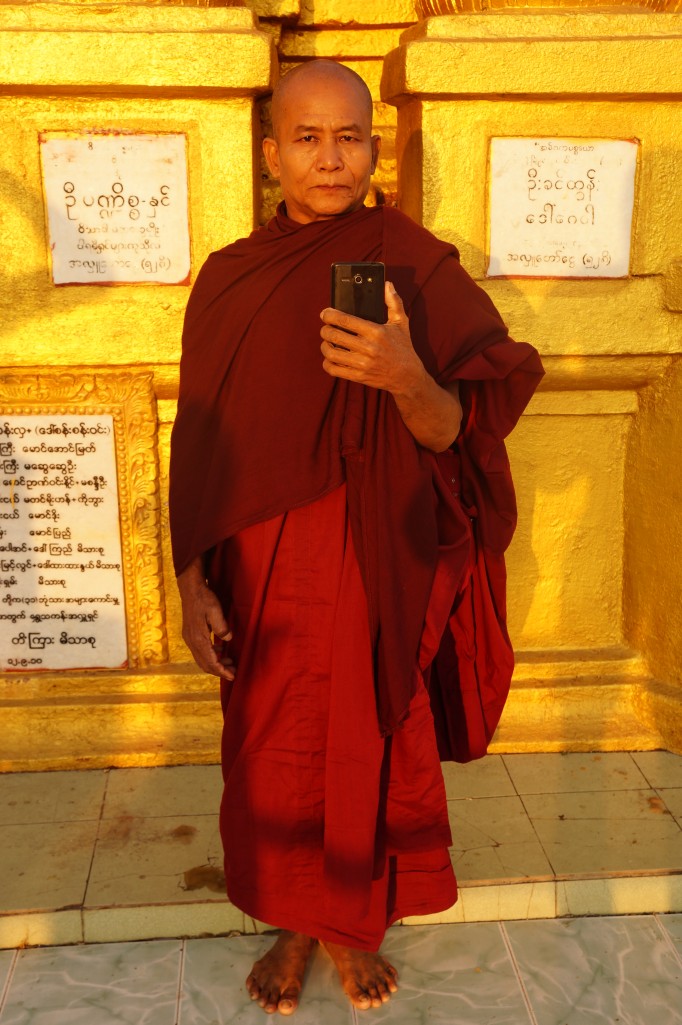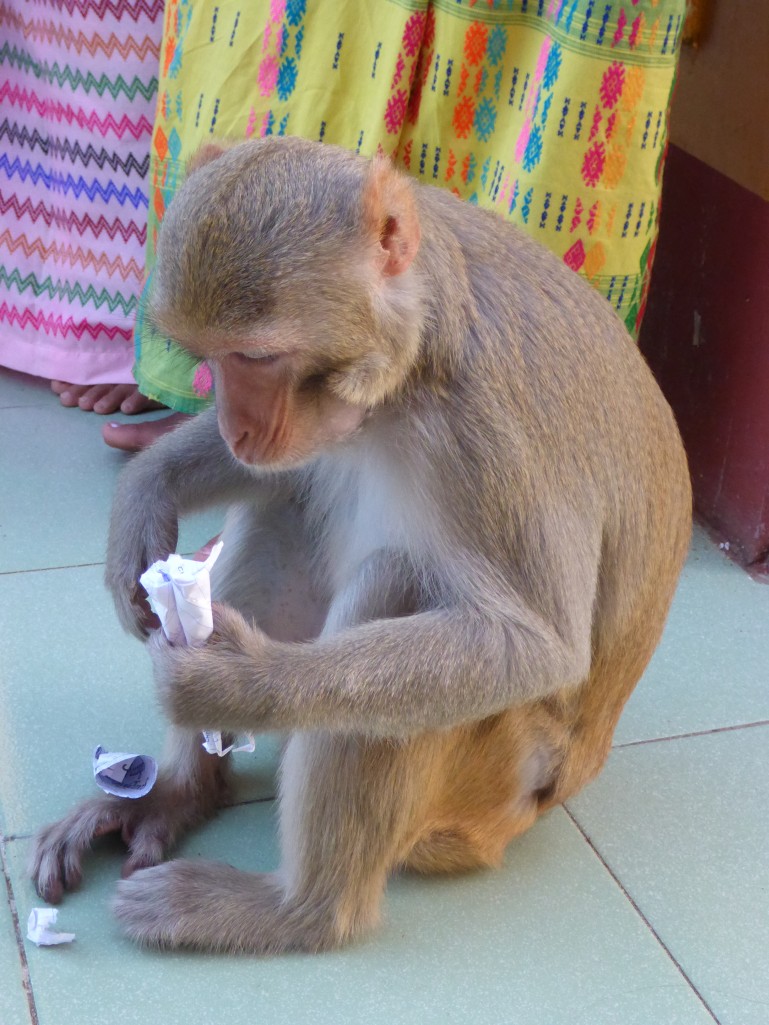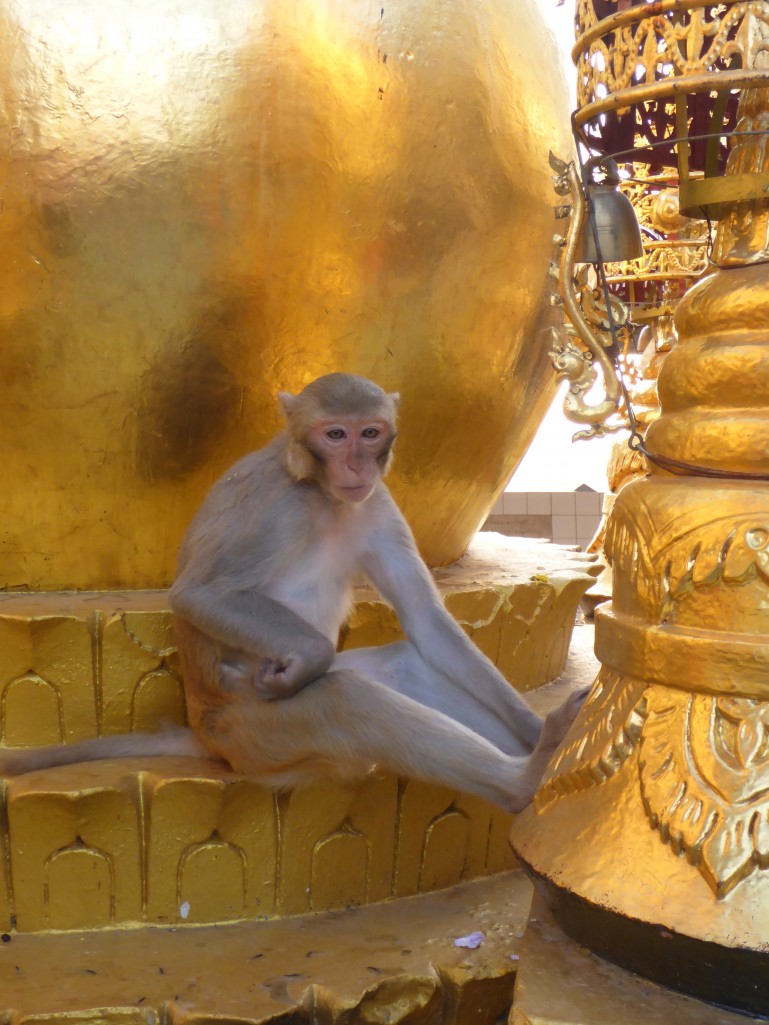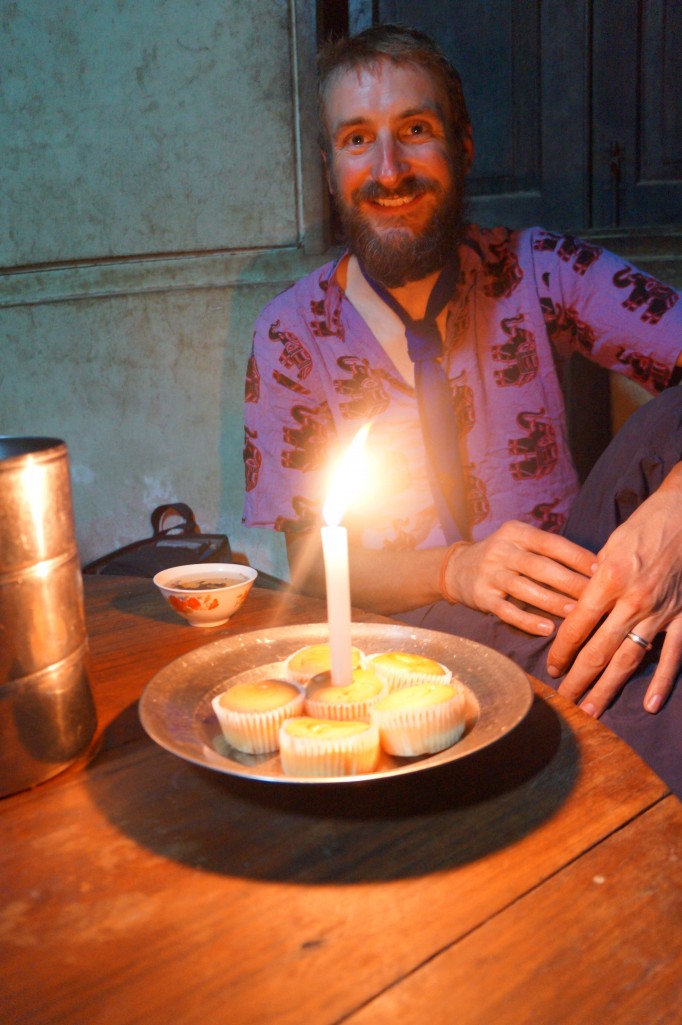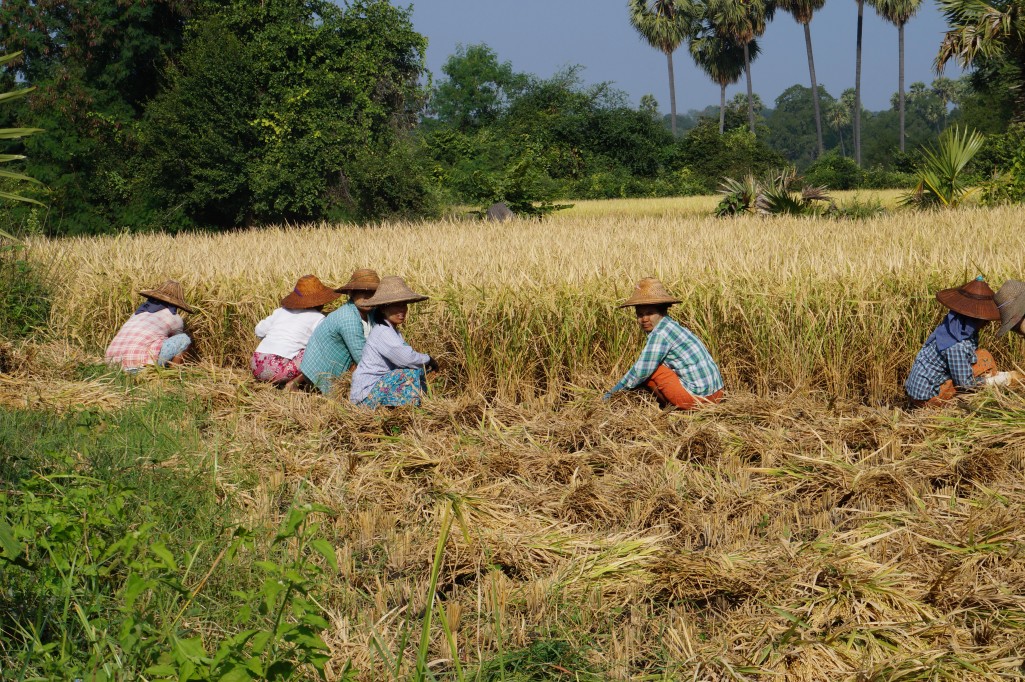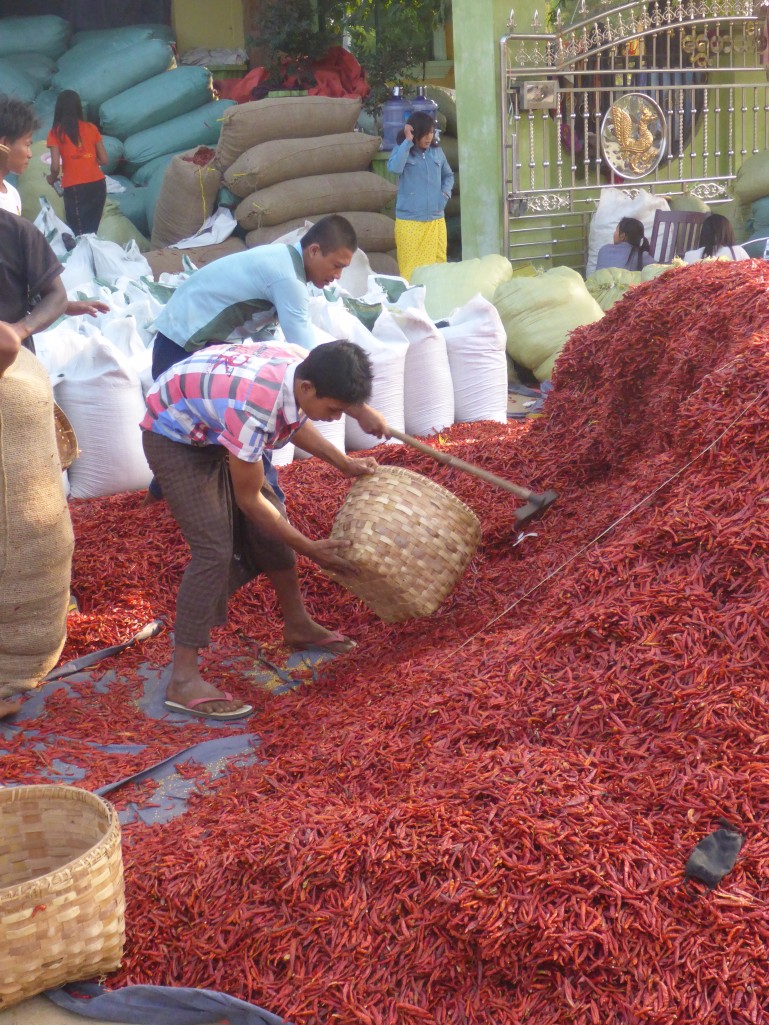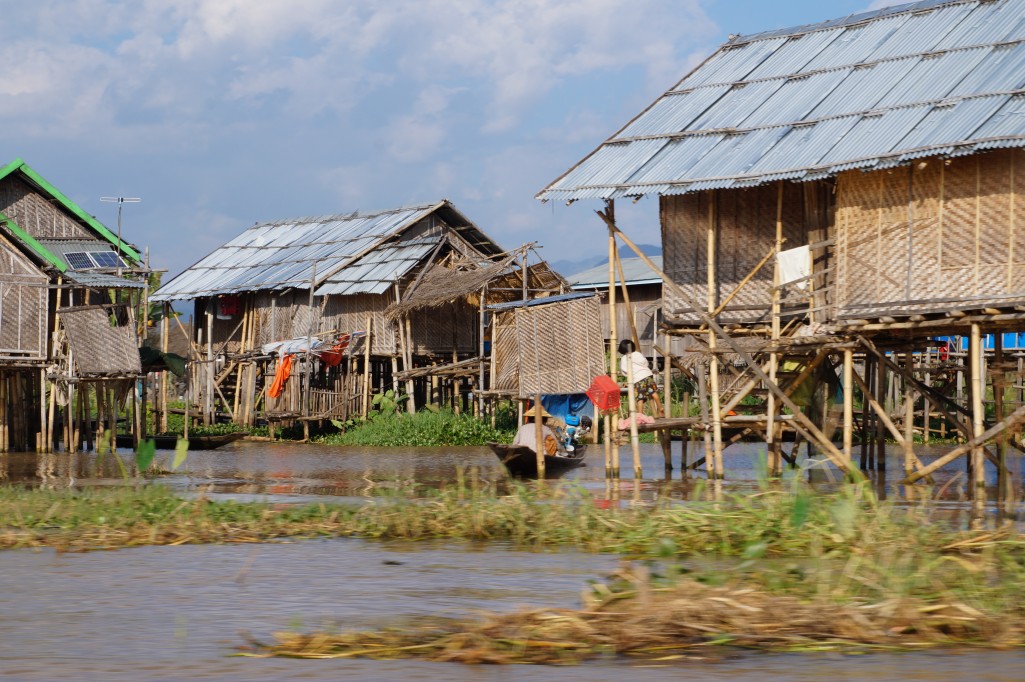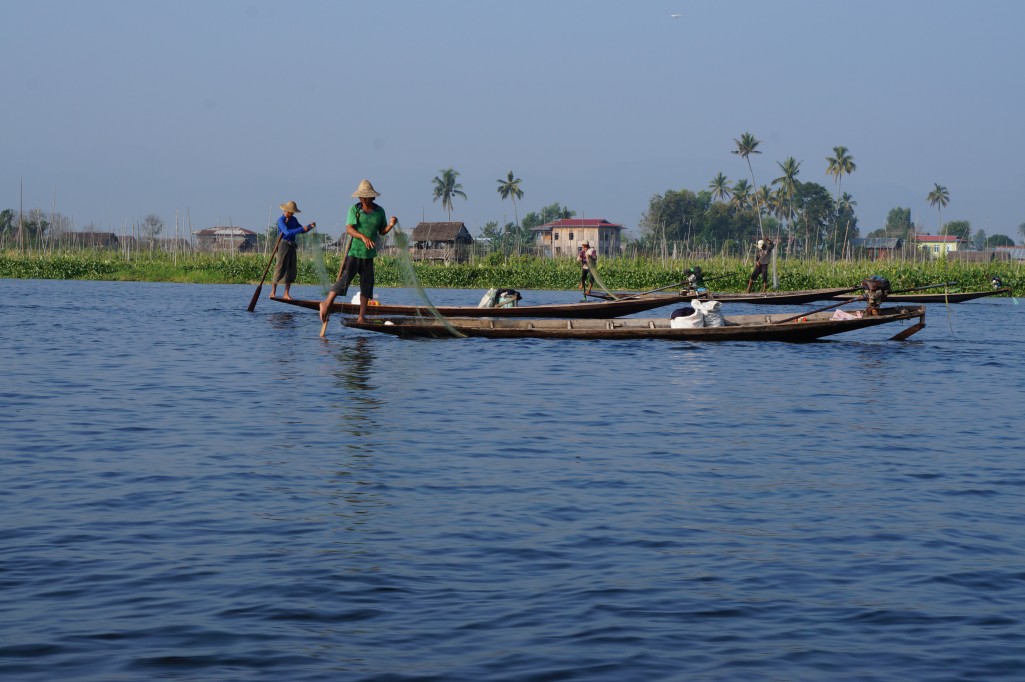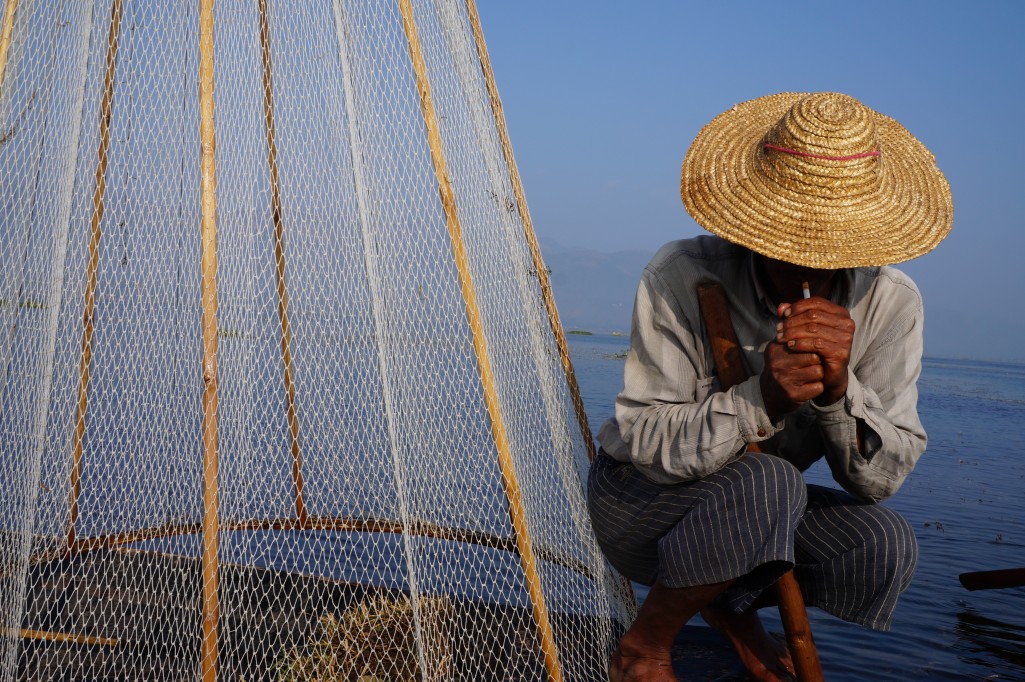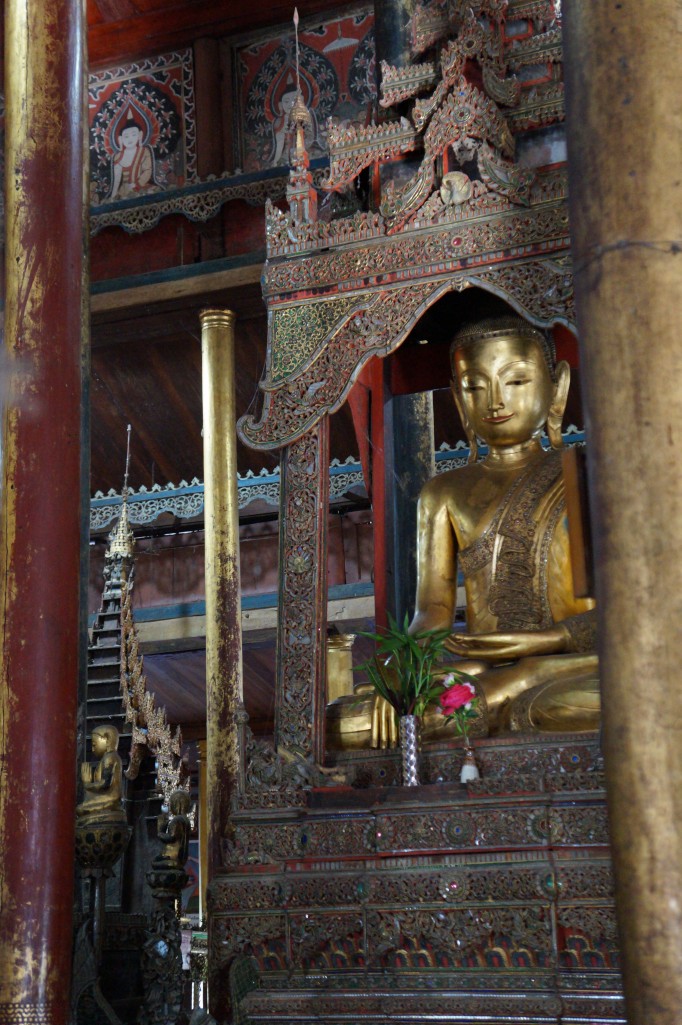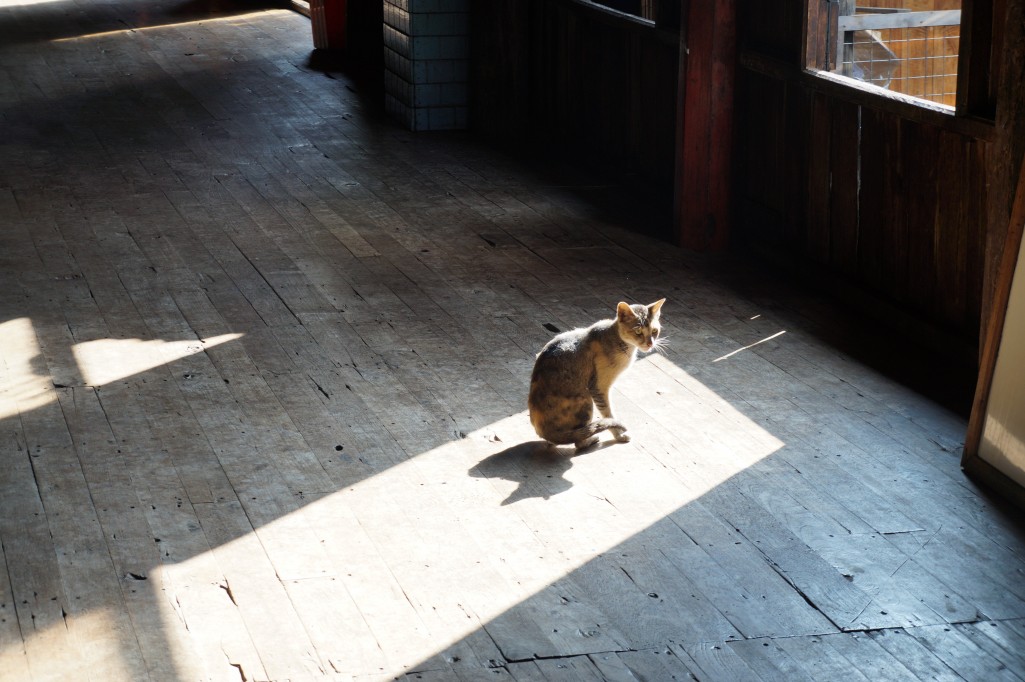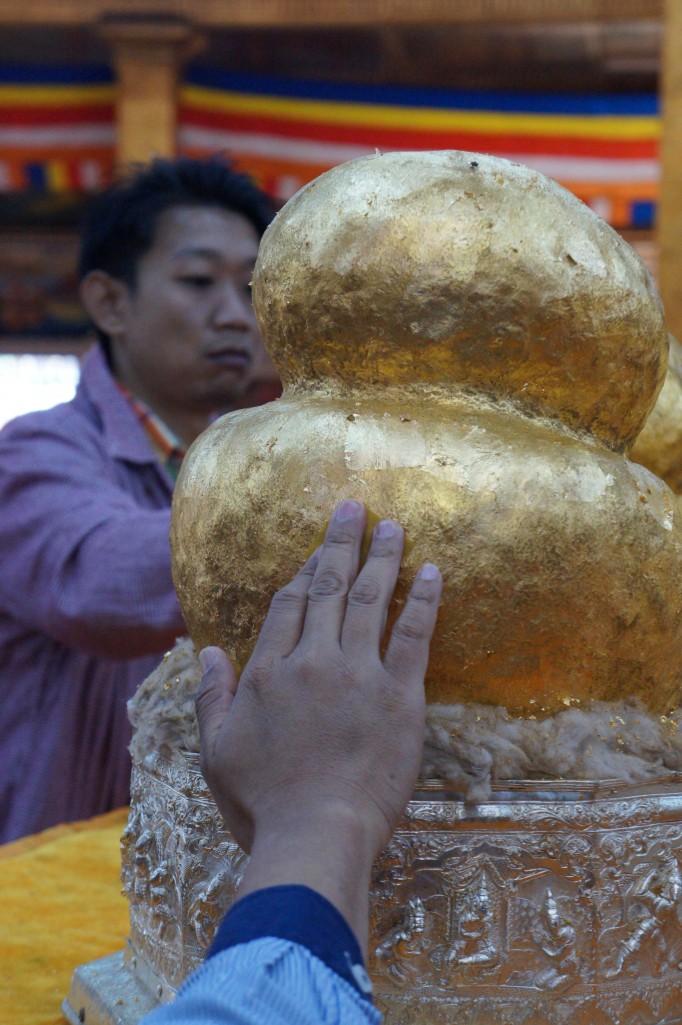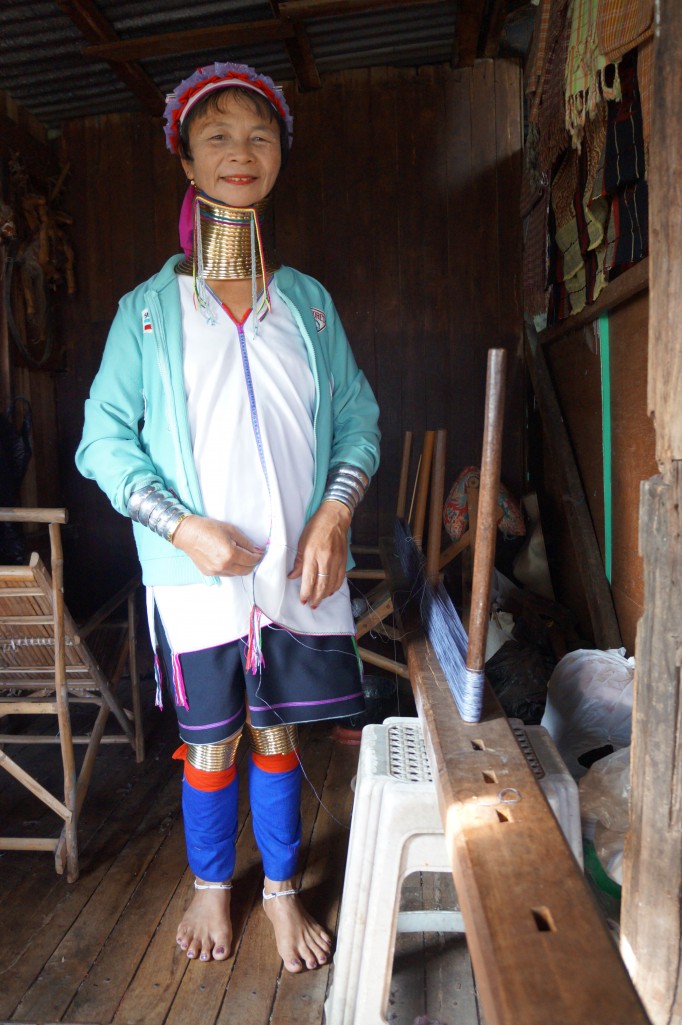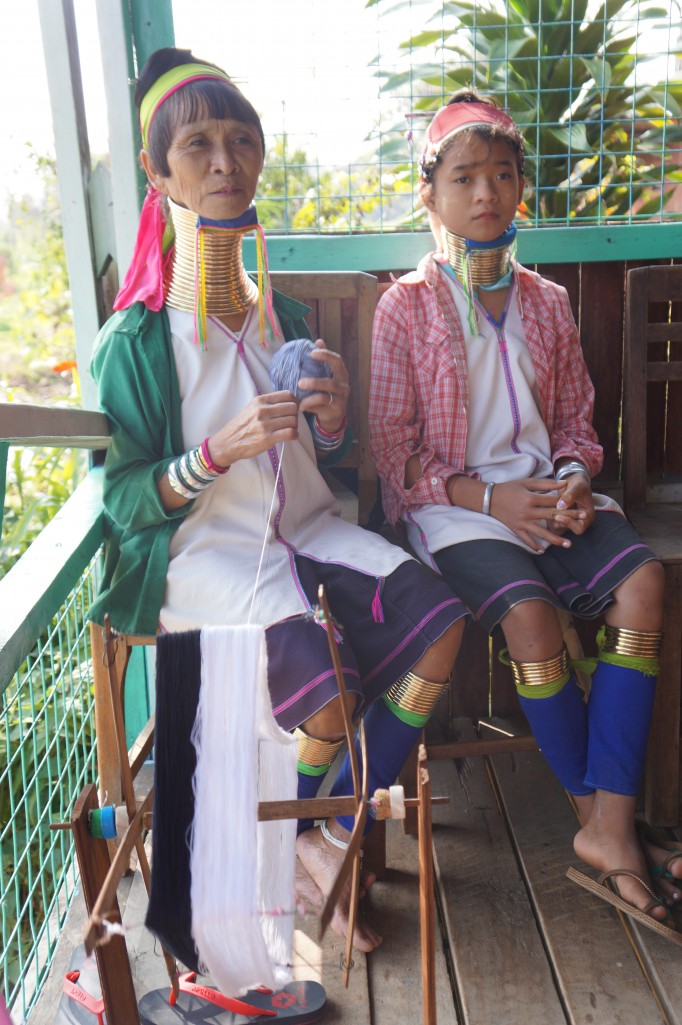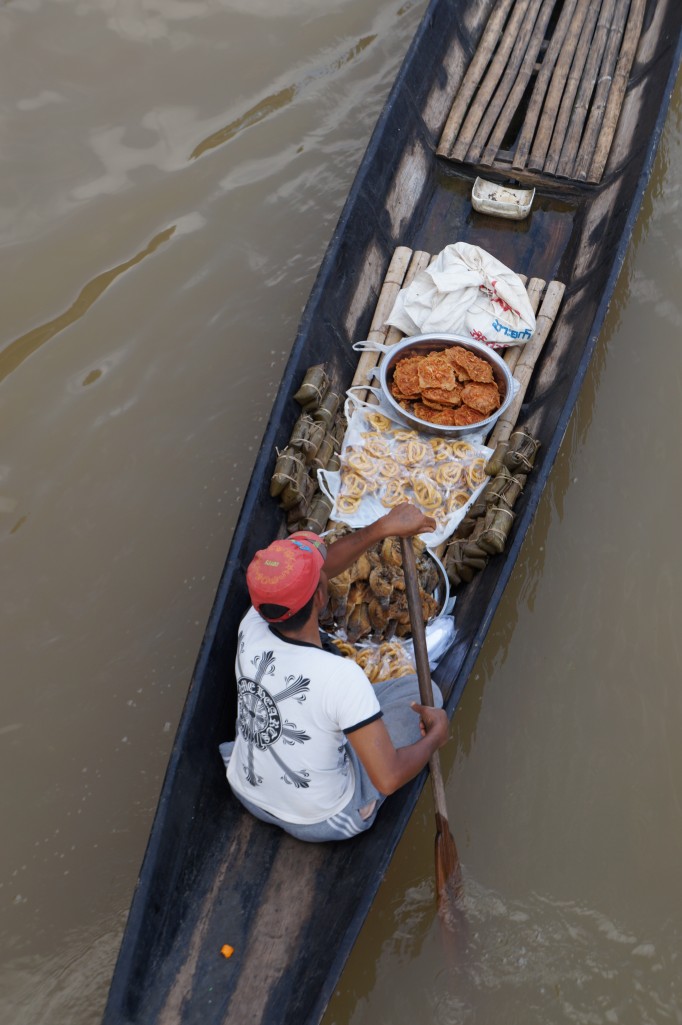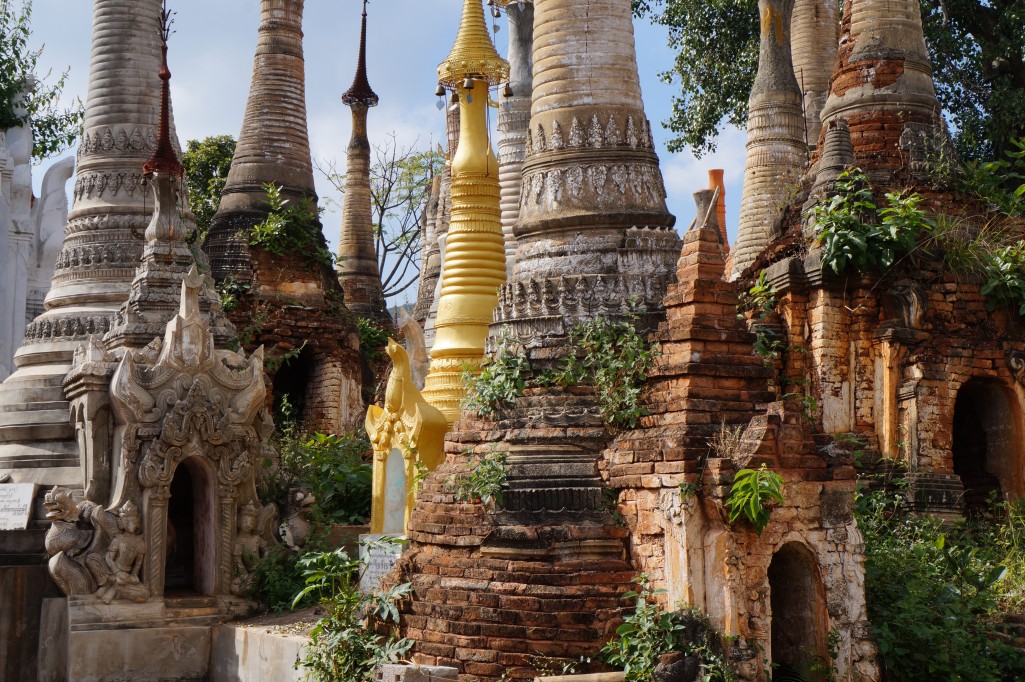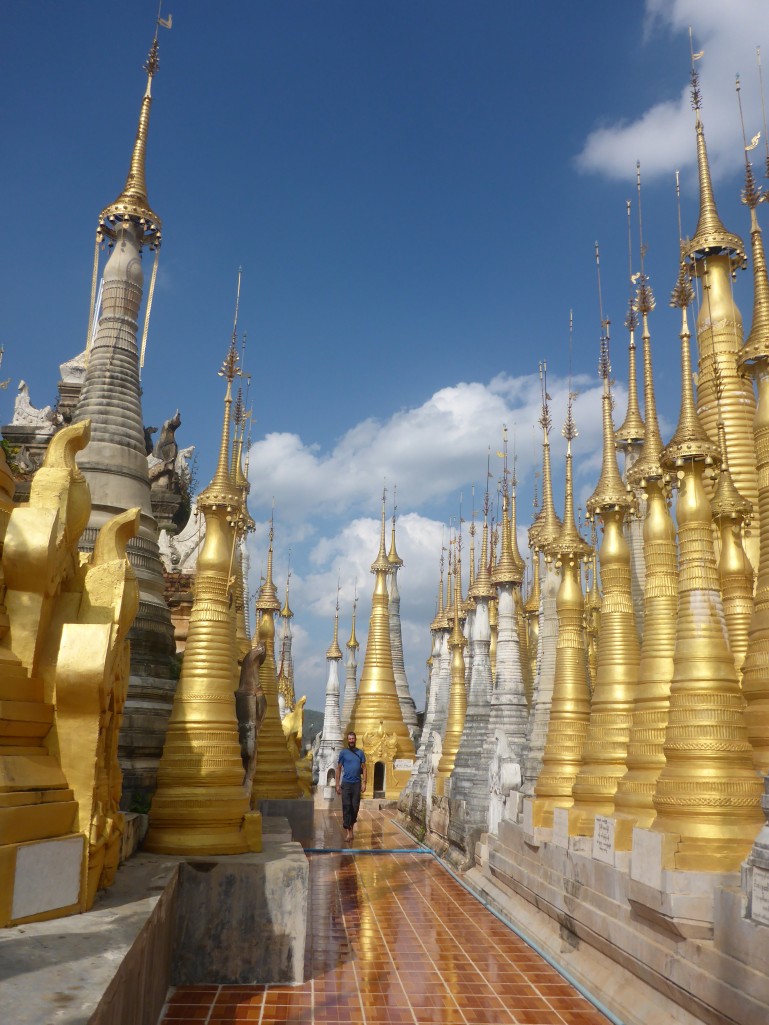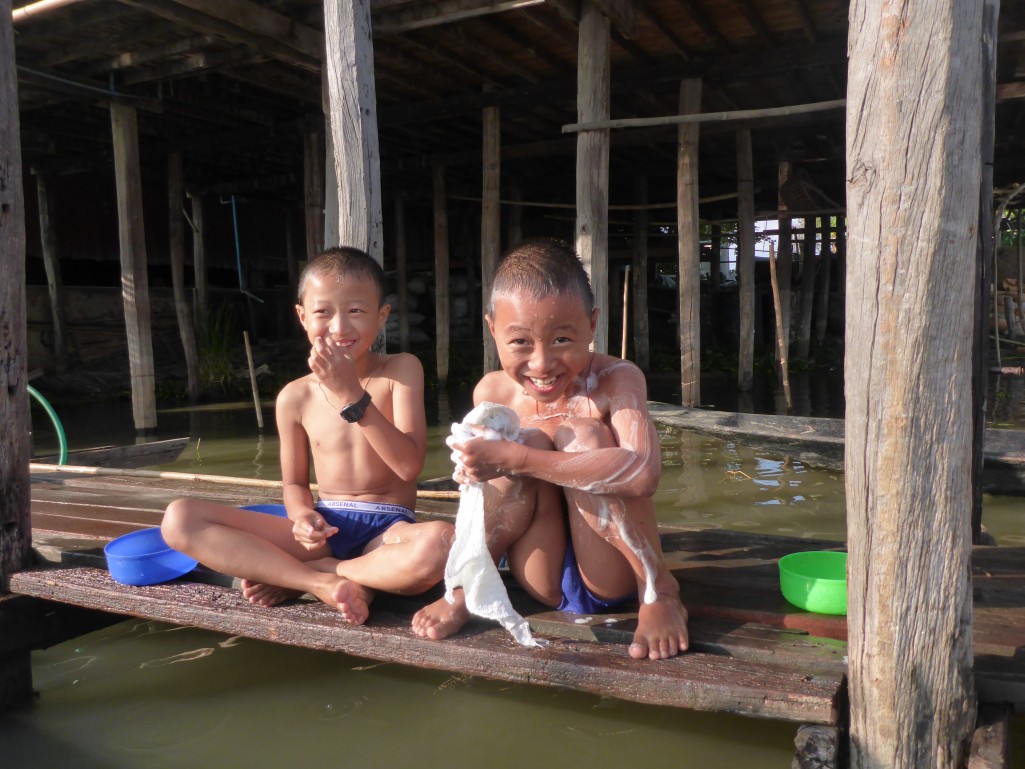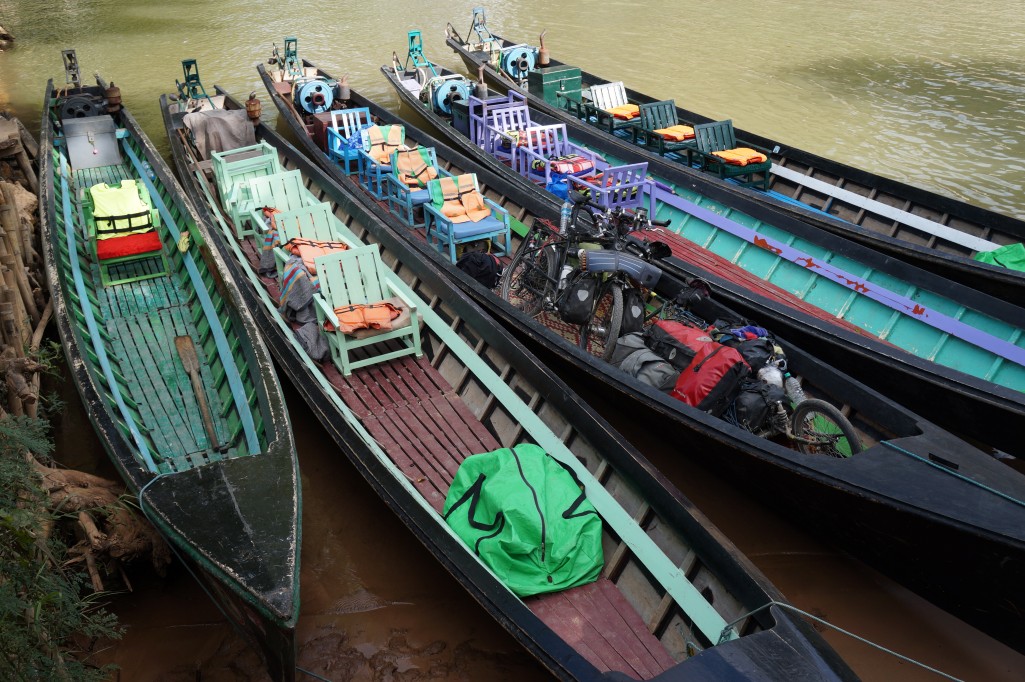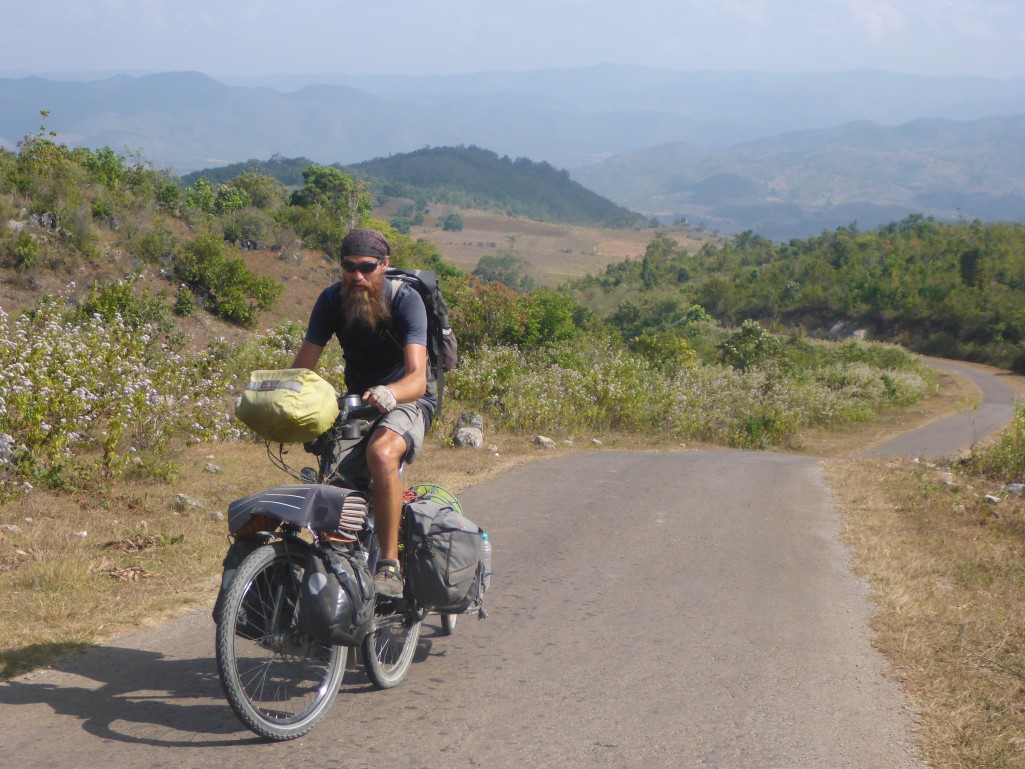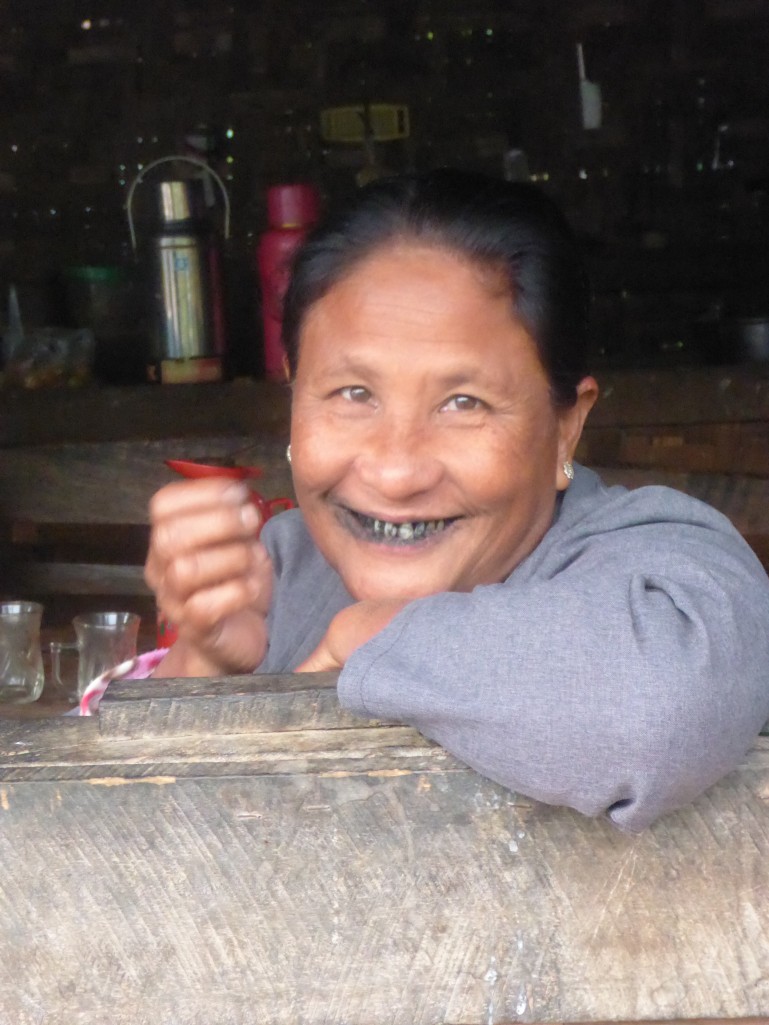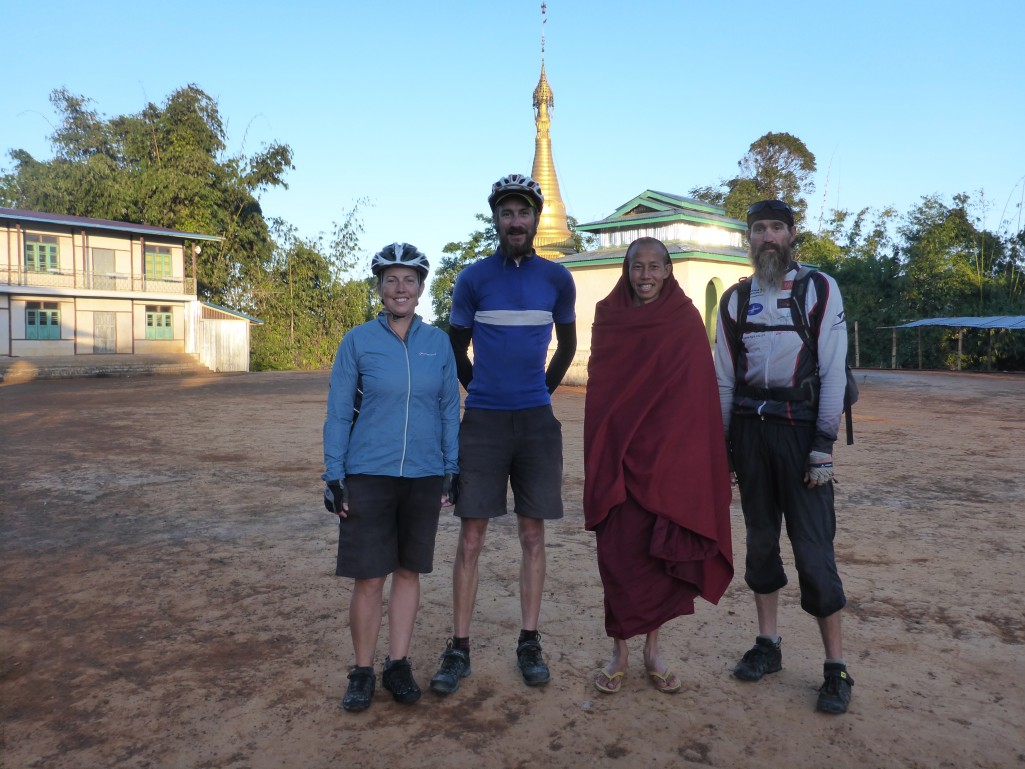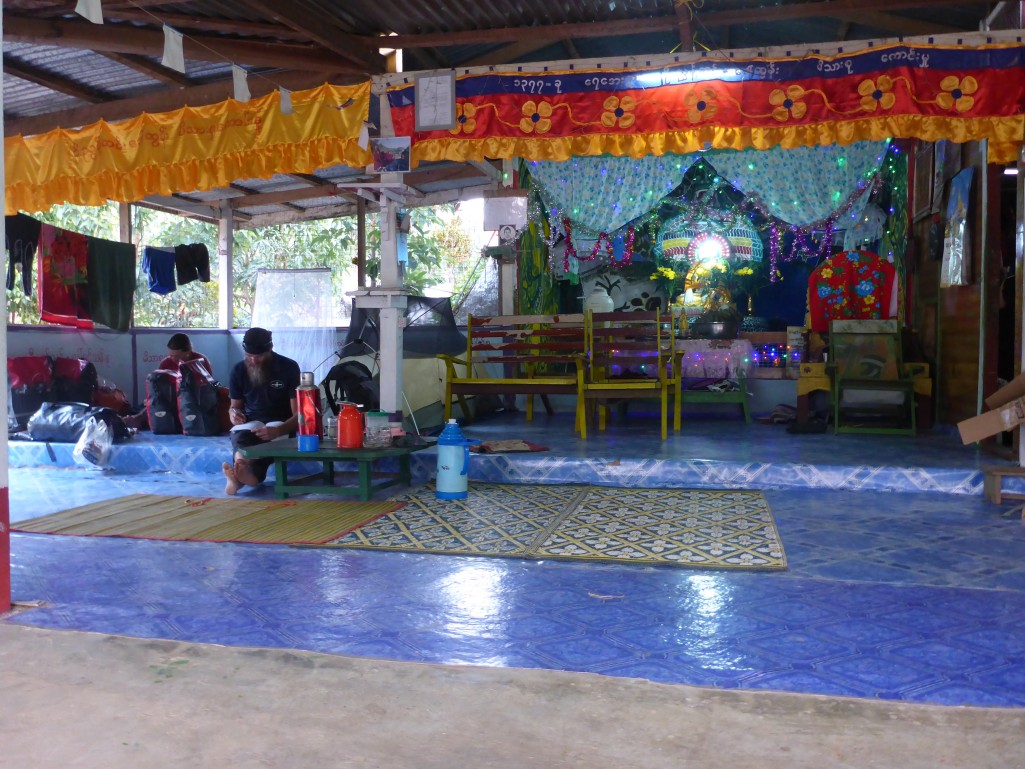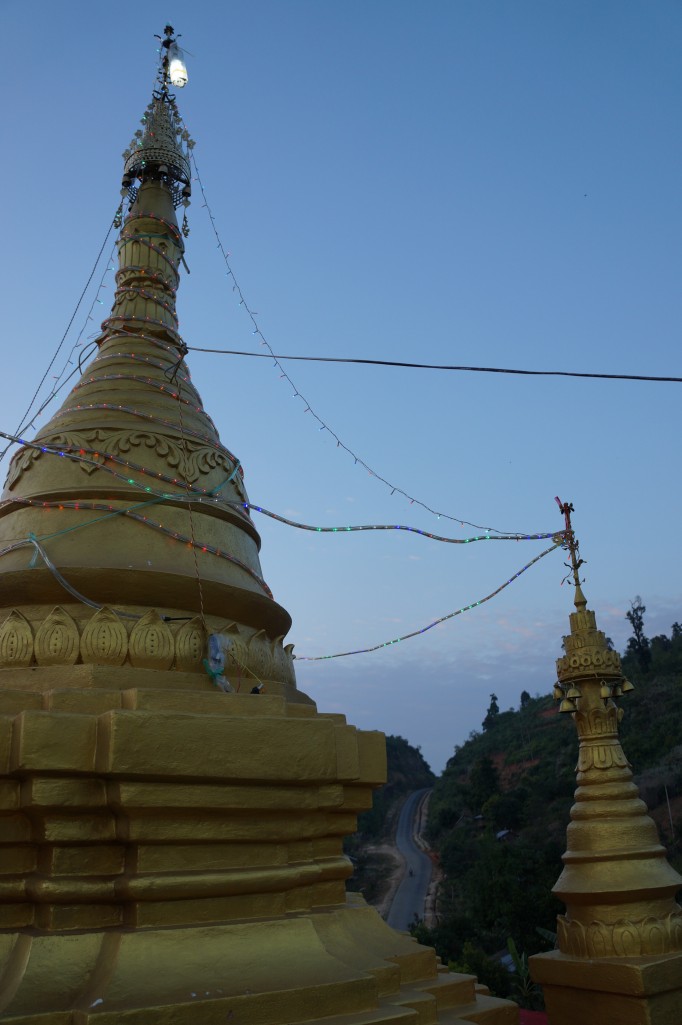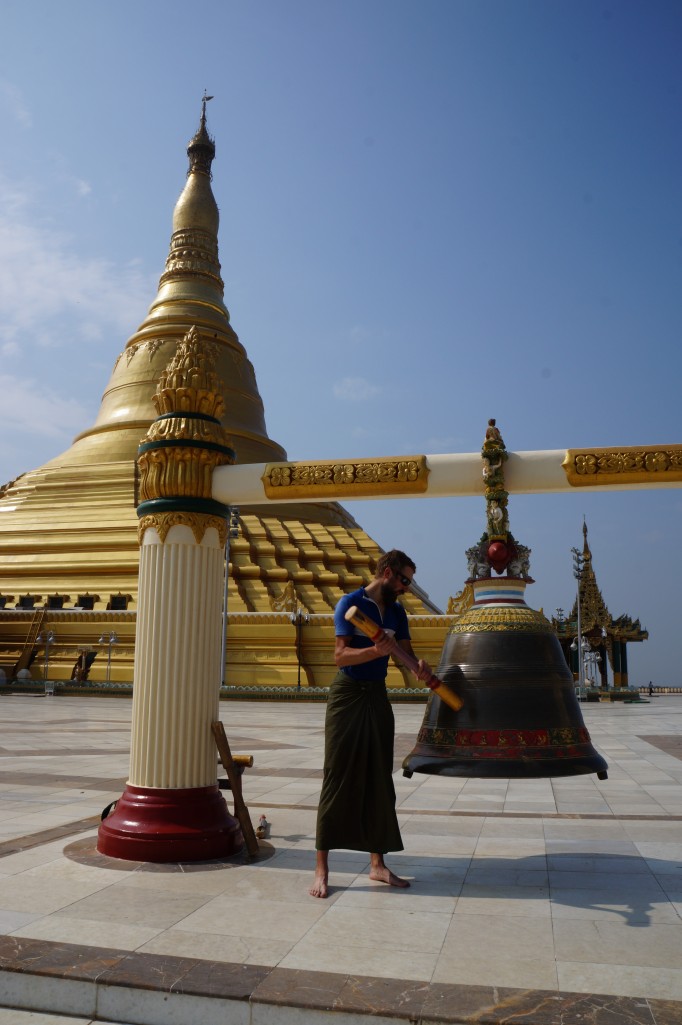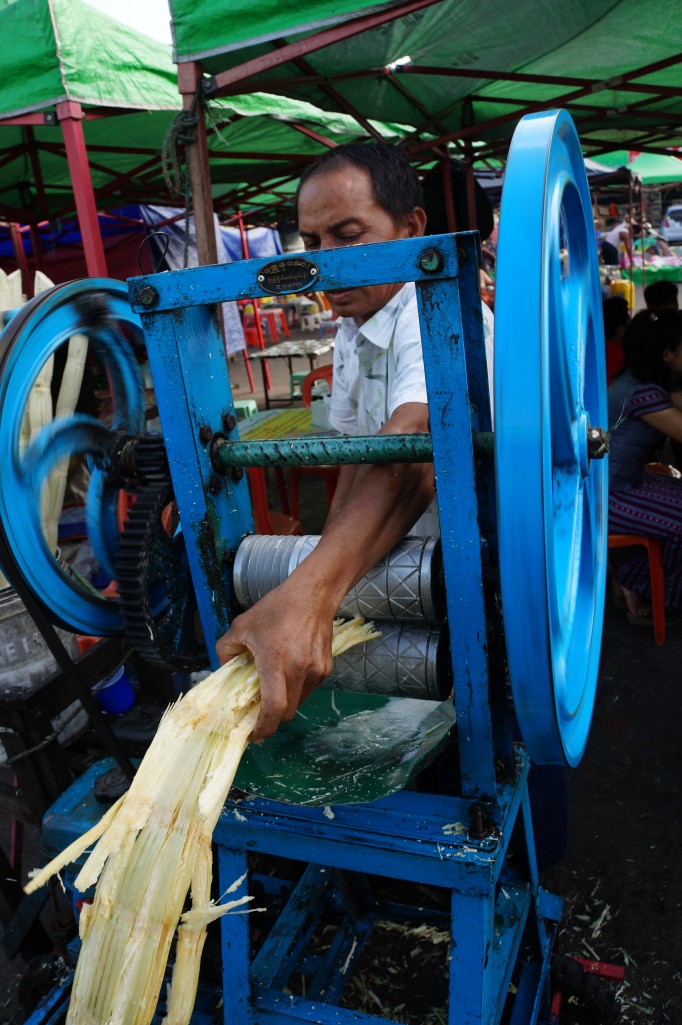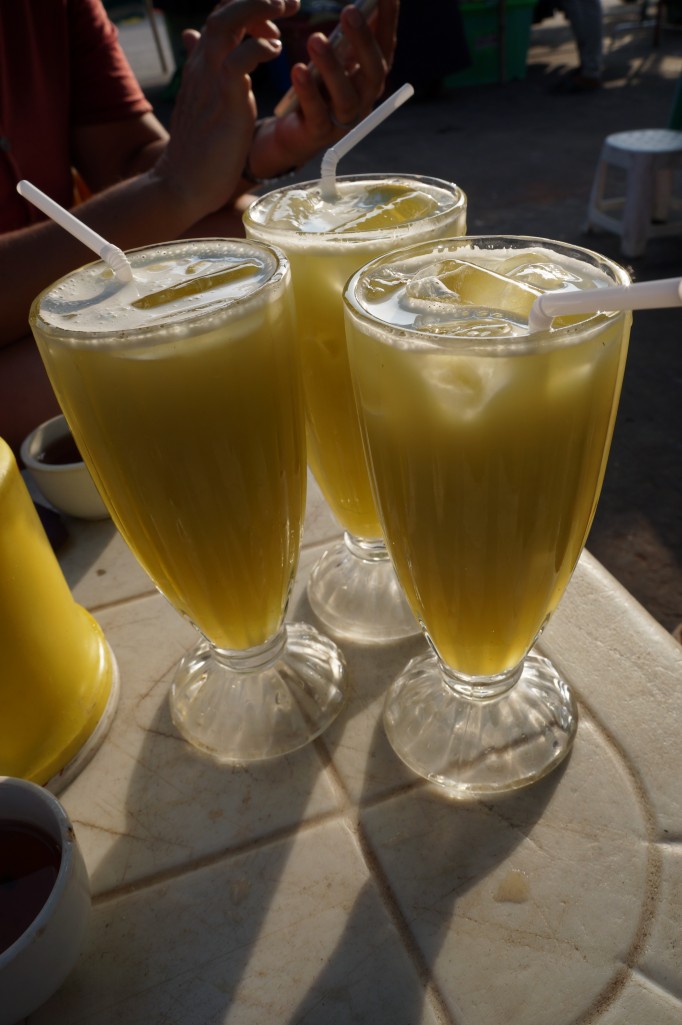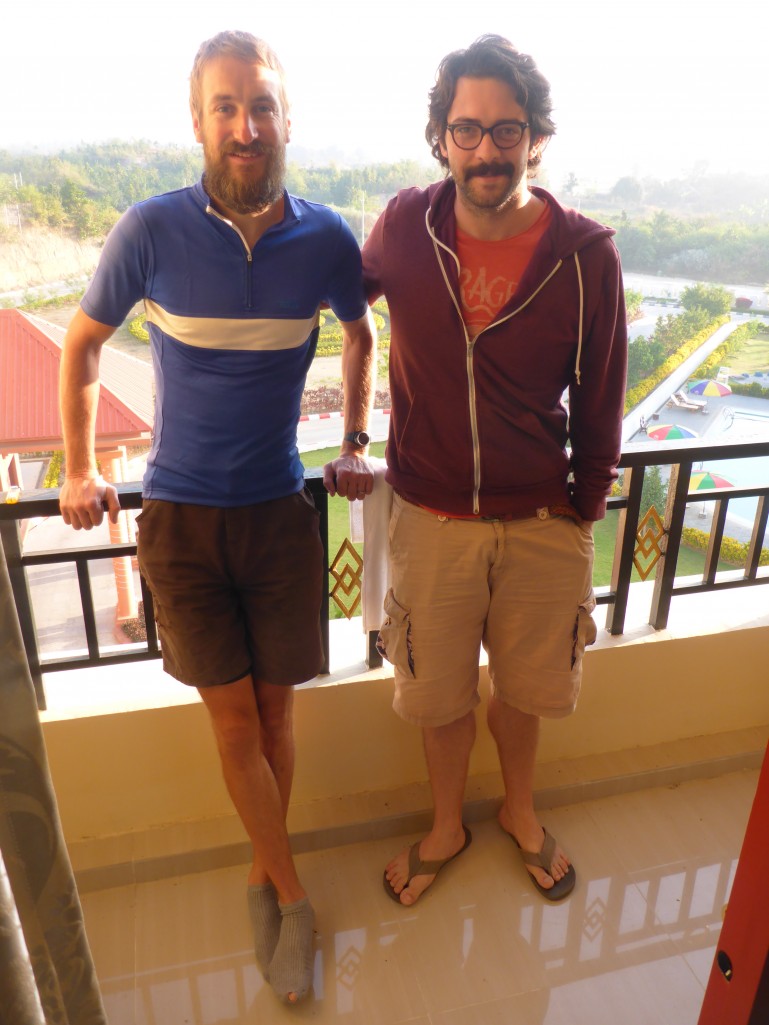Naypyidaw to Bangkok – Myanmar Part 2

Reincarnation is a funny thing. One lifetime you’re a monk, the next you’re a 17 foot python. Is that an improvement or a step backwards? It’s possible to sit face to face with the 125 year old serpent/former holy man in a small monastery in Bago. We watched several worshippers offer money in return for a blessing in the form of a few flicks of its forked tongue. No cage, no glass, just a quietly chanting minder keeping an eye on everyone and making sure they don’t get too close. Every day presents a surprise in Myanmar.
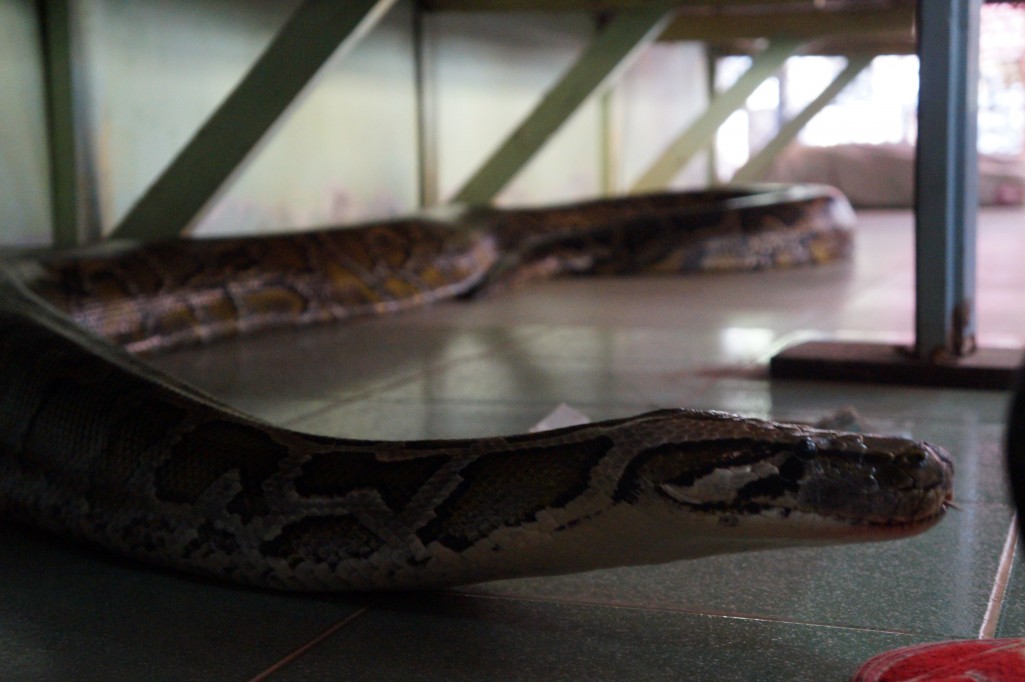
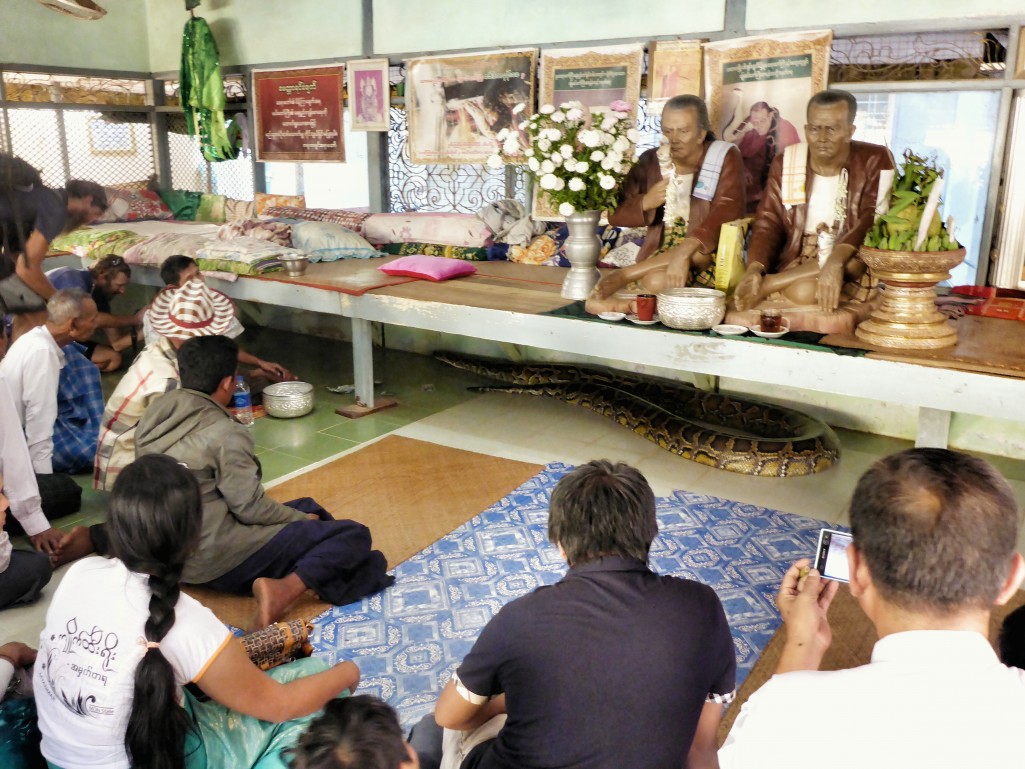
21st December 2015 – 5th January 2016
Leaving Naypyidaw on our way to Bago the multi-lane, landscaped boulevards soon gives way to the more familiar dusty, handbuilt ‘main’ road. At a market a man tries to sell me a piglet but we settle for plates of miscellaneous e kawea kwei doughnuts with deep fried fruit and veg that have became our staple for 2nd breakfast. Full of taste, calories and fat, all washed down with Premier coffee.
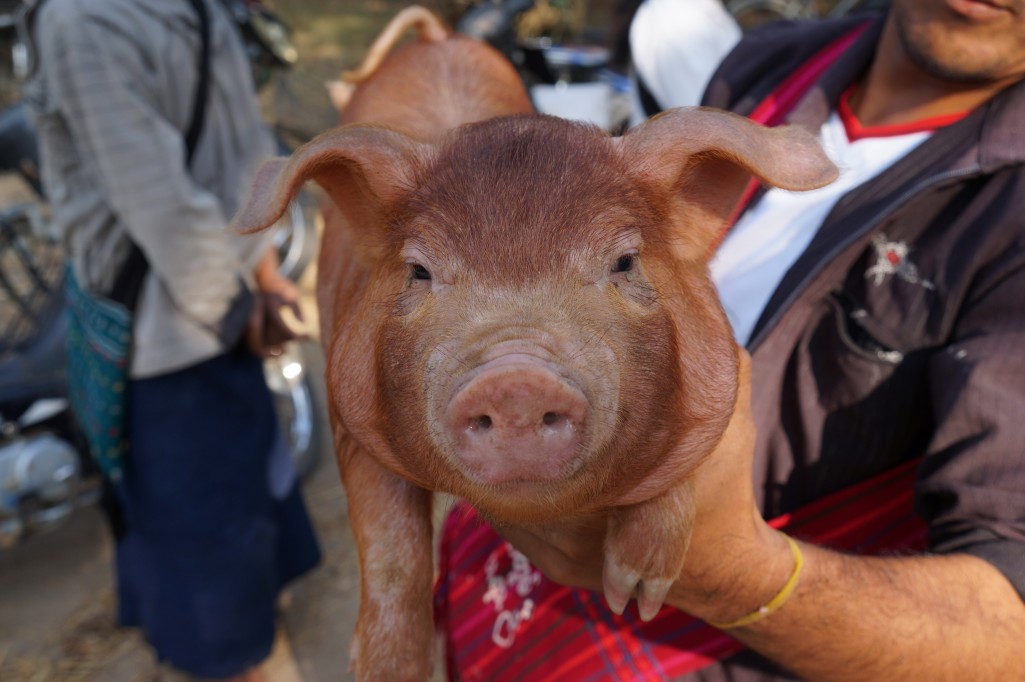
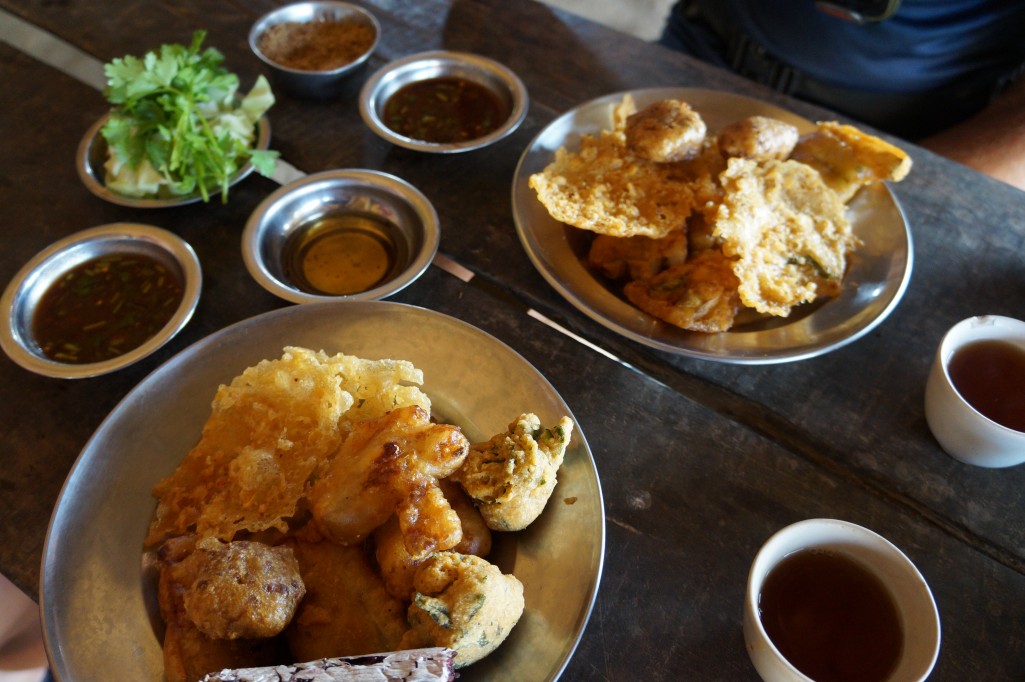
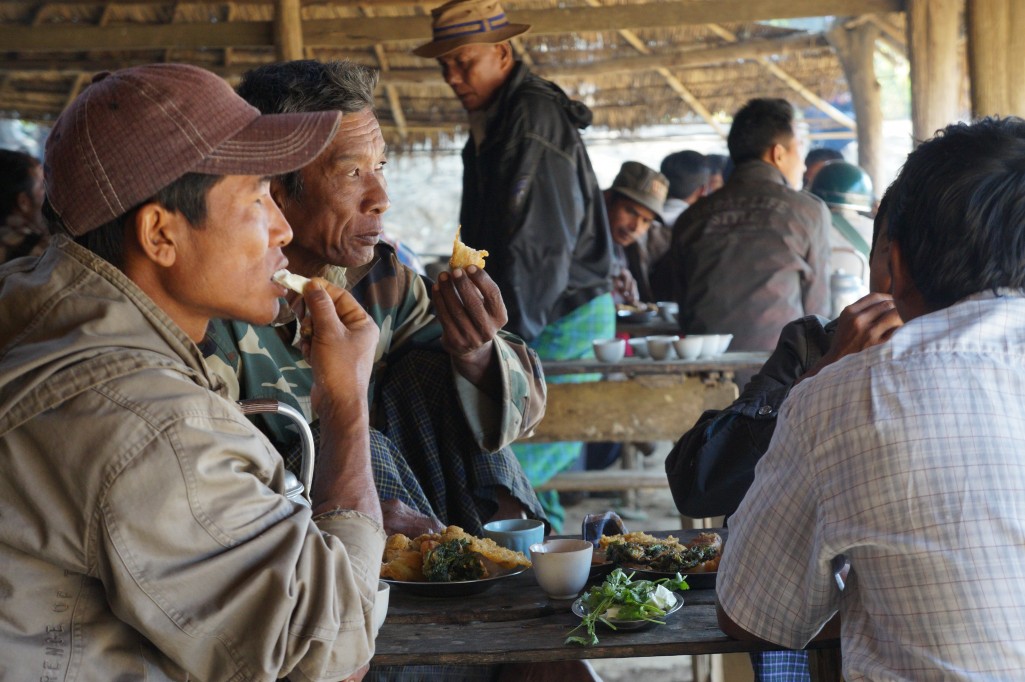
At intervals the sound of terrible music can be heard at a distance, rising to a distorted racket as we approach roadside collections for the local temple. Ladies in conical hats topped with coloured pom poms rattle bowls, hoping for spare change while a monk chants into a microphone with the reverb turned far too high.
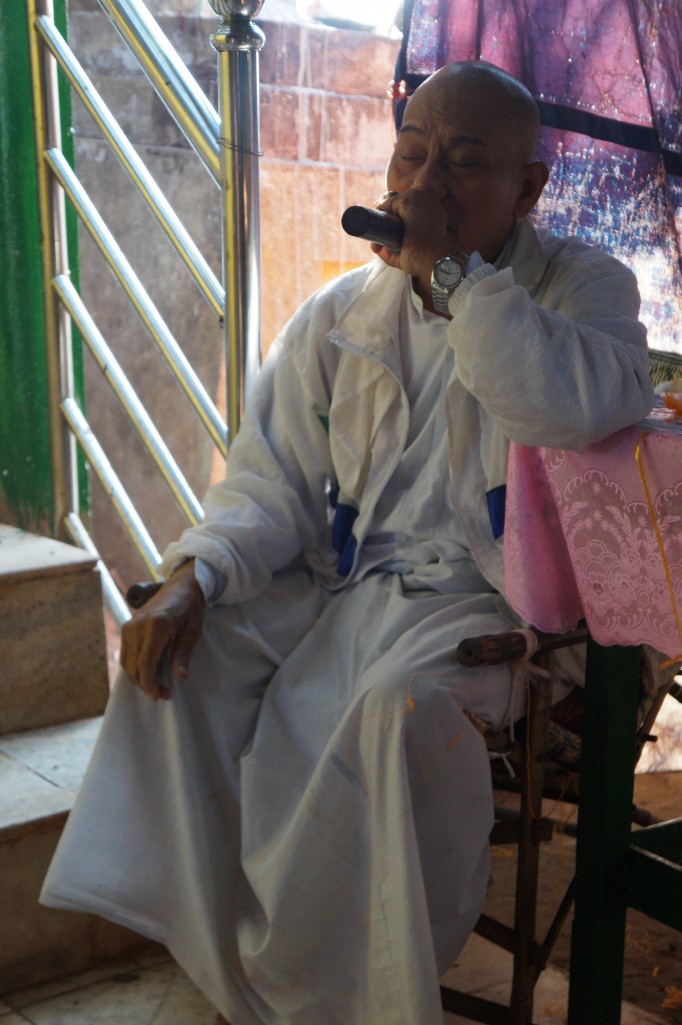
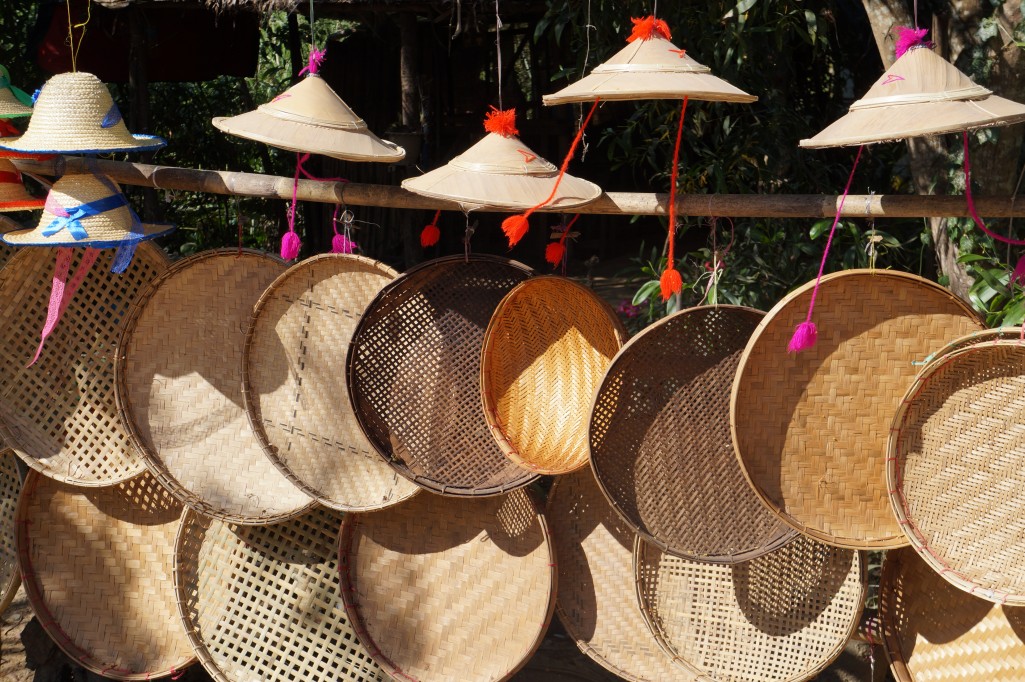
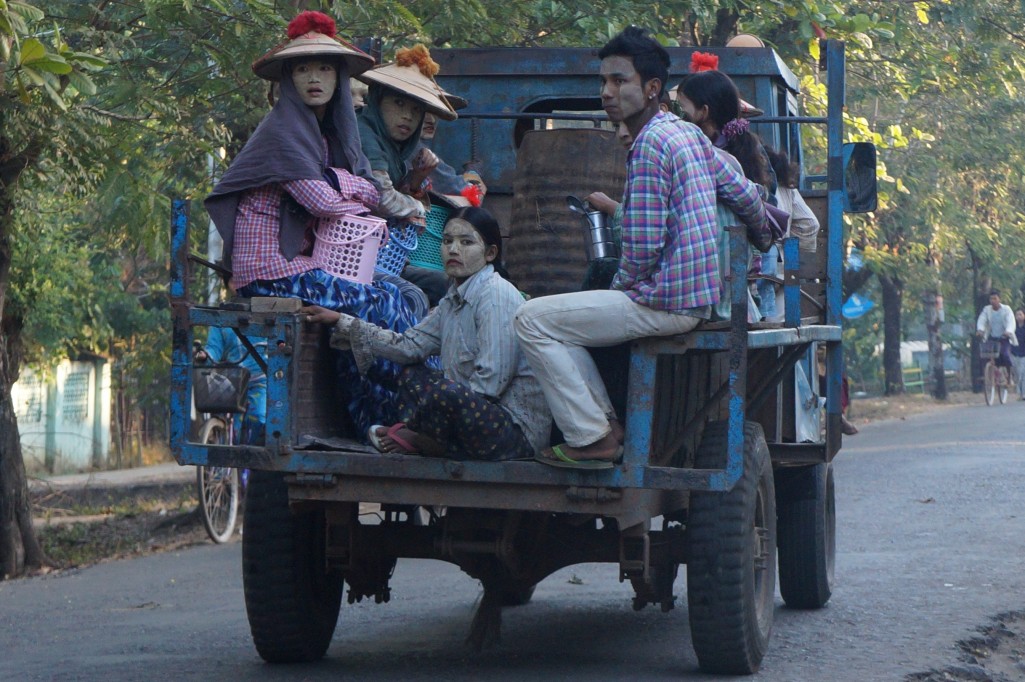
The monks are intrinsically linked to the community. Every morning a procession of red robed boys with bare heads and bare feet and arranged in height order can be seen in any village or town. Their ceramic bowls are filled with food offerings by the homeowners and shopkeepers in a daily trick or treat round where the ‘trick’ would be the disapproval of Buddha.
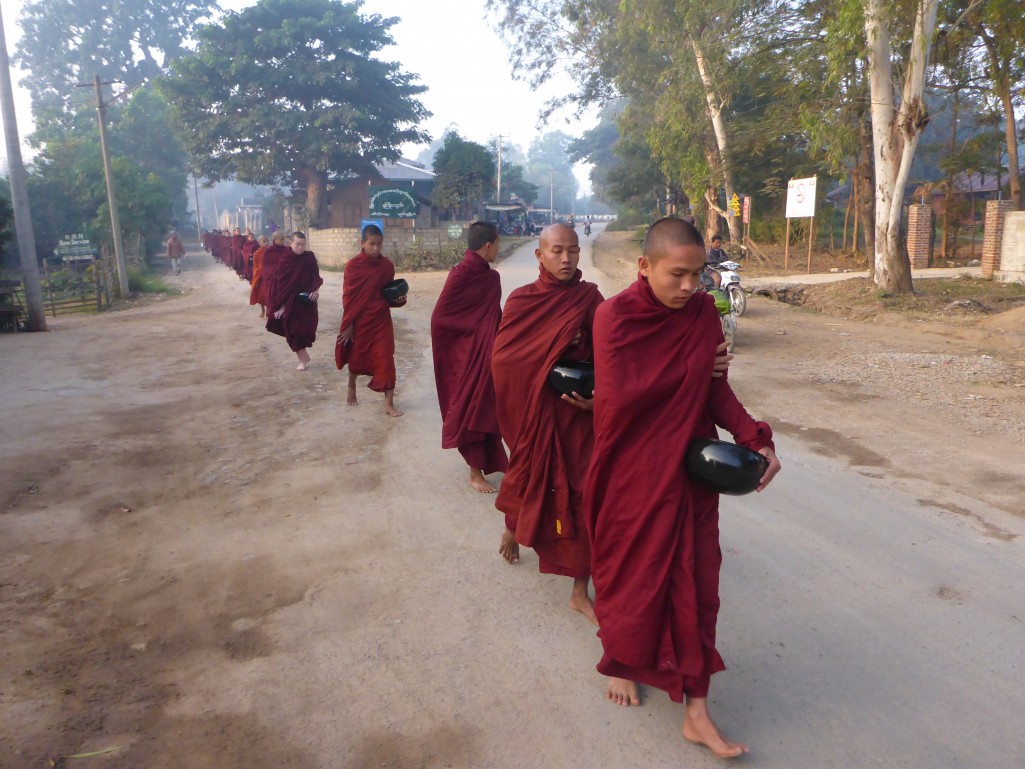
In the temples we stay in there are often villagers sitting chatting with the monks, watching their TV’s or sharing a cigar. It’s like a community centre but with gold statues and coloured flashing lights. We watch the comings and goings from behind our mosquito net in our allocated corner, sometimes with a tasty dinner provided from that morning’s food collection.
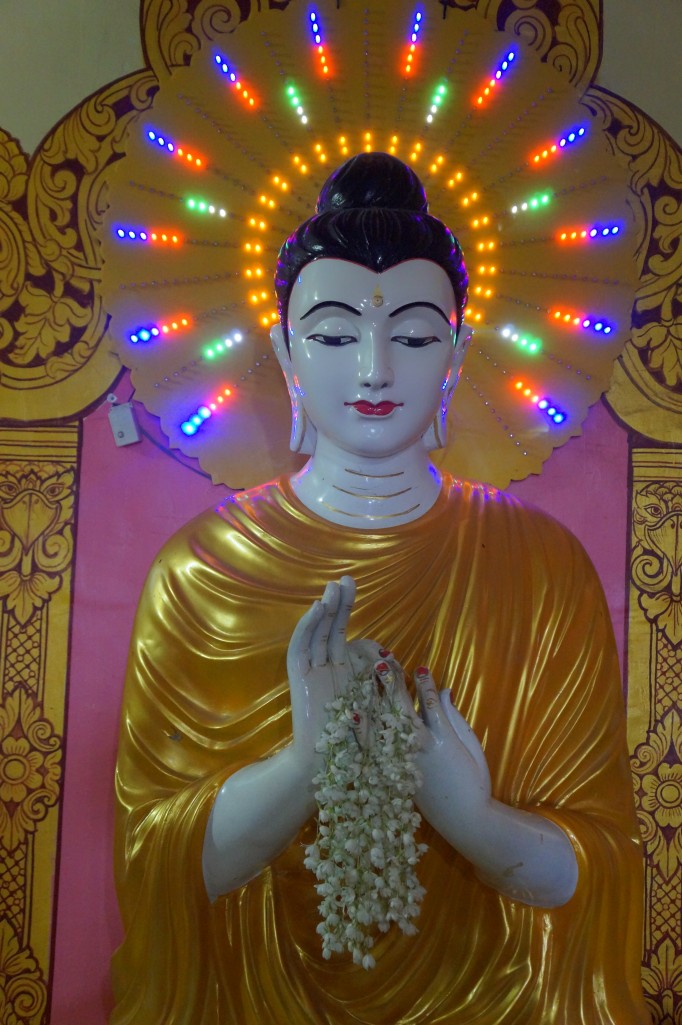
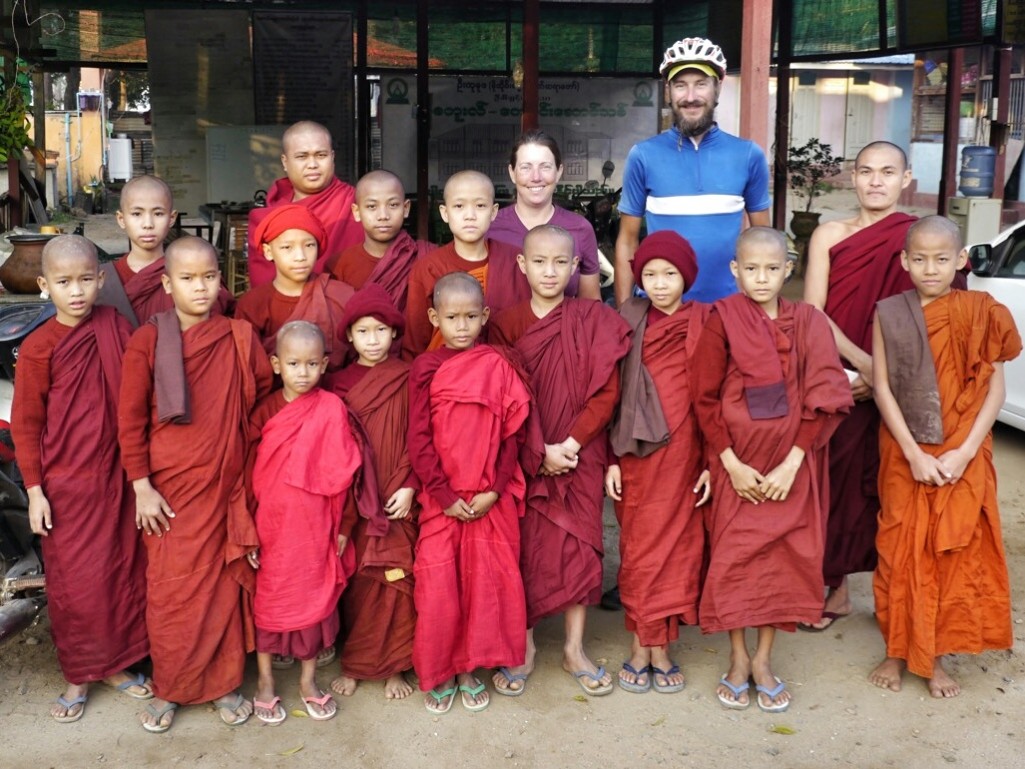
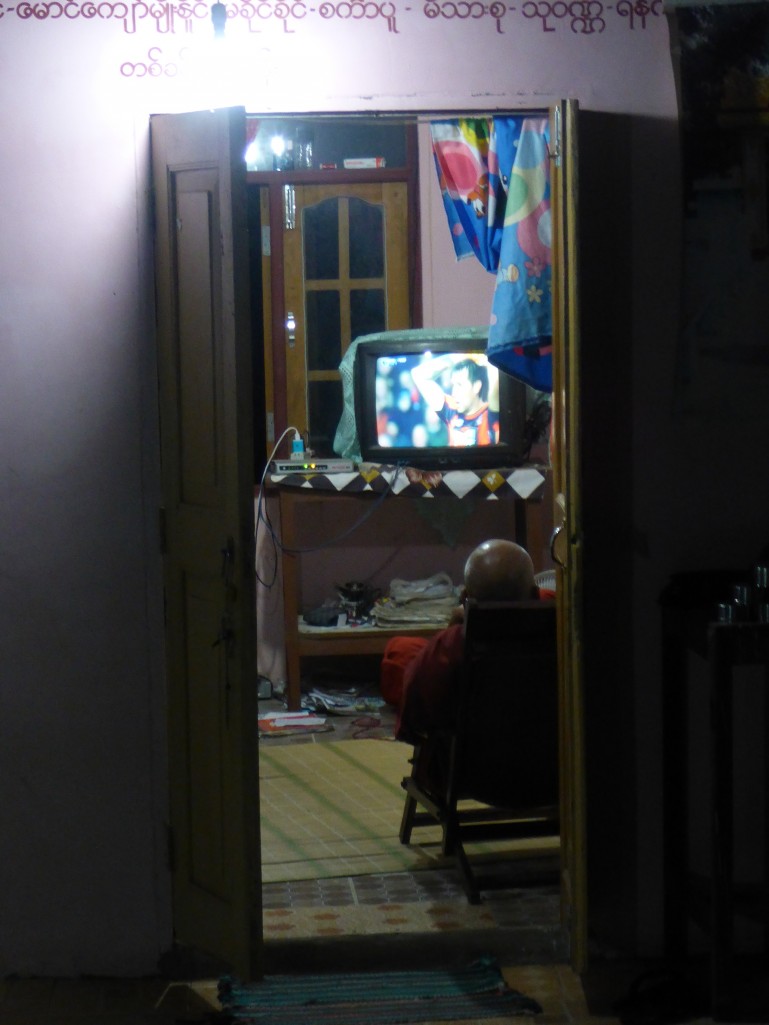
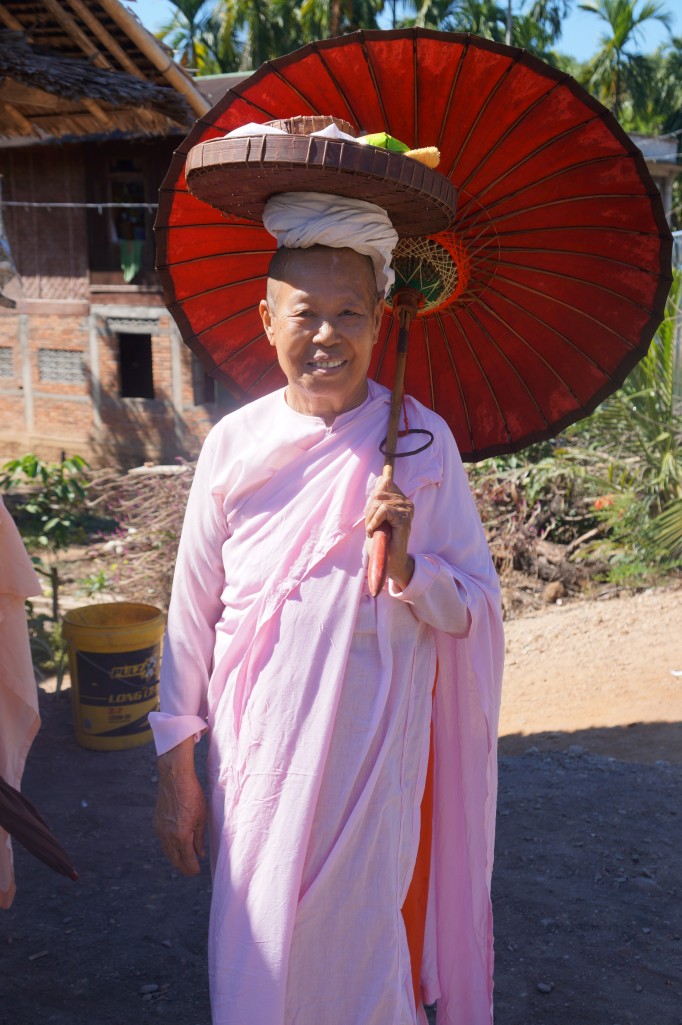
After Bago, with its snakes and buddhas, we forego continuing south to Yangon and instead turn east to arrive in the town of Kin Pun Sakhan. It’s Christmas Eve and for Christmas day we have a mountain to climb.
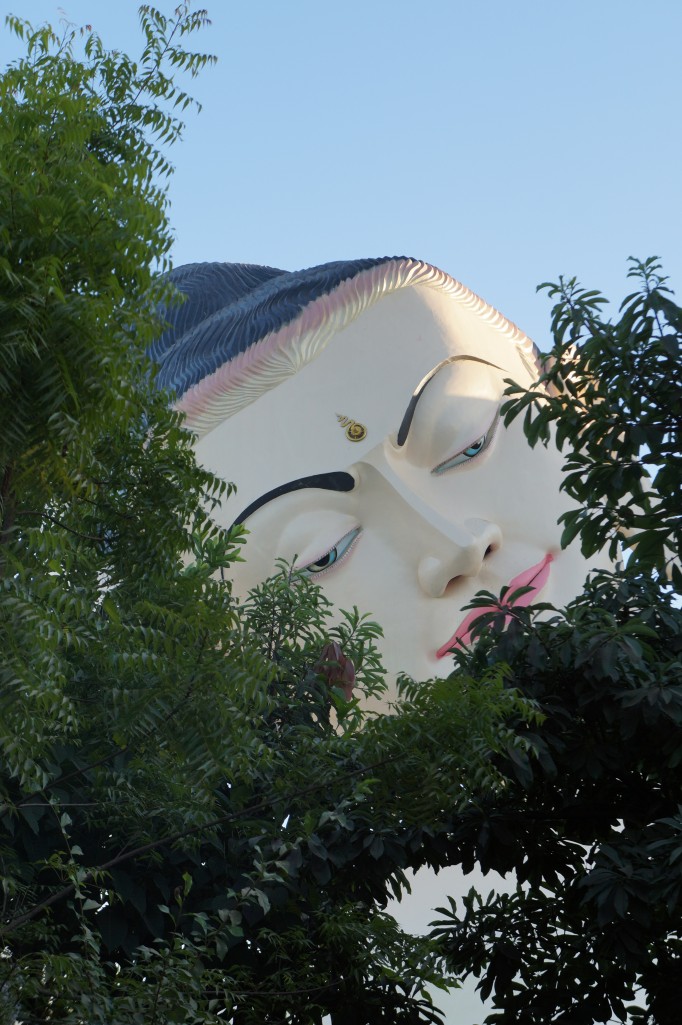
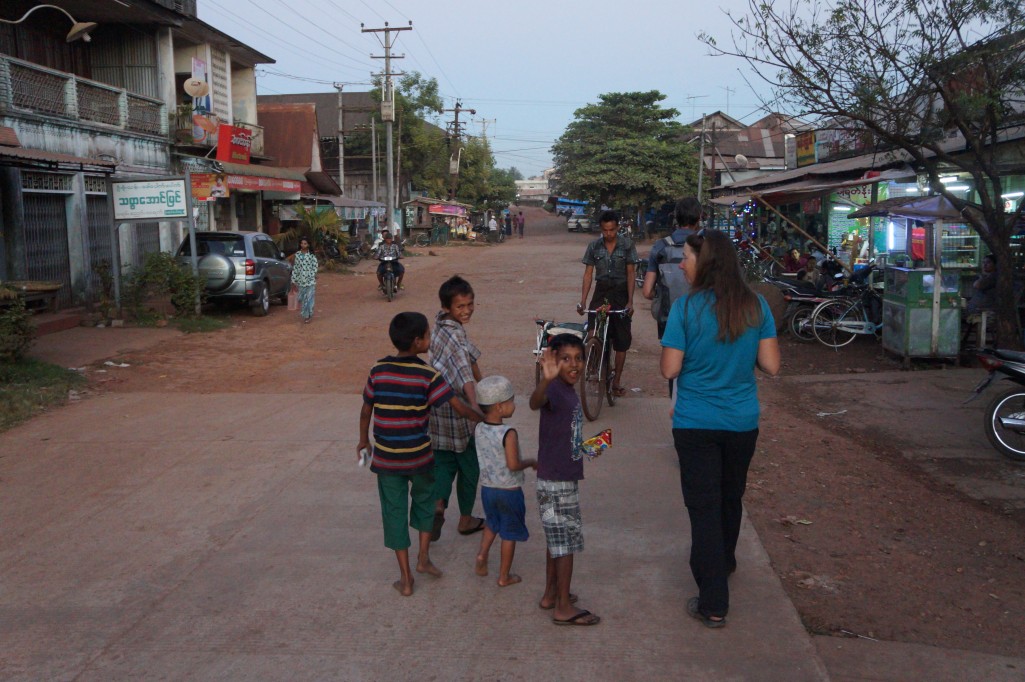
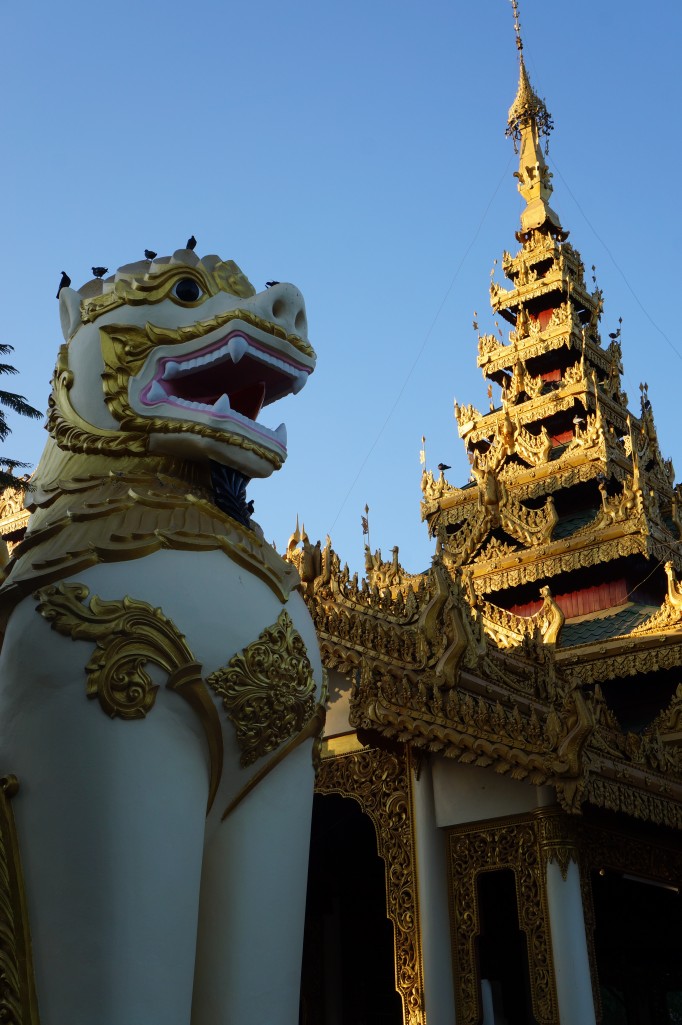
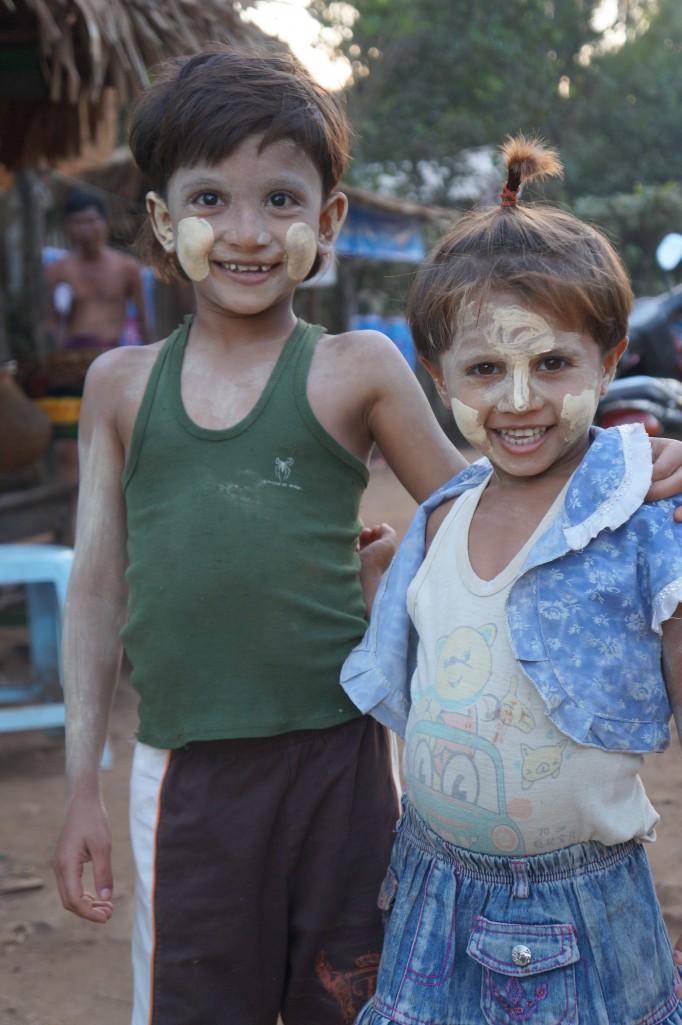
At the top of Mount Kyaiktiyo, 1100m above sea level sits a boulder that has become one of the most visited pilgrimage sites in Myanmar. The rock precariously balances on the edge of a cliff with legend claiming that it’s held in place by a strand of Buddha’s hair. Every day people make the climb to paste gold leaf onto it so it’s now known simply as The Golden Rock.
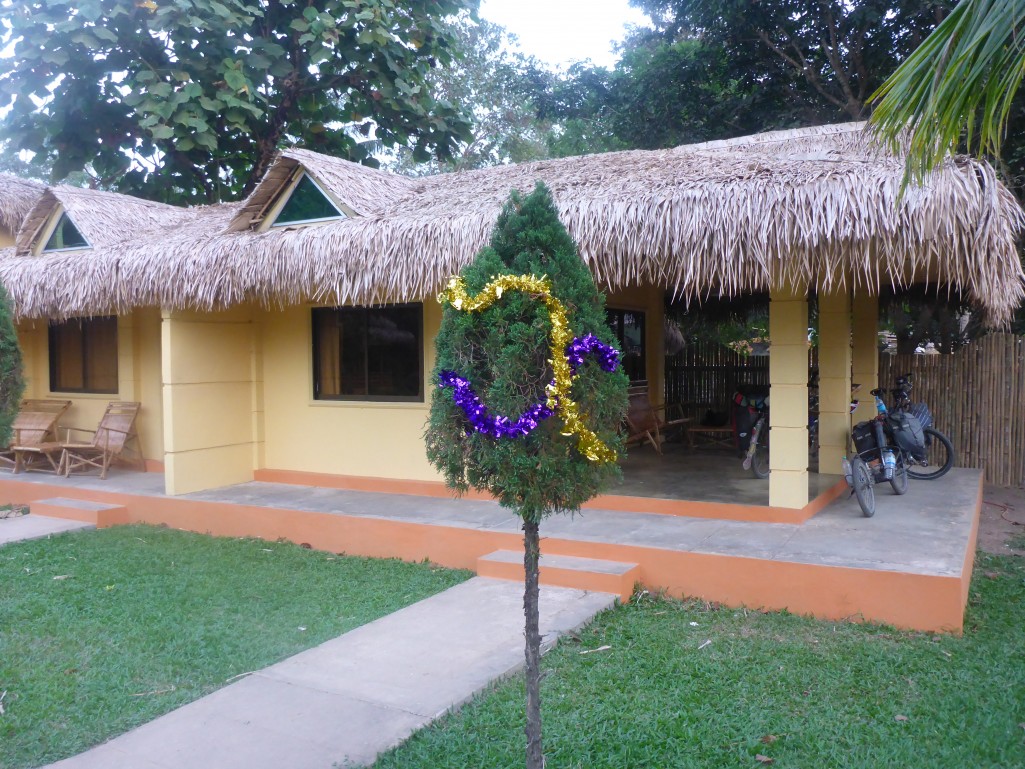
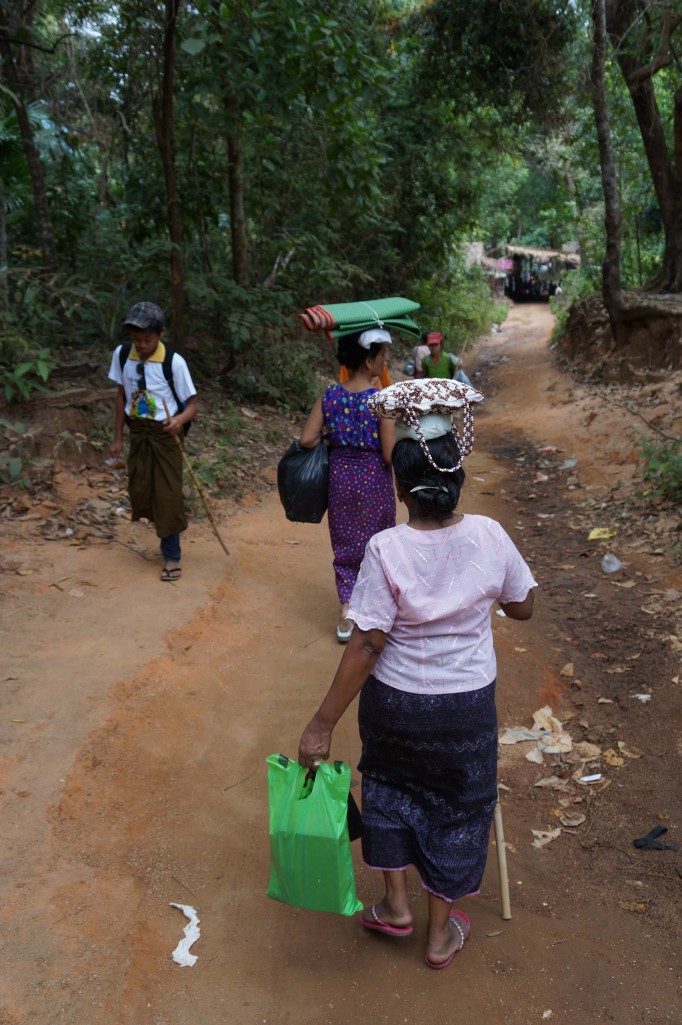
It’s a hot, humid day and we’re joined on our hike by thousands of Burmese visitors. They laugh that we’re sweating so much in the heat so I return with some jokes about how short they all are. It’s a national holiday making this one of the busiest days of the year and we later hear claims that 20,000 people made it to the summit (most riding up on the back of a truck). The scrummage to glimpse the holy boulder is almost too much to bear, but once we’re in the crowd we get carried along without much chance to escape. Alongside us are children in baskets and the old and infirm lie on elaborate thrones carried by four long-suffering bearers.
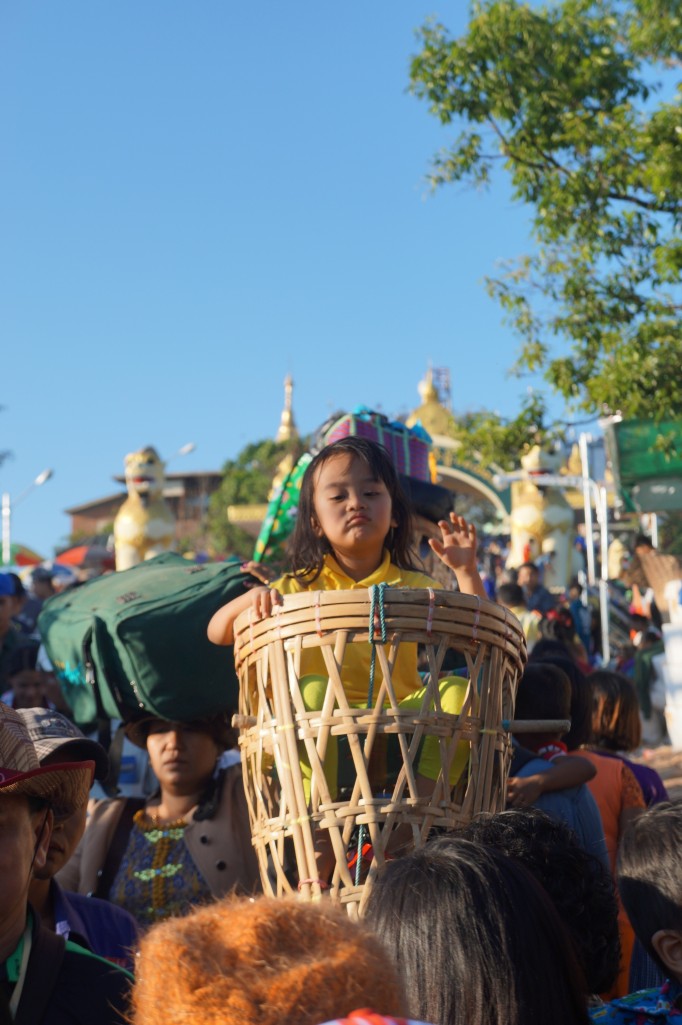
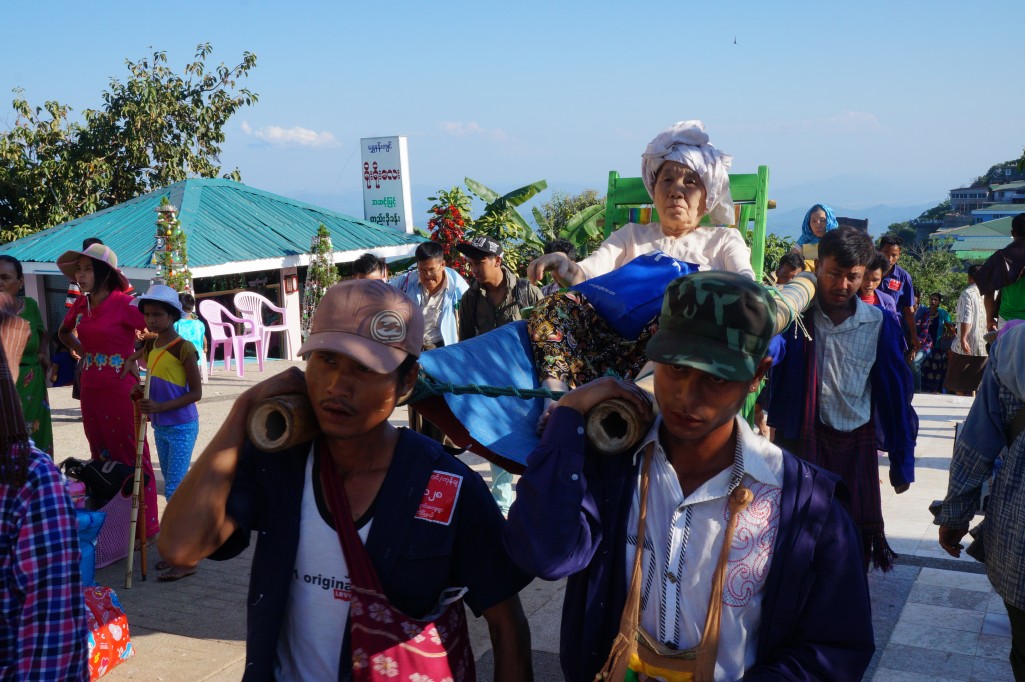
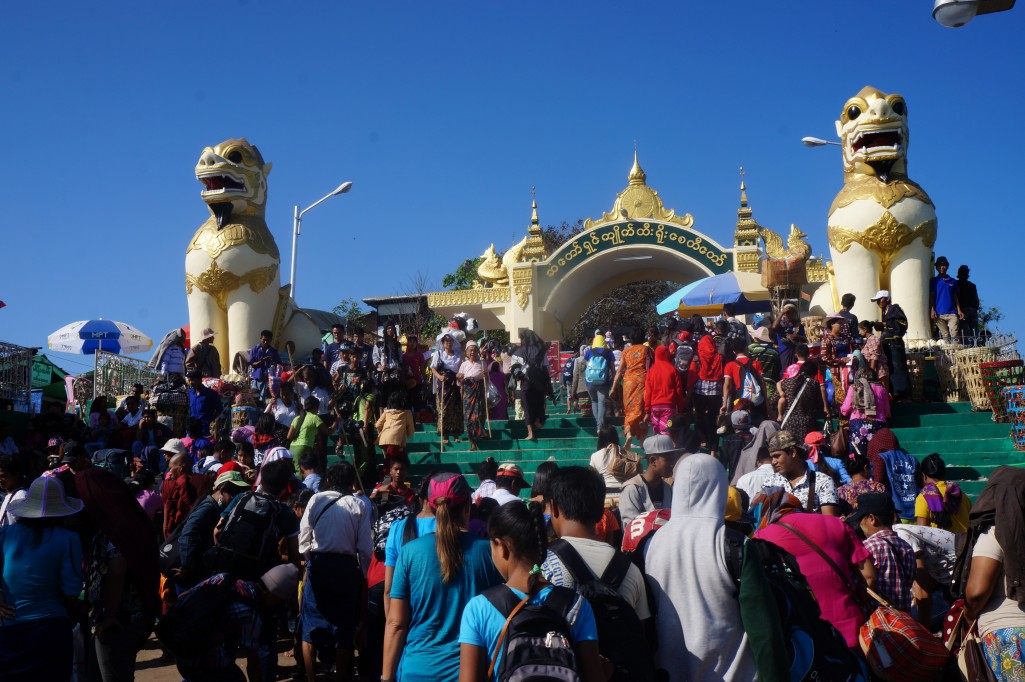
The application of the gold leaf is surprisingly haphazard with some blowing straight off in the wind. Only men are allowed to touch the gravity defying rock. Maybe if women could get to it then they’d do a neater job.

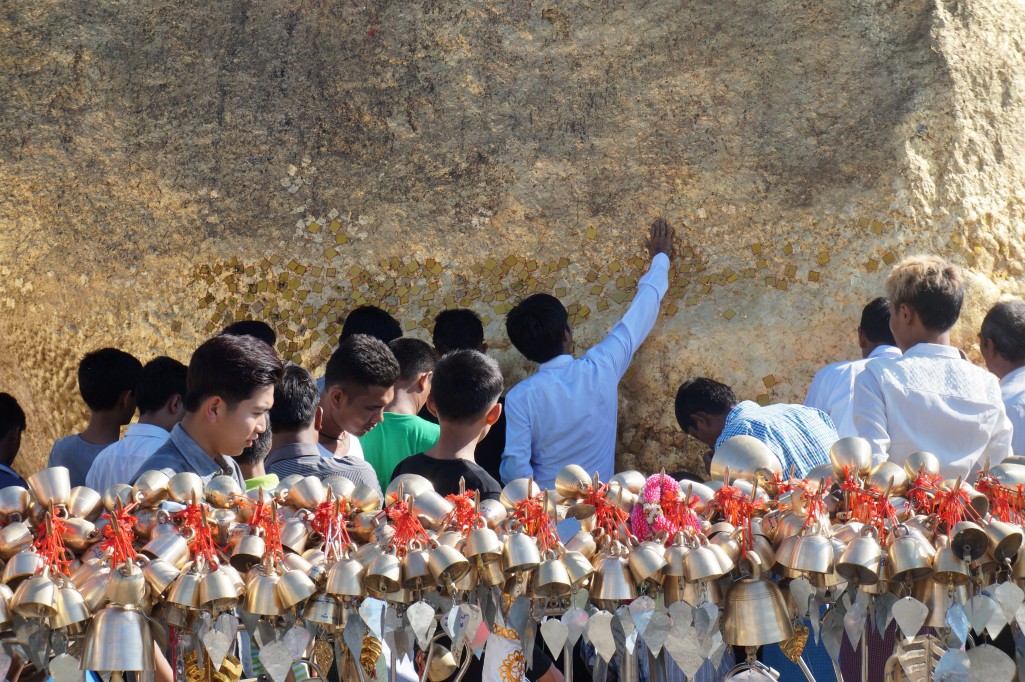
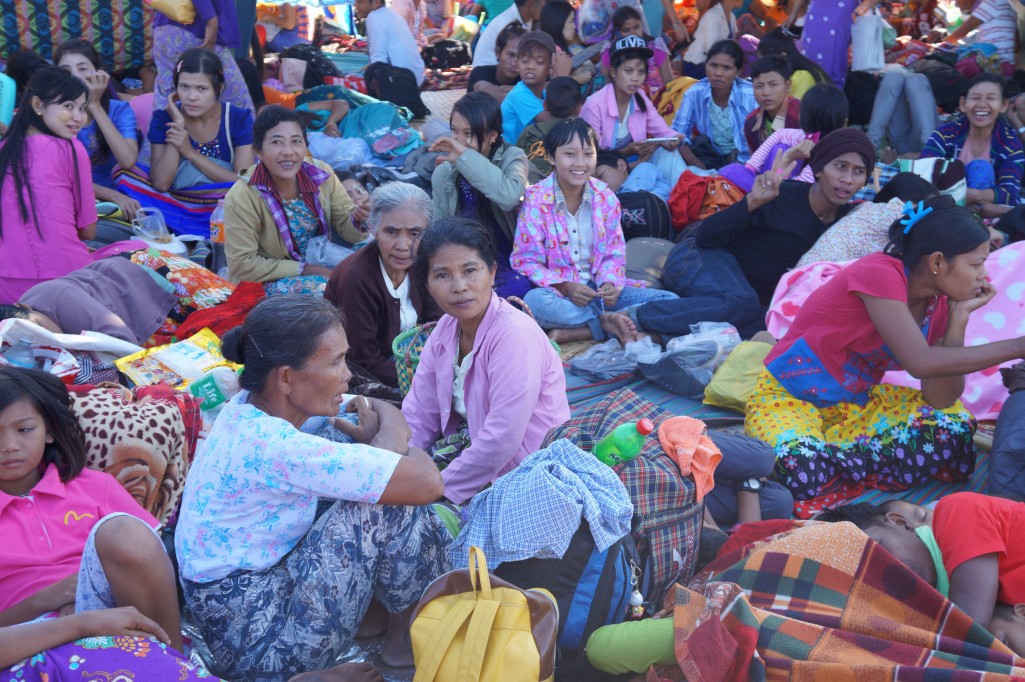
We drop off the mountain like a rollercoaster wedged into a row of seats on one of the trucks. Luckily none of our fellow passengers get motion sickness as it’s a wild and bumpy ride.
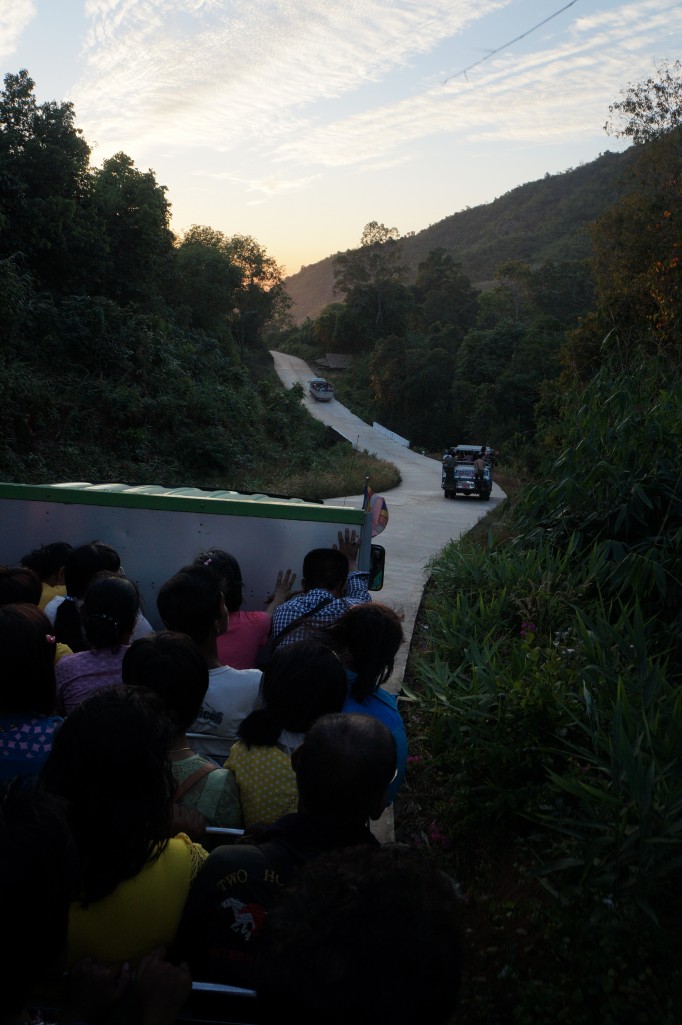
Back in the town, as we settle down to our Christmas dinner of rice and chicken and avocado smoothie, a familiar face arrives. It’s Jens, who we’d crossed the border from India with. We’re also joined by two Dutch cyclists making for a great cycle tourists Christmas party.
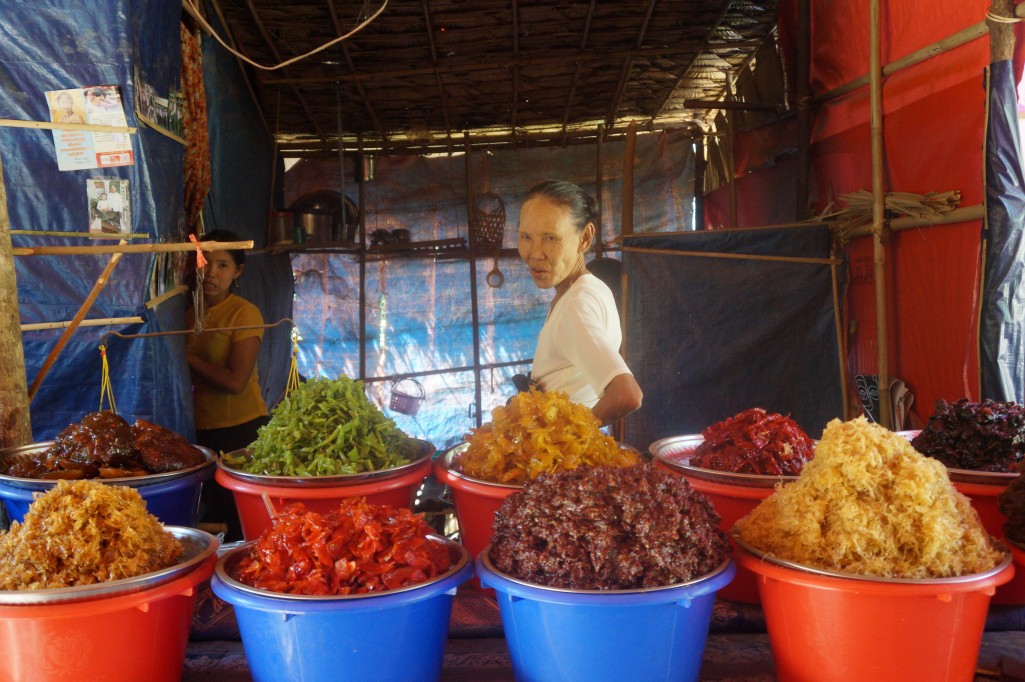
Jens joins us for the following day’s ride. It takes ages to pick our way through the traffic jams as 20,000 visitors try to leave while 20,000 more try and arrive. Tandems and bikes with trailers aren’t very manoeuvrable through traffic so it’s slow progress giving Jens time to have a coffee while he waits for us.
We cross into Karen state, home of the Karen people and the Karen National Union. They have been fighting for independence since 1949 making it the world’s longest resistance. Just outside the state capital, Hpa’An we pull into a small riverside town and find two more familiar faces. Morgan and Poreh, the two French backpackers who also crossed the border from India are there, completing our reunion. We all share stories of adventures over the last 3 weeks with the others having a few troubles with officious immigration officers. It seems we really have been lucky not to have been moved on or made to stay in hotels.
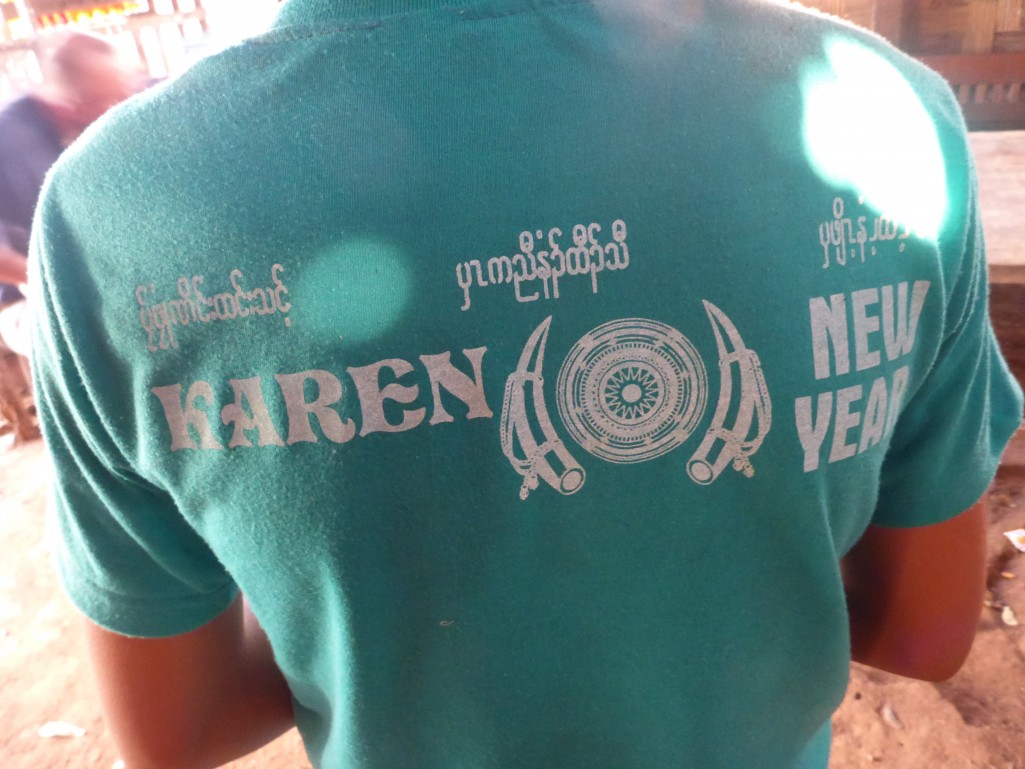
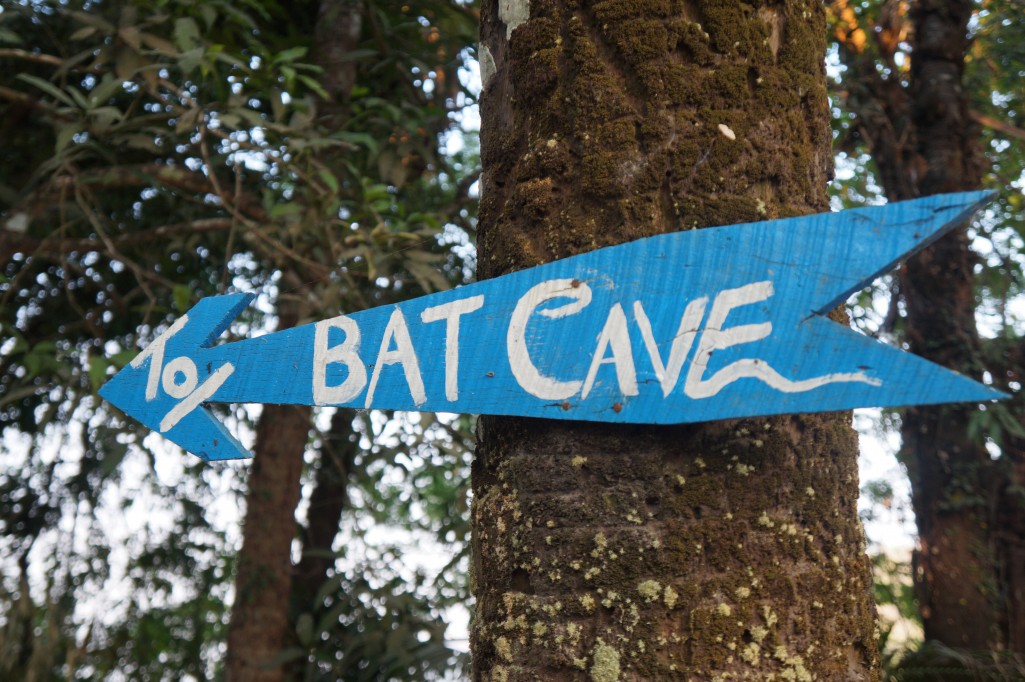
We all make our way through the grounds of a temple, following signs to ‘The Bat Cave’. As the sun sets there’s an increasing sound of flapping and then suddenly thousands of bats emerge from a cave part way up the cliff face. The cloud of grey and black wings pours out over the river and swirls up into the sky for 20 minutes. There must be hundreds of thousands of them and this amazing spectacle takes place every evening. Hungry eagles swoop down and pick off a few of the stragglers but there’s safety in numbers for most of them.
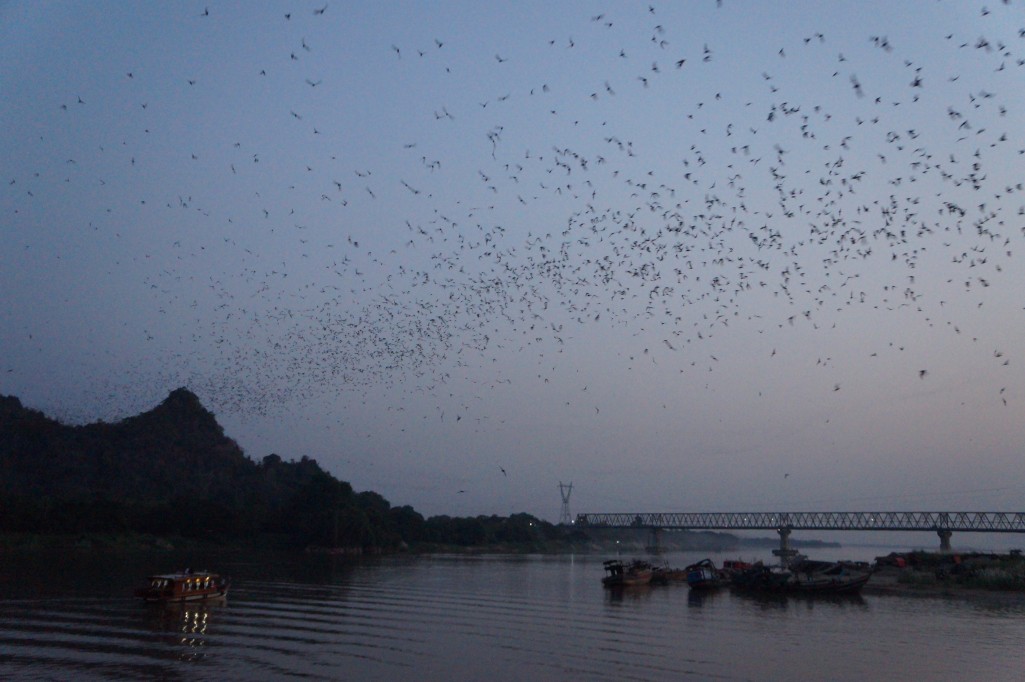
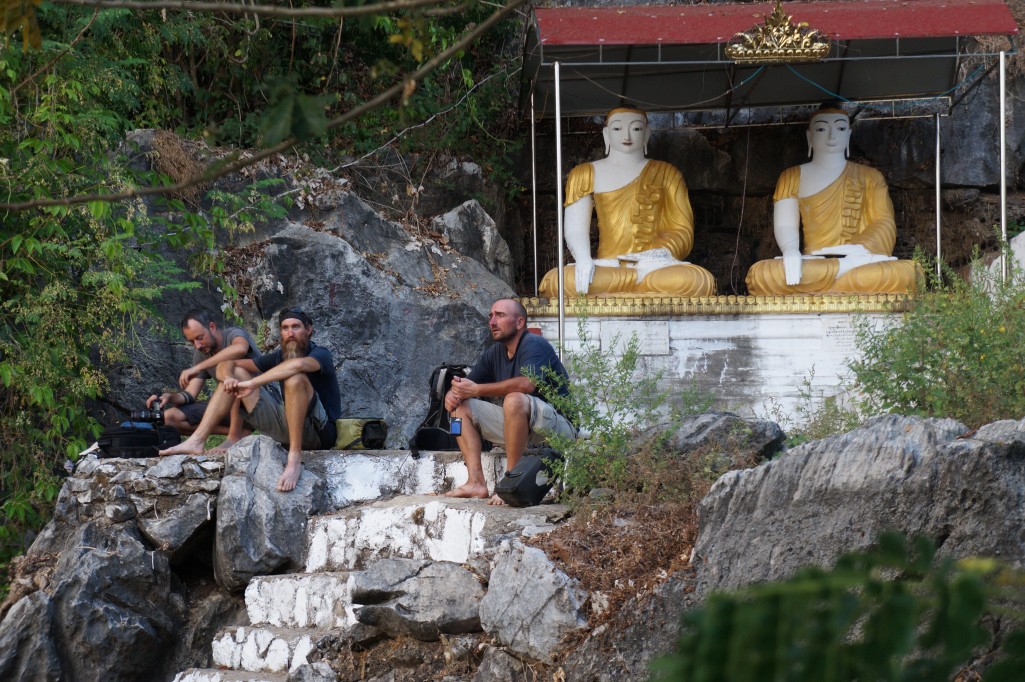
We then part company with Jens, Morgan and Poreh, who head off to a guest house and have Thailand in their sights for tomorrow while we negotiate our stay in the temple. The locals say no, the monks say yes, luckily for us the monks win.
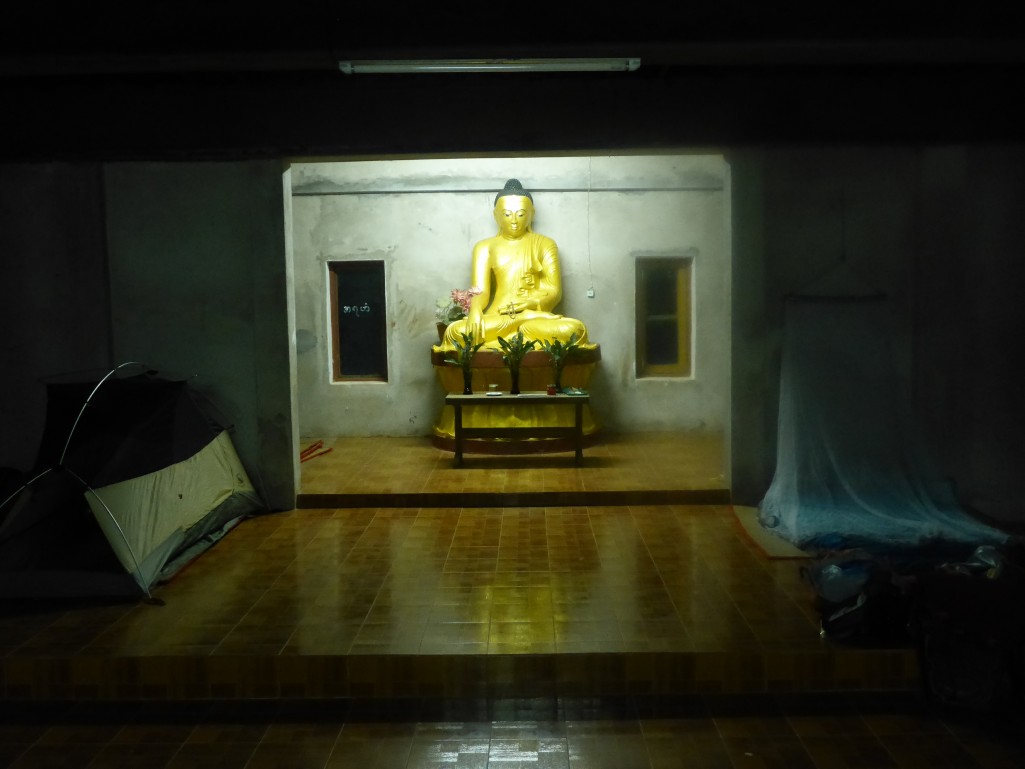
By far the most popular entry and exit point by land into Myanmar is from Thailand at Mae Sot as no permit is needed and its an easy ride/drive from Bangkok. We have time left on our visa and feel like seeing some sandy beaches so prolong our stay by riding south to a border crossing further down. We’ve also heard that New Years Eve at Dawai can be quite lively so we make that our target.
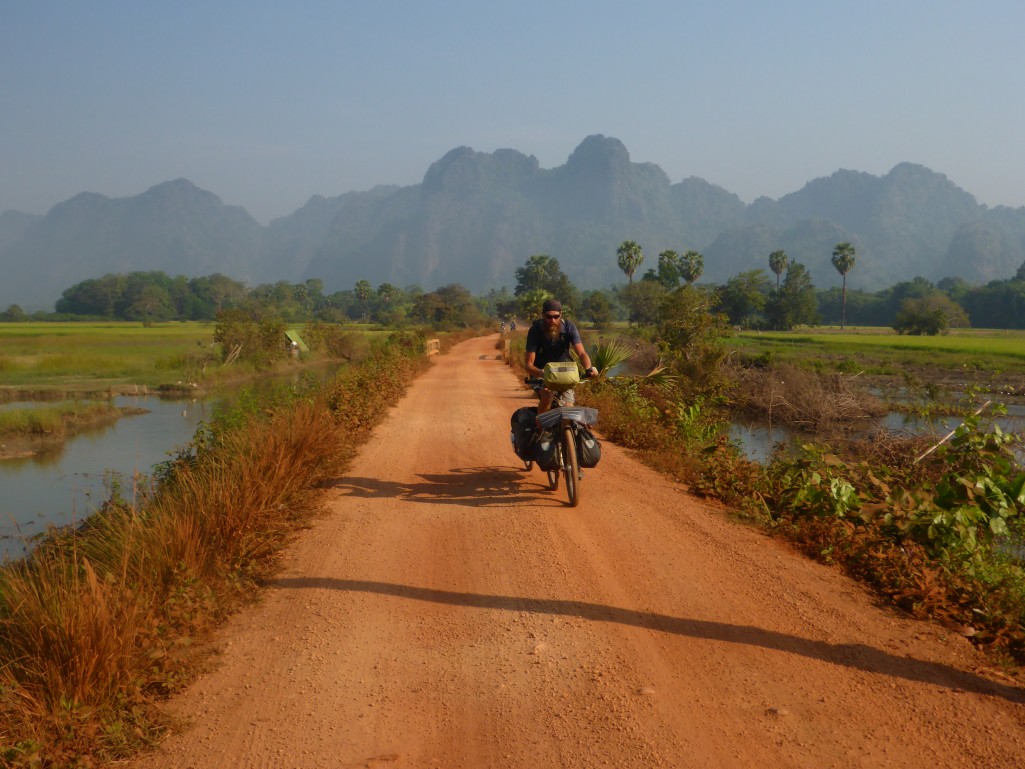
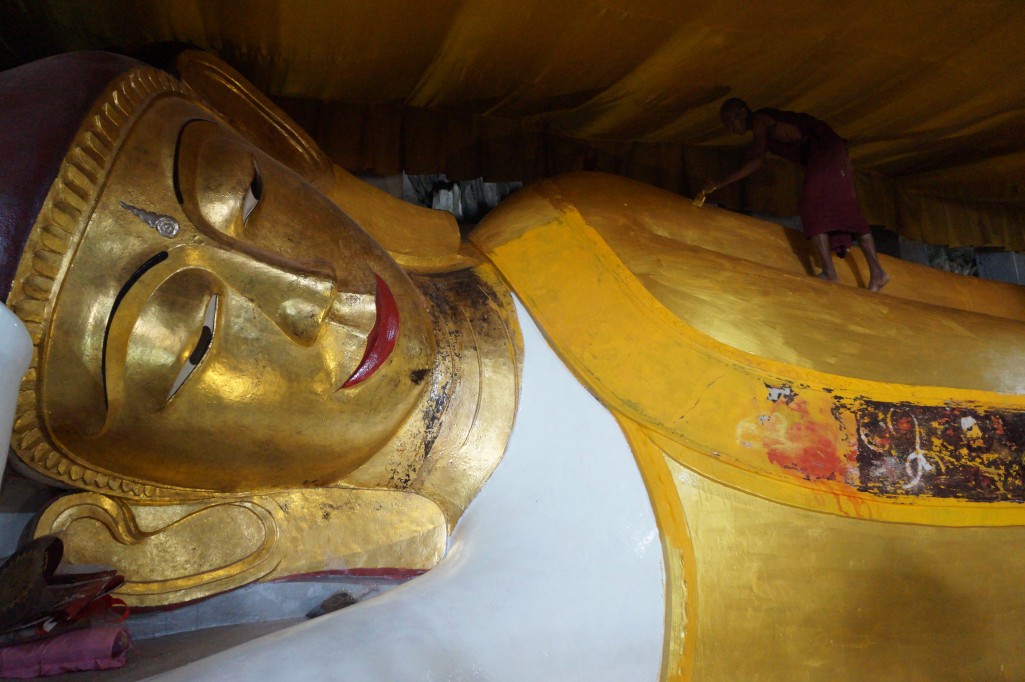
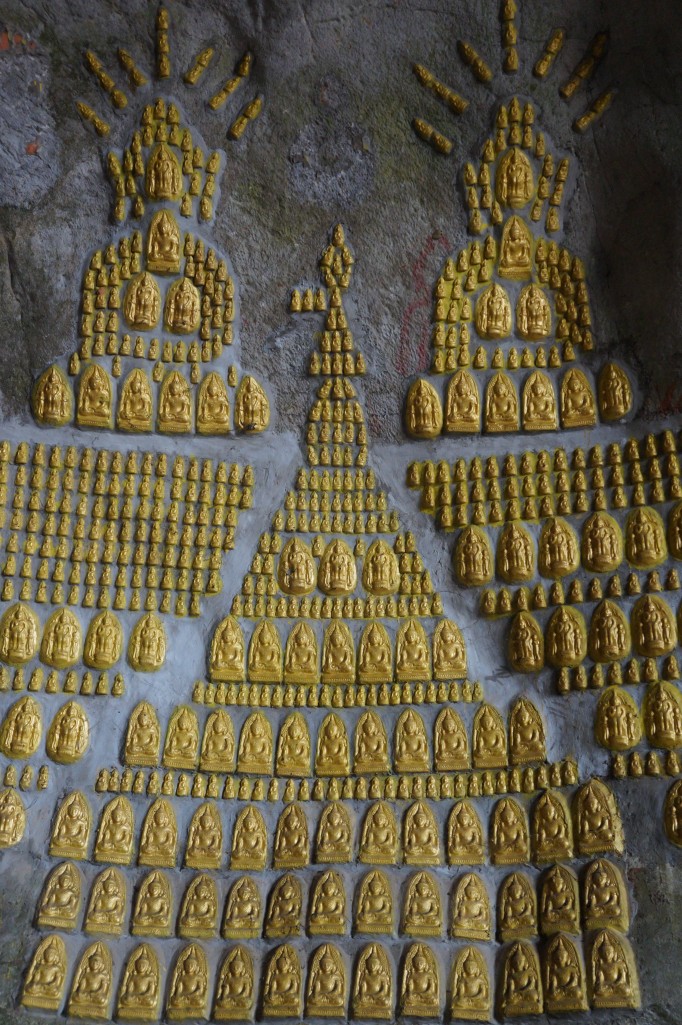
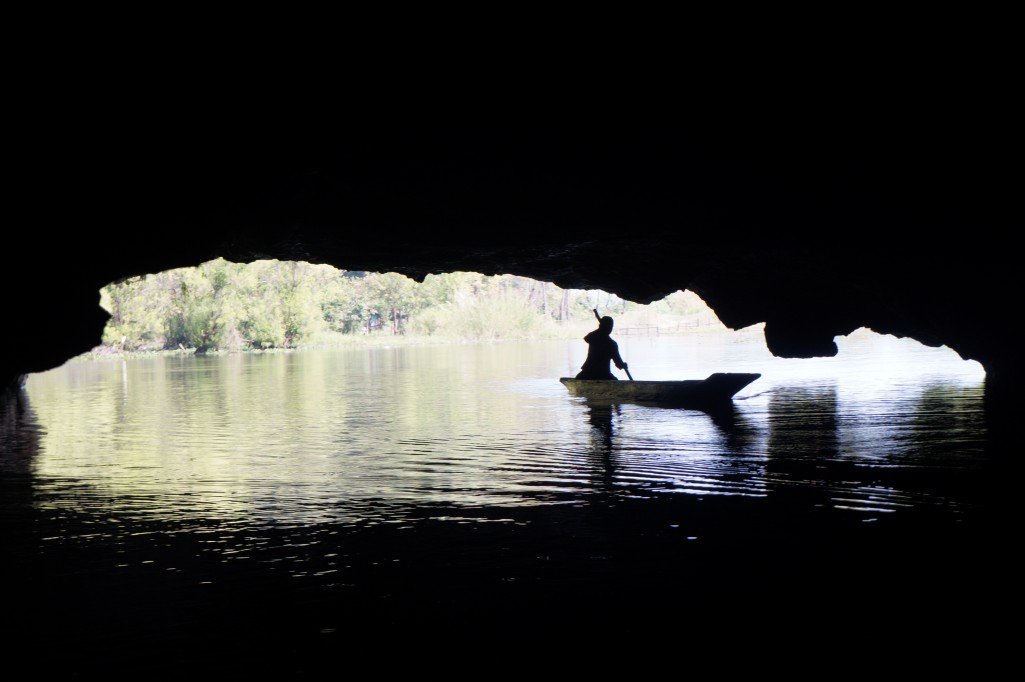
Somehow Myanmar extends in a narrow strip down the coast of the Andaman sea, depriving Thailand of most of the western sea border. The region is more sparsely populated and begins to get hotter and hotter as we ride the rolling road through forests and over rivers. The appearance of an enormous, partially built seated Buddha is no longer a surprising thing to see, he’s everywhere in this country. The building site is already sacred so the workers climb all over the structure in bare feet while inside there are hundreds of small statues overseeing the work.
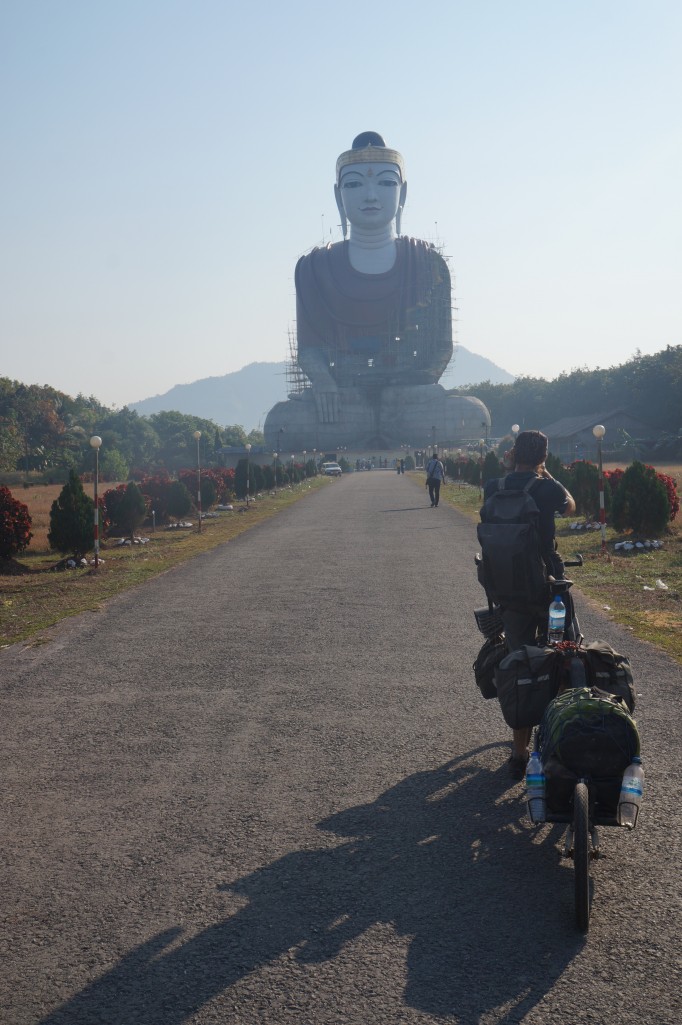
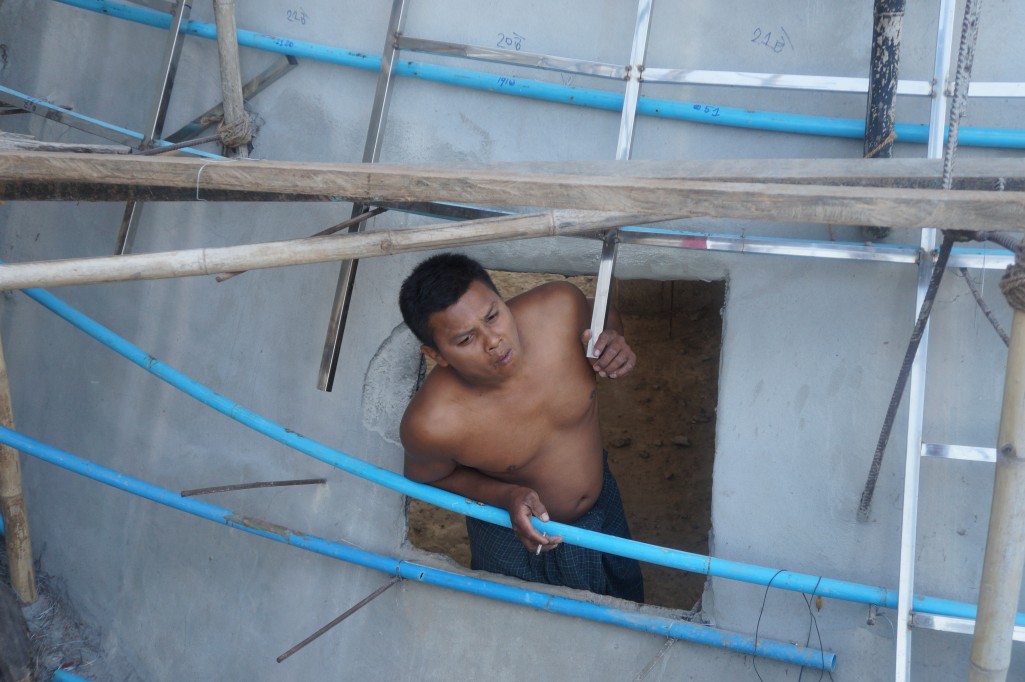
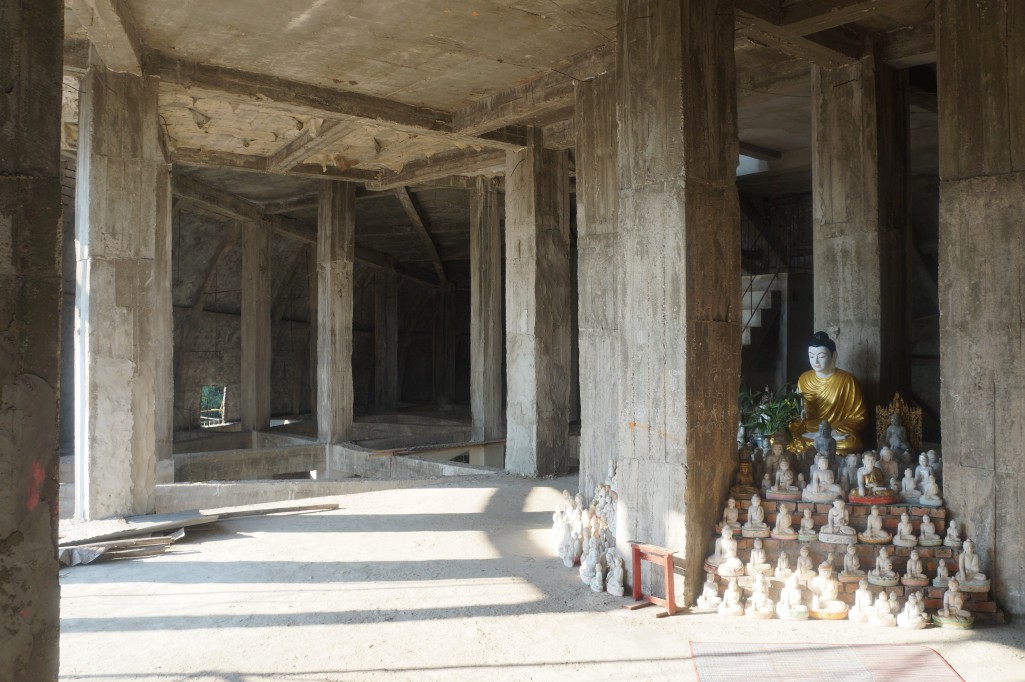
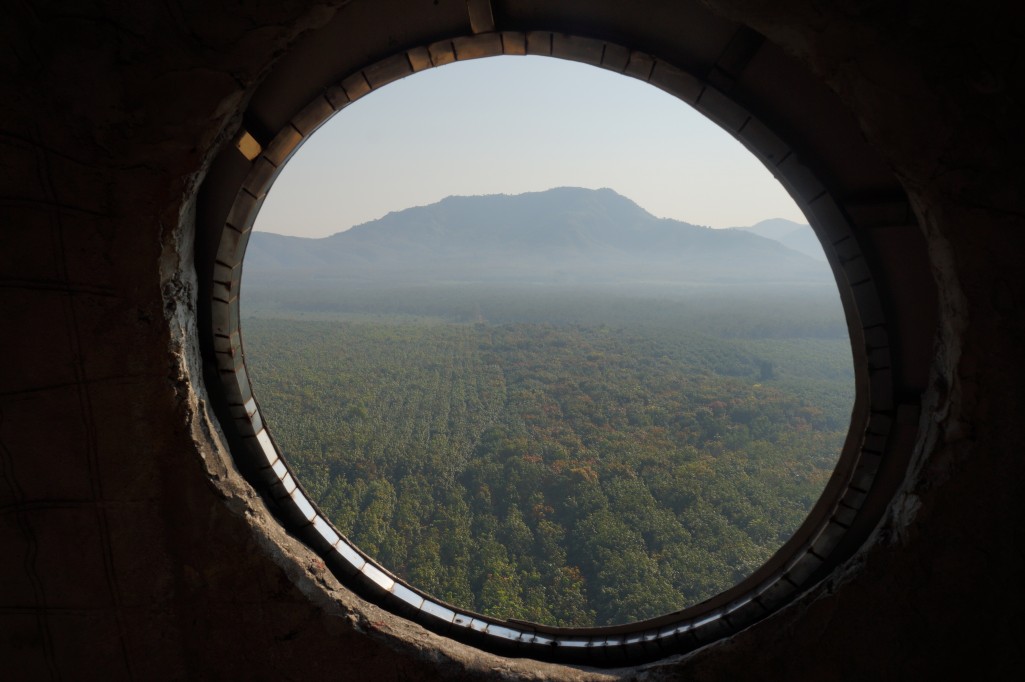
That evening we have our first and only two rejections in quick succession with one set of monks giving a straightforward “no” to our accommodation request while another tells us they don’t allow women to stay. A proper bed in the nearby hotel feels like an unnecessary luxury but the absence of the early morning bells and broadcasts is more welcome. Being close to the border the army presence has increased and on the wall of one base there’s the ominous slogan “Move, Shoot, Communicate”. This could be the reason for the extra caution by the monks.
As we continue we cross the famous Saigon to Rangoon railway line, also known as the Japanese Death Railway due to the number of prisoners of war that died building it. The people we meet are more surprised to see us in this less visited region. Their English amounts to one simple phrase: “Hey You!” and we hear it shouted at us dozens of times each day.

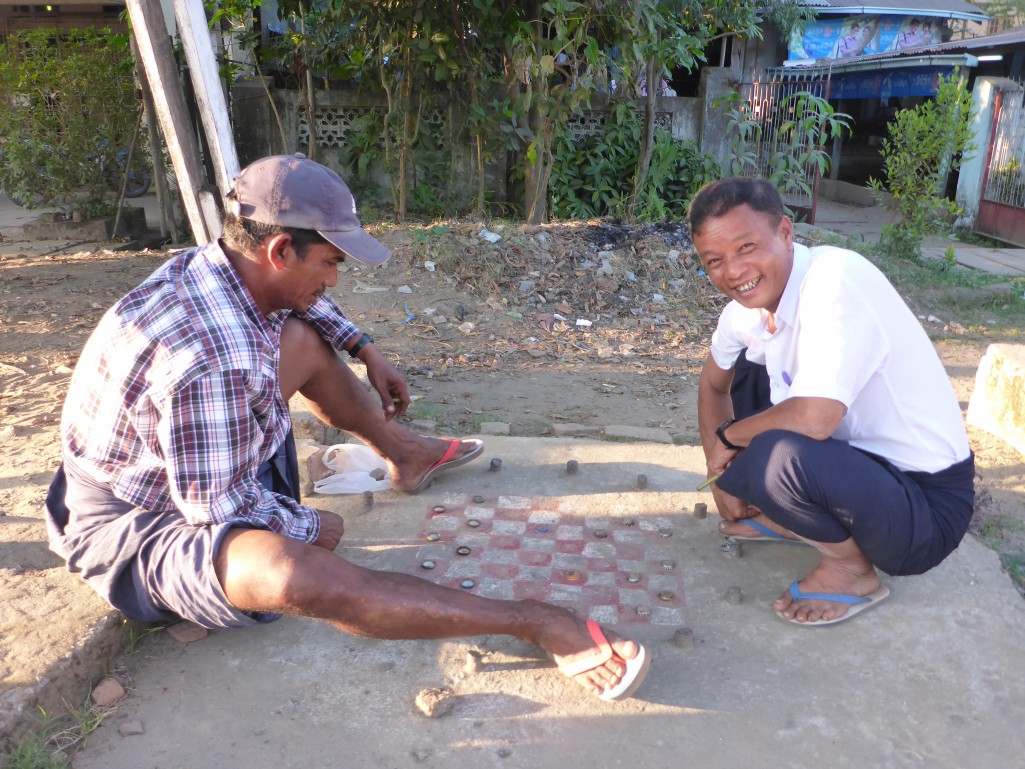
After an evening in a rural monastery we’re woken by a gong being rung directly above our heads. It’s been raining but still very muggy. The monks send us off with cakes and ‘M150’ energy drinks onto a road through bamboo plantations while the side of the road is lined with drying betel nuts.
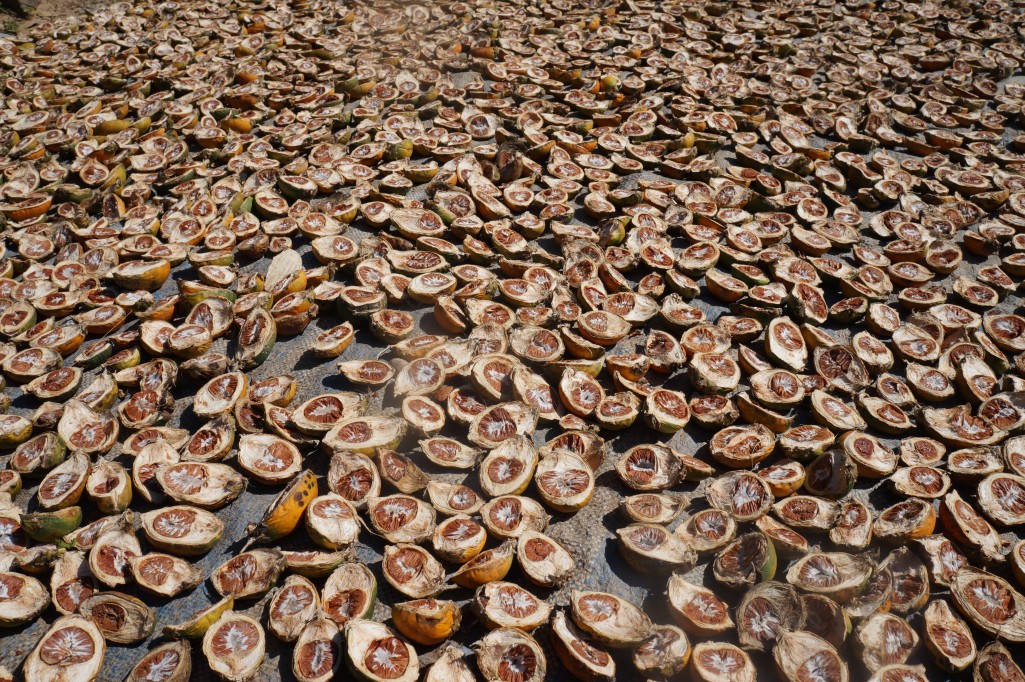
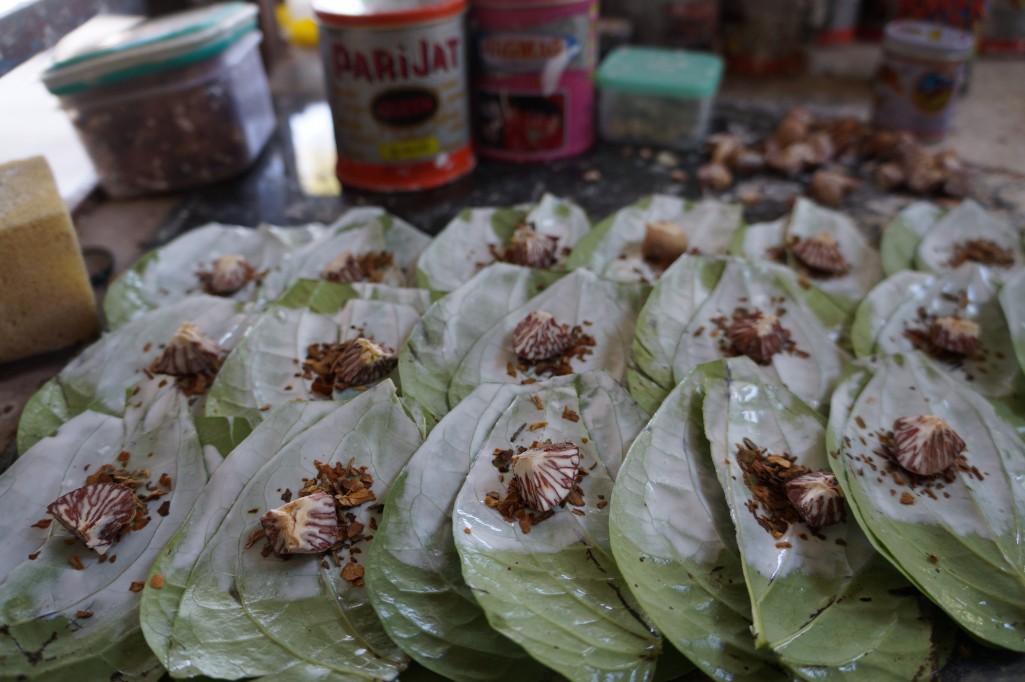

A rough climb takes us up and over into Tanintharyi, the most southern state, but the bumps have taken their toll. Our front panniers are cracked near the hooks so have to be secured with bungees. Max’s rear rim has cracked with no solution other than to ride gently and hope it lasts until Bangkok.
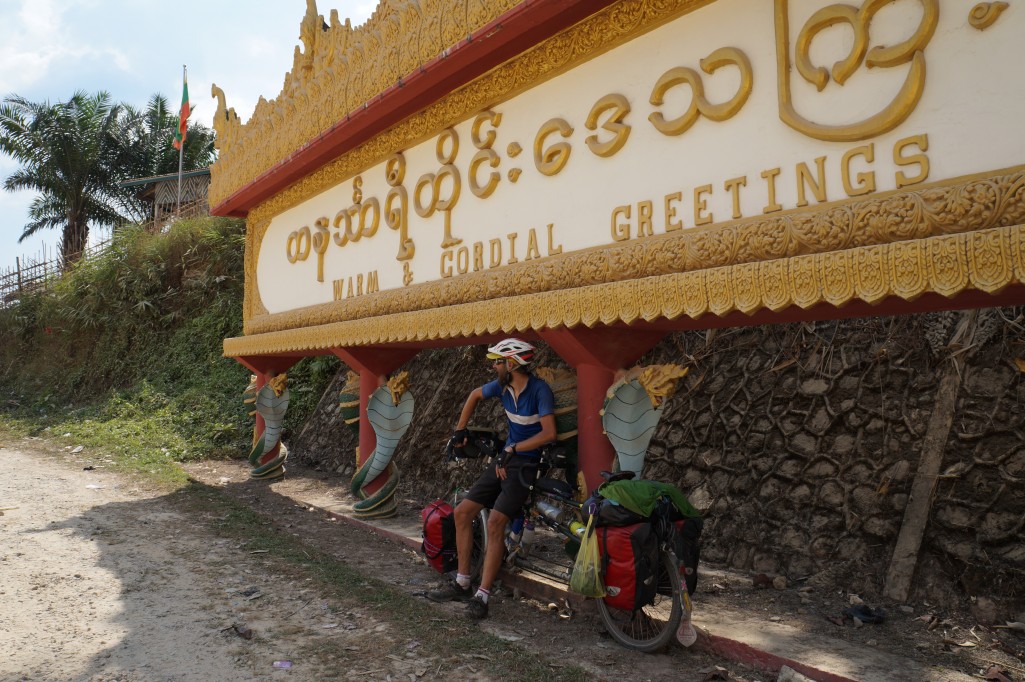
It’s another day and a half before we reach Dawai and then the coastal town of Maungmagan. Having been away from the sea for so long it’s a wonderful feeling rolling up to the palm lined beach and running over the sand into the warm sea. We come from an island country so the sea will always have a special meaning to us. As an Austrian, Max is more of a mountain man so just sees the water as a barrier.
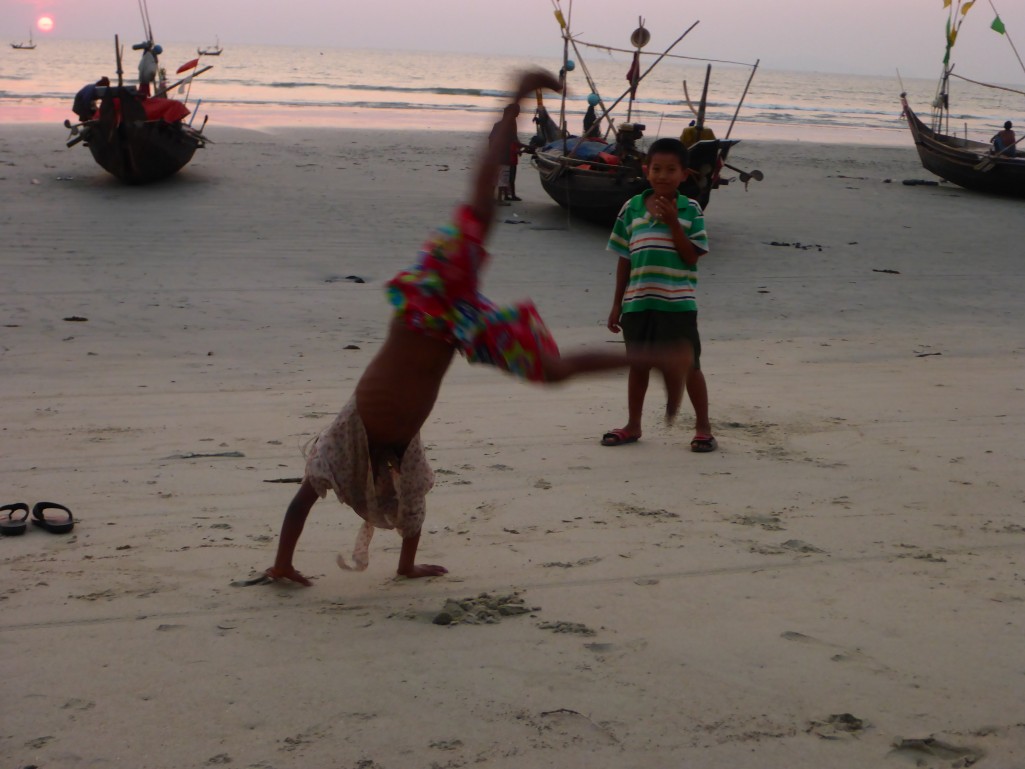
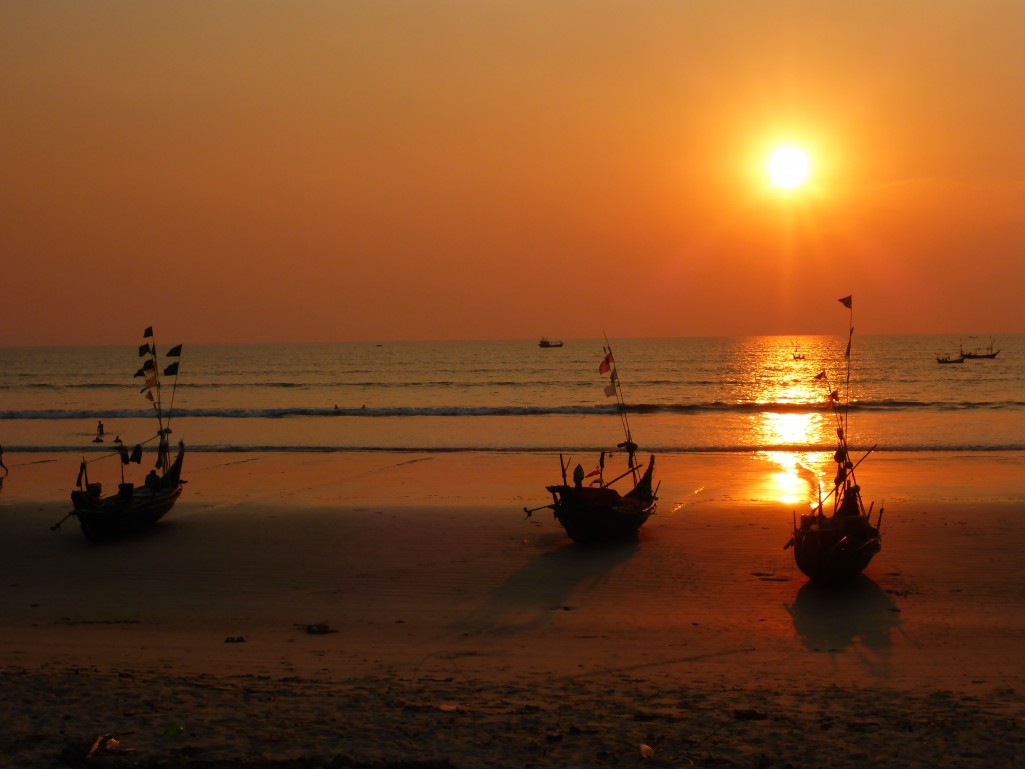
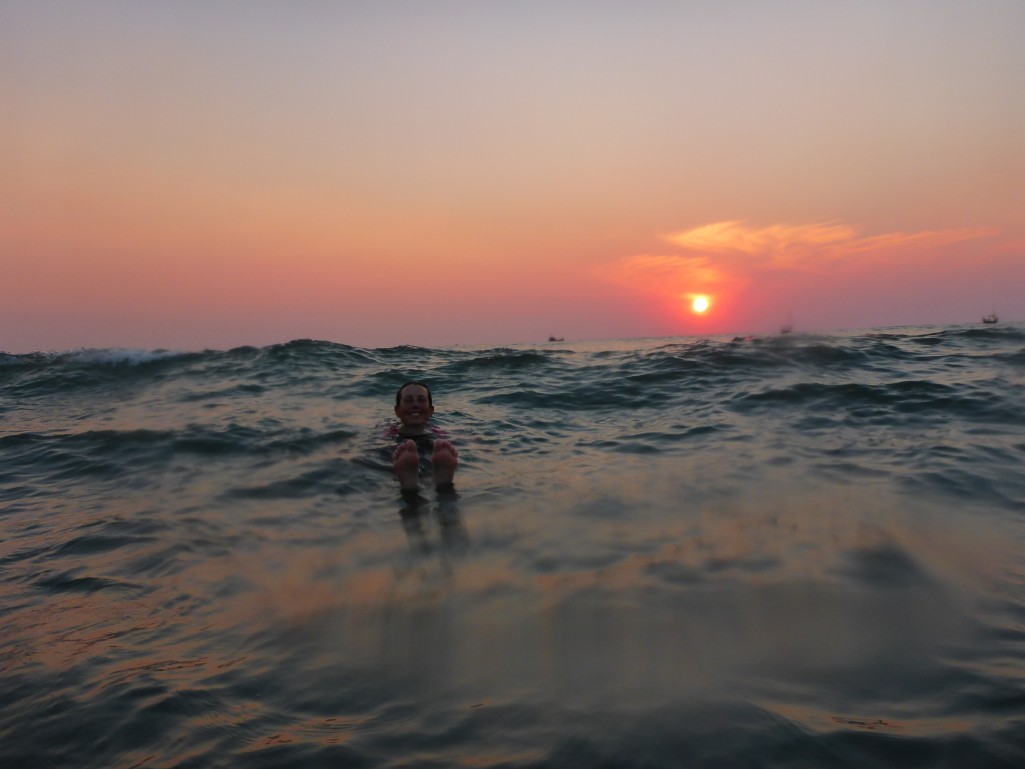
We stay for two nights, camped out in an old fishing shelter, drinking coconut juice and getting our fix of sugar (co)cane. Kirsty has a puffy eye and both Max and I have had upset stomachs so the rest is much needed.
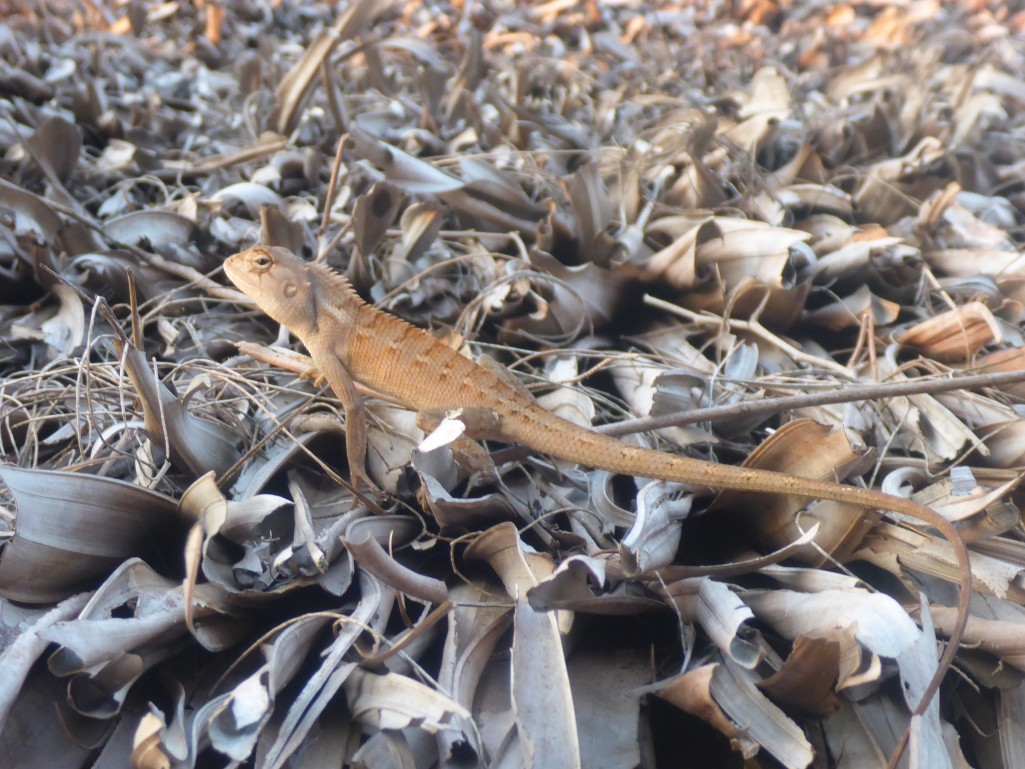
We’ve made it in time for the New Year celebrations which build through the evening as more families arrive and set up picnics and fires on the beach. At midnight the sky lights up with fireworks and huge paper lanterns float out over the water. The party goes on for most of the night and first thing in the morning the strangled sounds of karaoke can still be heard in the distance.
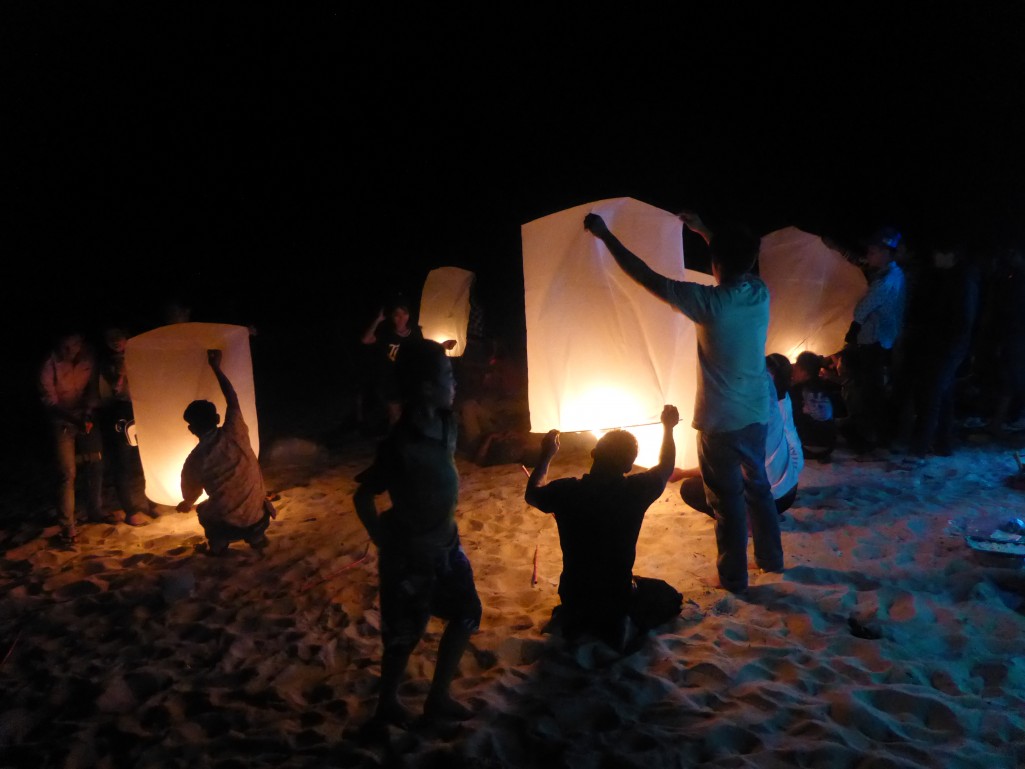
There’s now just 150km left before we cross into Thailand and we give ourselves 2.5 days so as to ease ourselves into 2016. But Myanmar likes to surprise so after leaving Dawai the road narrows and is quickly consumed by jungle. After a precarious bridge we lose the sealed surface on the road and bump over a dusty track for the remainder of the way. But the surface is manageable with caution even with our broken equipment. What is more difficult is the gradient of the hills that now hit us hard and fast. 20%, 22%, 23%, the cranks are set to break at any second!
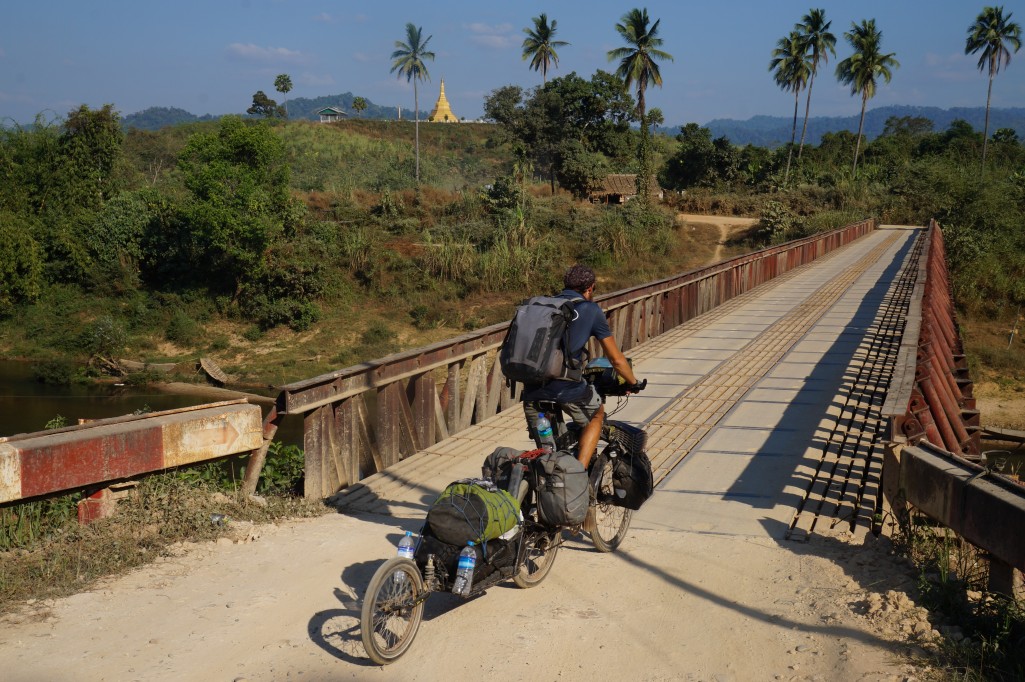
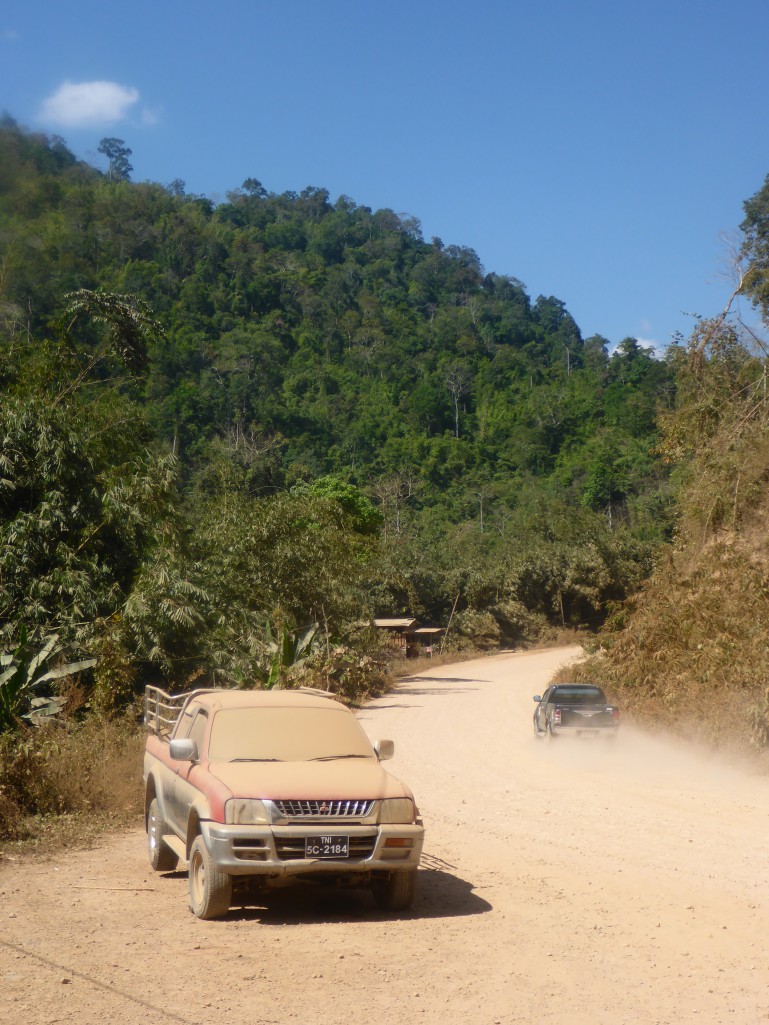
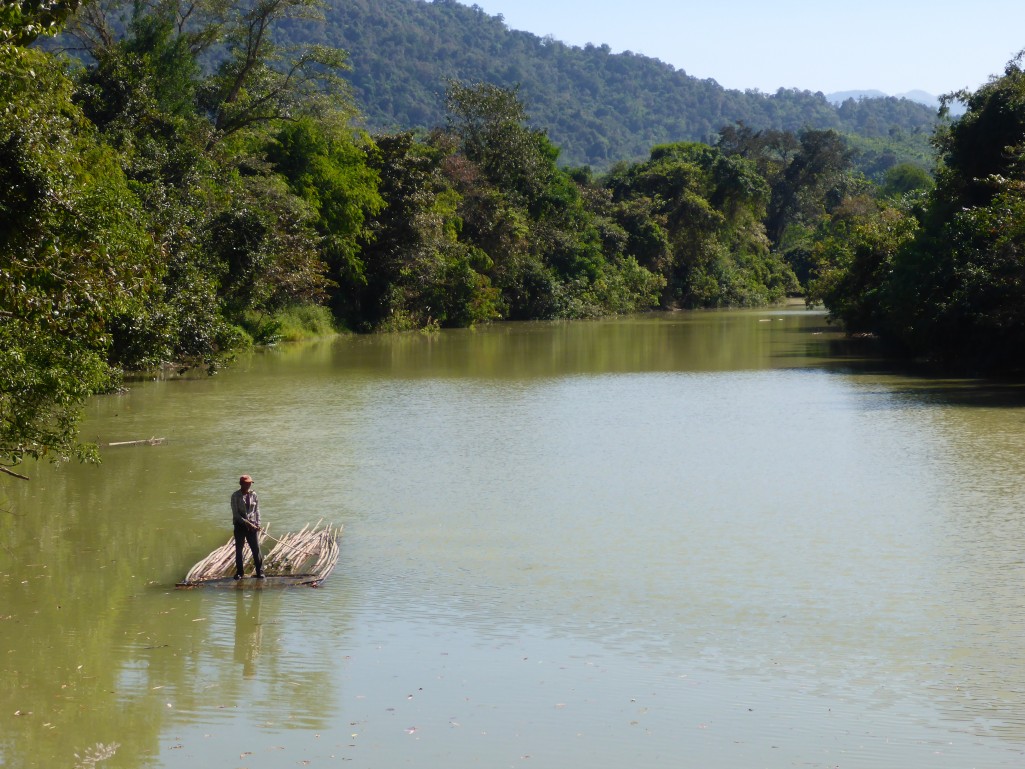
The houses have thinned out with up to 10km between any kind of civilisation. Luckily at the end of the first day we find an army checkpost who agree to let us stay. The soldiers are just boys, bored to tears by their remote posting so seem glad to have some company. We bed down next to a rifle, some ammunition and half a dozen chickens after a swim in the river to clean the dust off.
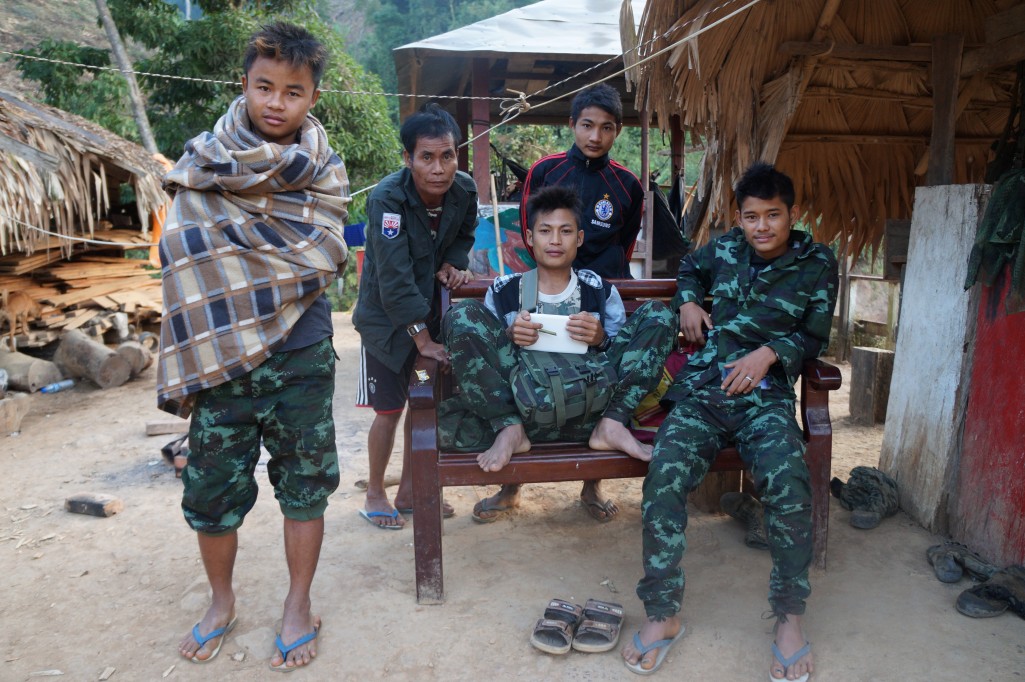
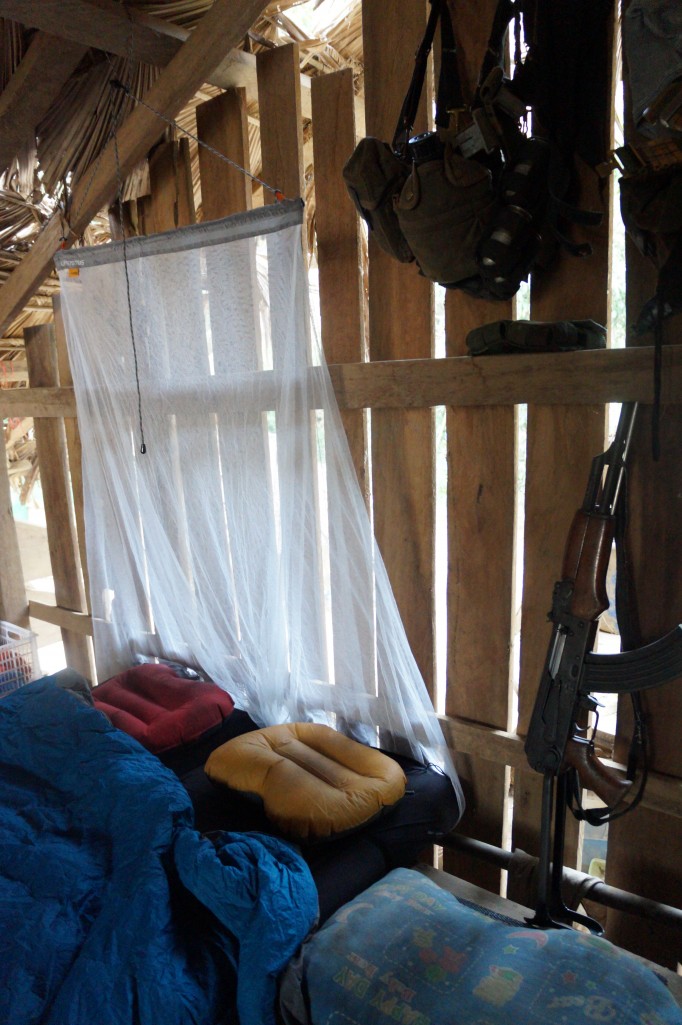
Myanmar really isn’t giving up without a fight and the steep gradients continue the next day. Max now has brake issues so carries more speed down the hills than he would have liked. Luckily for him there are no elephants to get in his way though we had hoped to see some on this stretch.
With all energy reserves running dangerously low we face one last climb at the end of the day and then there it is: the last monastary in Myanmar and as usual appearing with perfect timing when we most need it. It comes complete with cats and some very welcoming hosts who prepare a tasty dinner for their weary guests. Myanmar, we’re going to miss you.
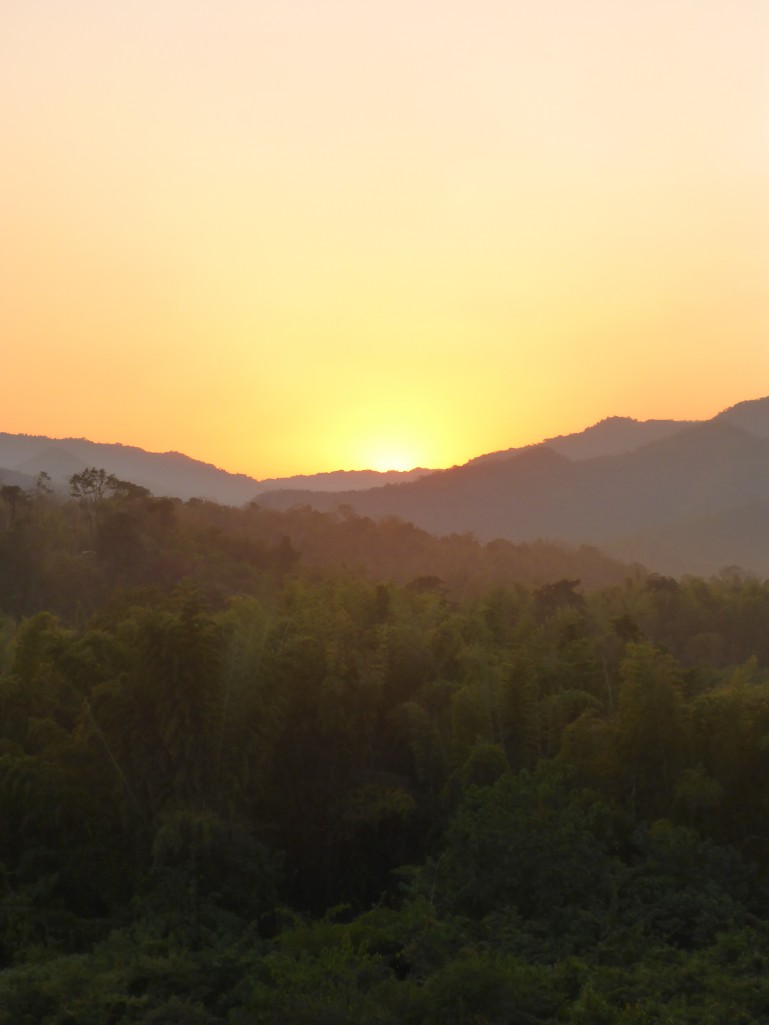
After a final climb in the morning we arrive at the border and are glad that it actually exists (Google Maps shows nothing). Once through the barrier we drop down a hill onto buttery smooth tarmac. Welcome to Thailand!
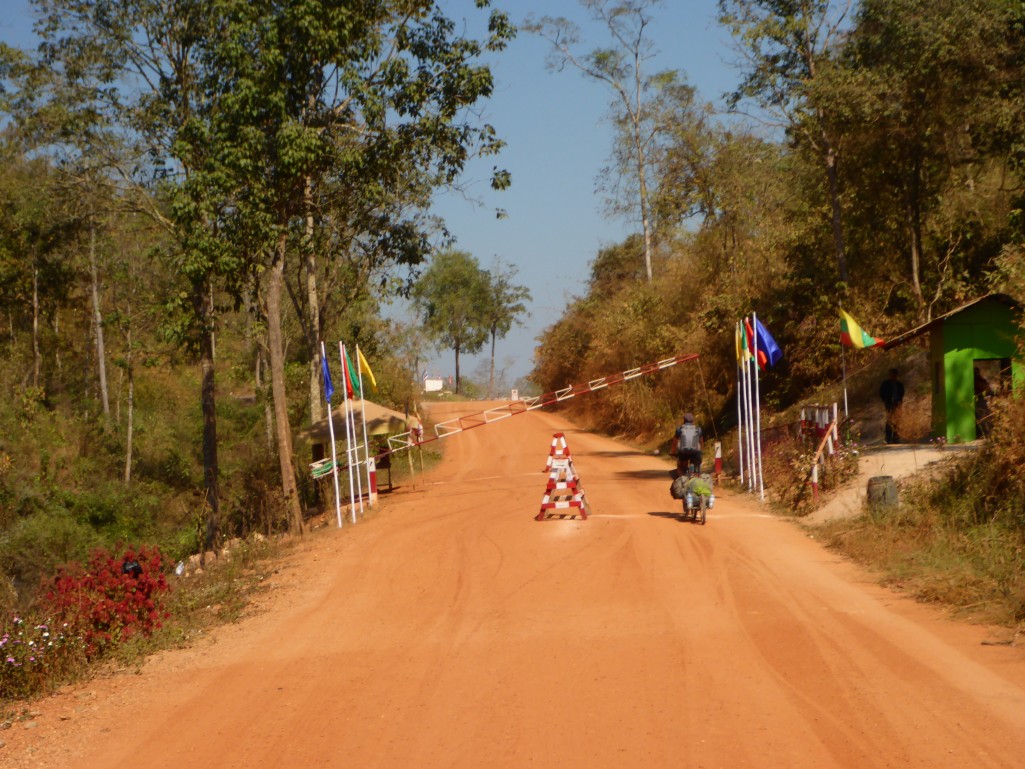
Brits get 30 days visa free in Thailand and somehow Max gets the same, even though Austrians should only be allowed 15. The guard must have forgotten to change his stamp.
Straight away it’s clear that this country was going to be different from most of where we’d been for the last few months. As well as the perfect road surface, there are shiny new cars, 7 Eleven convenience stores selling 10 types of Red Bull, western style clothing. It’s a culture shock in many ways to be somewhere that feels so familiar.
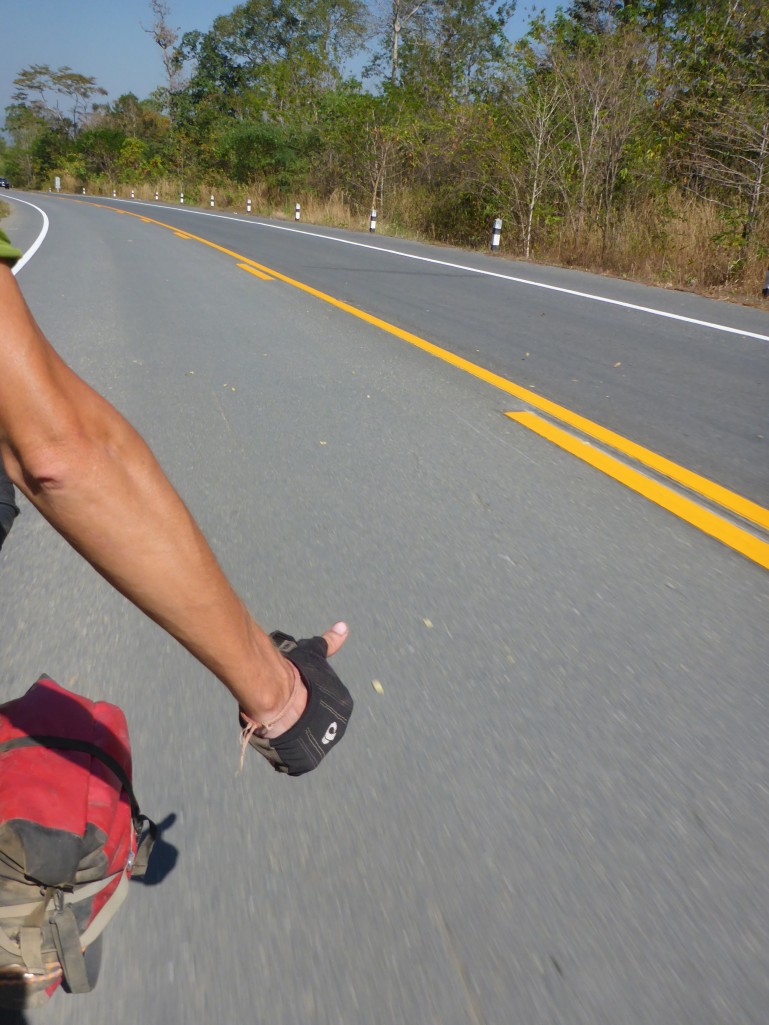
It takes us just over two days to reach Bangkok. On the way we pass Kanchanaburi and the Bridge Over the River Kwai. A luxury train pulls in while we’re there with immaculately dressed passengers climbing off it. Looking from their pressed safari suits to our ragged shorts and t-shirts it’s clear that our travelling experiences have been slightly different. Unsurprisingly I don’t think any of us would want to swap though.
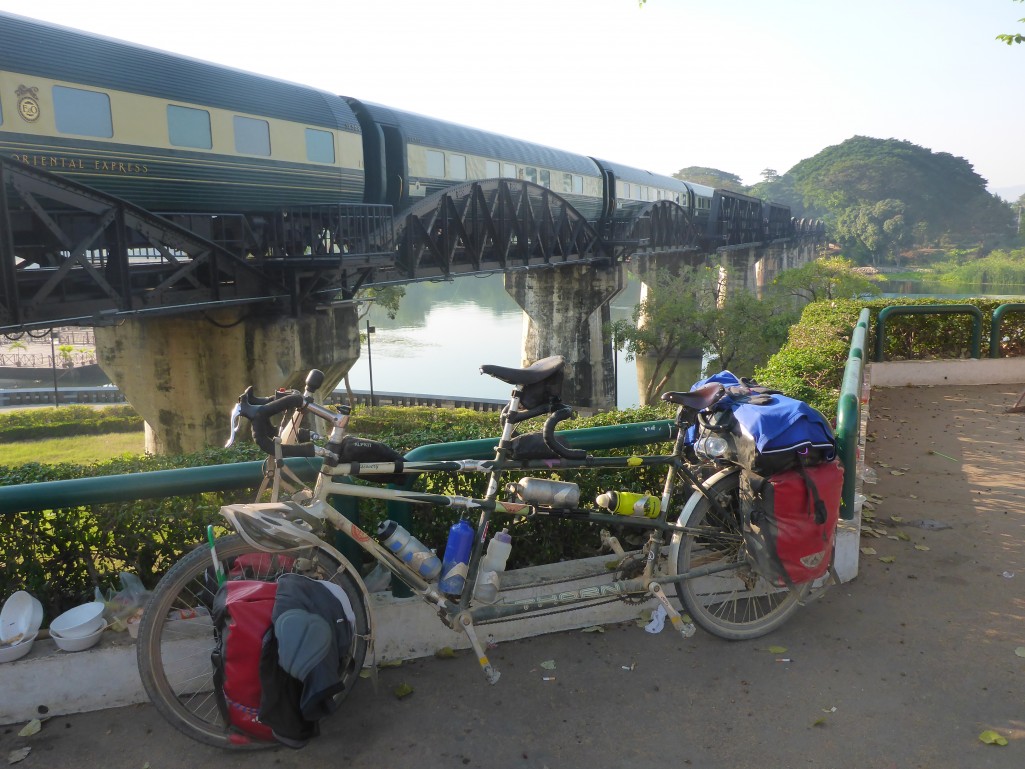
If this little lot wasn’t enough for you, there are loads more in our Myanmar Gallery

